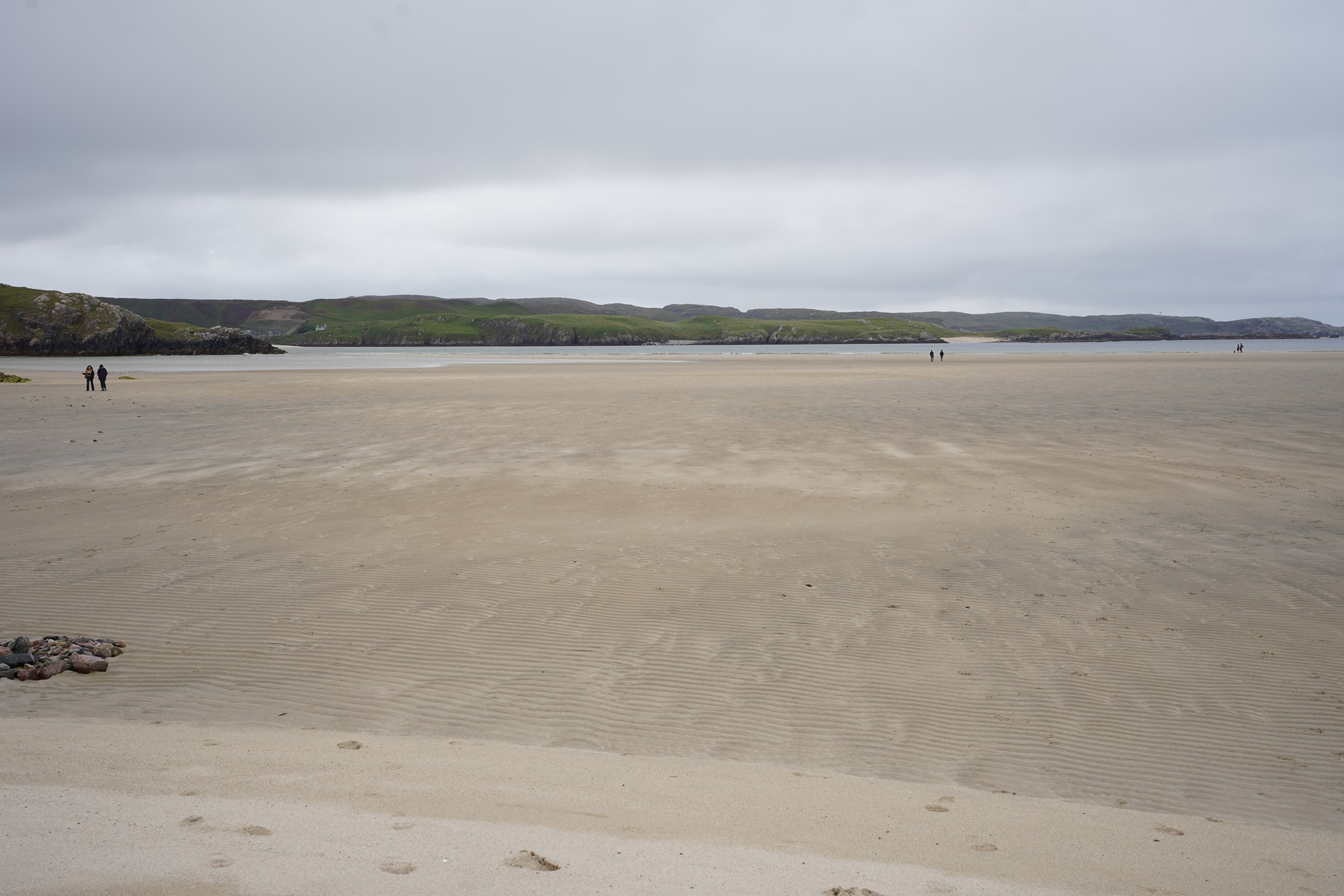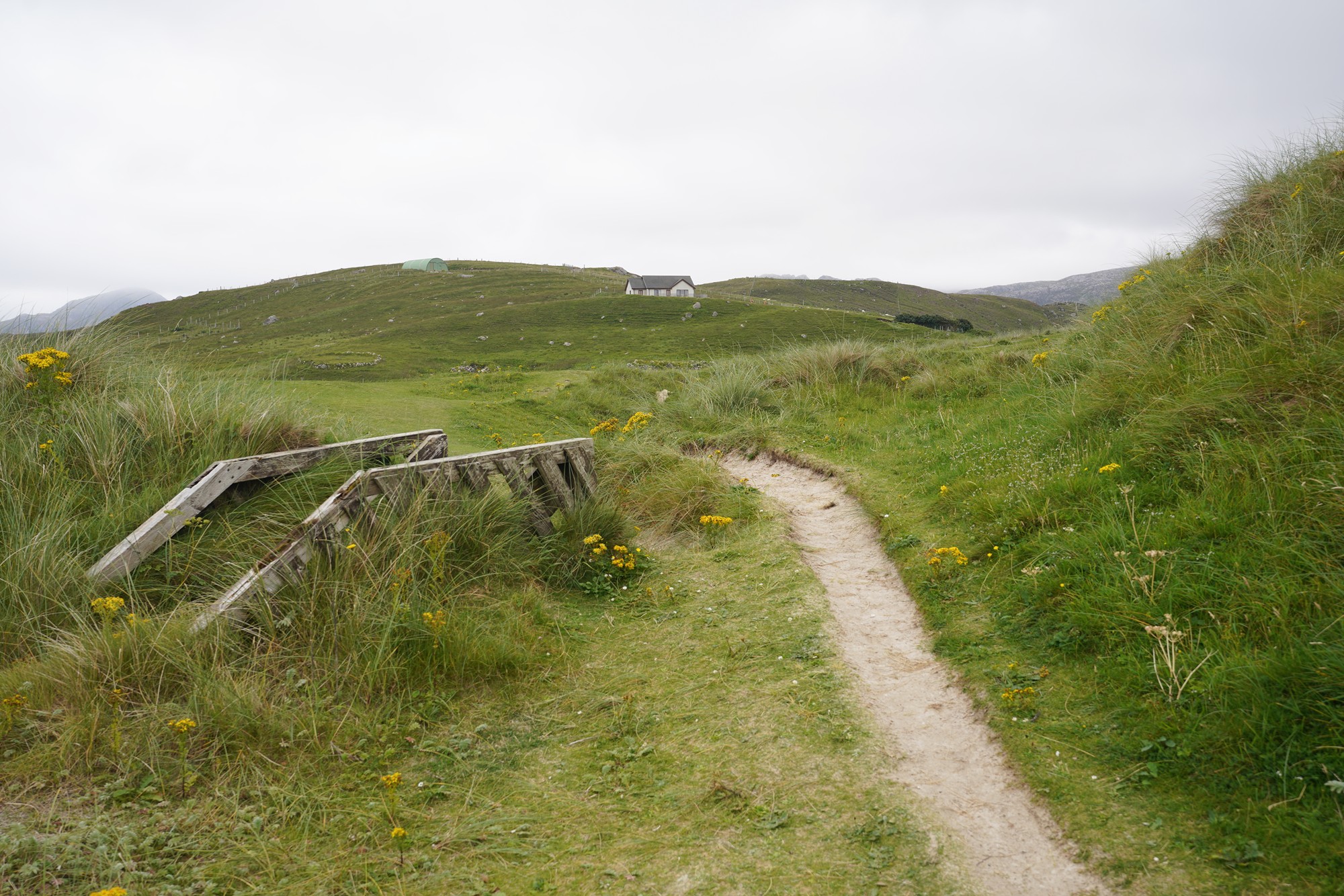Scotland Orkney & the Outer Hebrides Tour – Day Seven, Isle of Lewis
Scotland Tour on day seven was touring the Isle of Lewis. 735
Fairchild Tropical Botanic Garden: 10901 Old Cutler Rd, Coral Gables, Florida, USA
Date Picture Taken: August 2023
The first stop was at the “Blackhouse.”
Blackhouse is a traditional type of dwelling that was commonly found in the Outer Hebrides of Scotland, including the Isle of Lewis. These houses were used by the local population for centuries, providing shelter from the harsh weather conditions of the region.
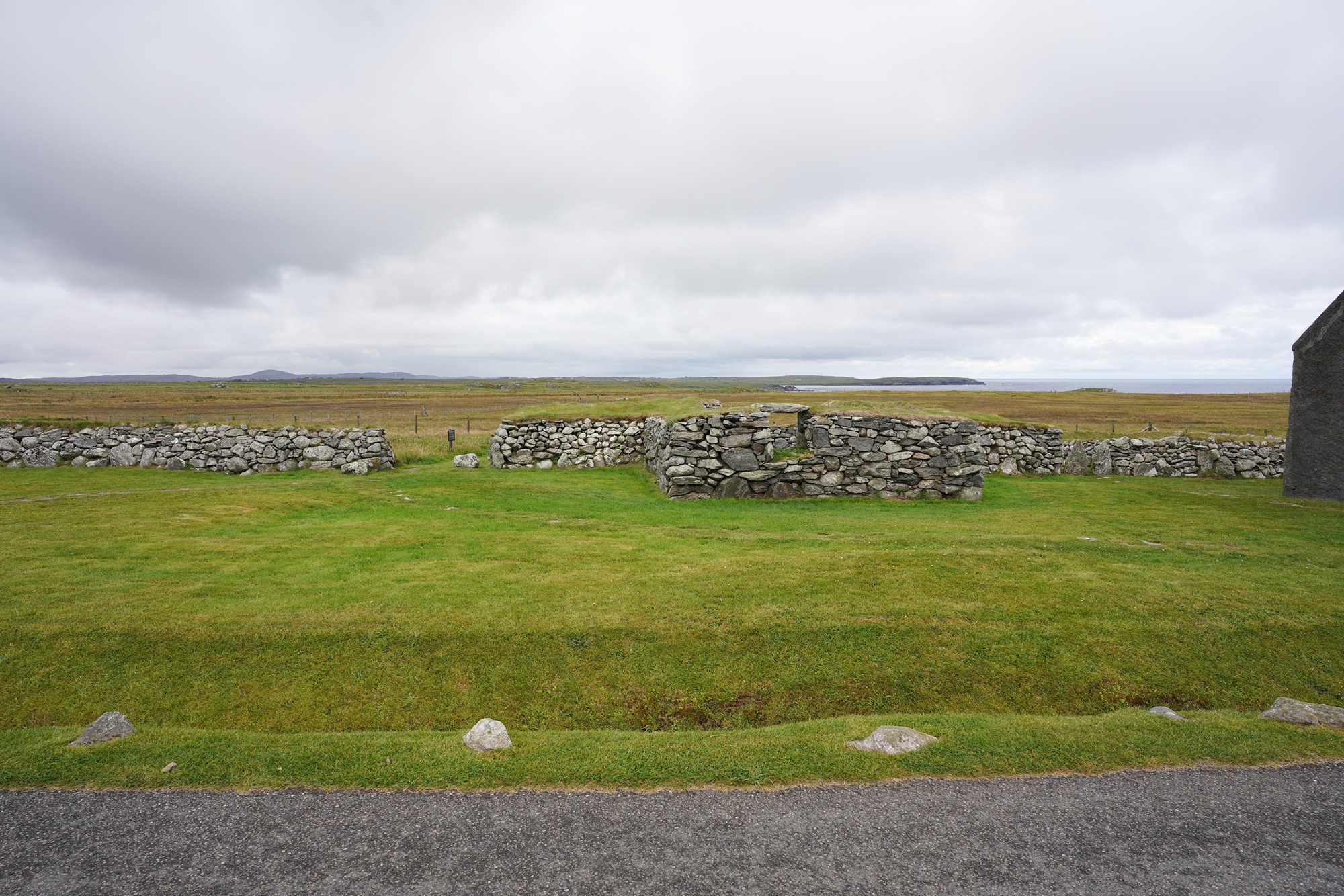
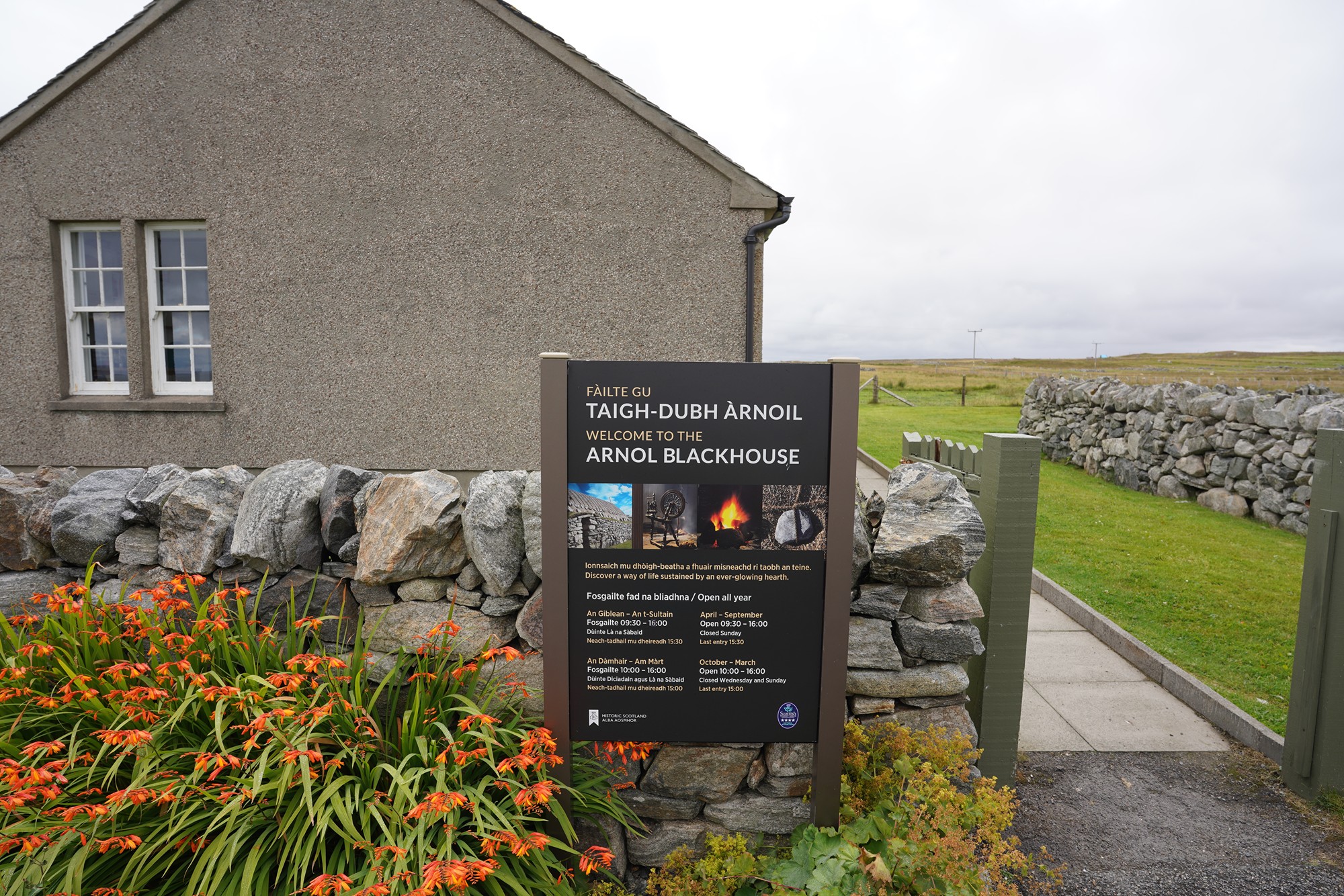
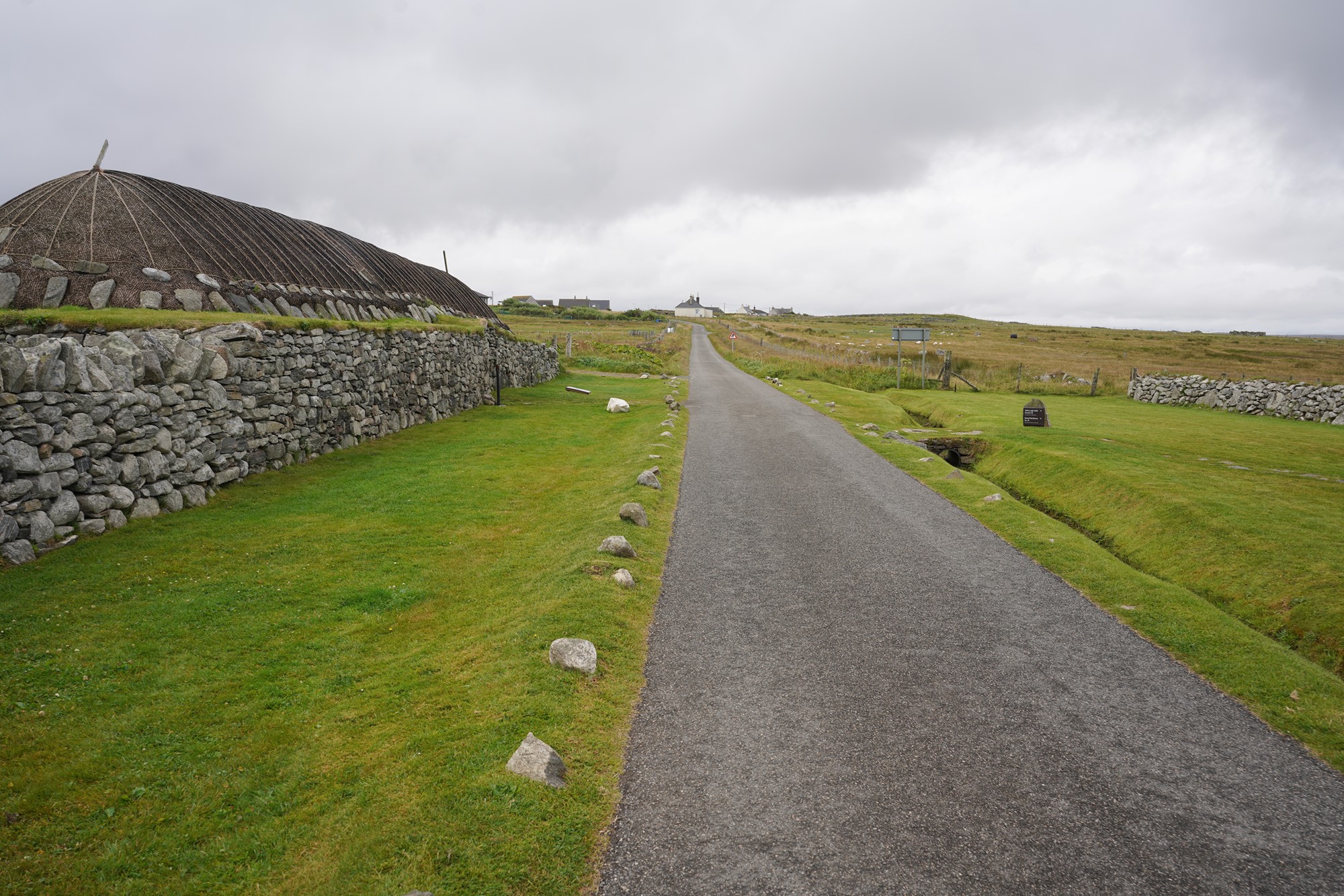
A model of the Blackhouse
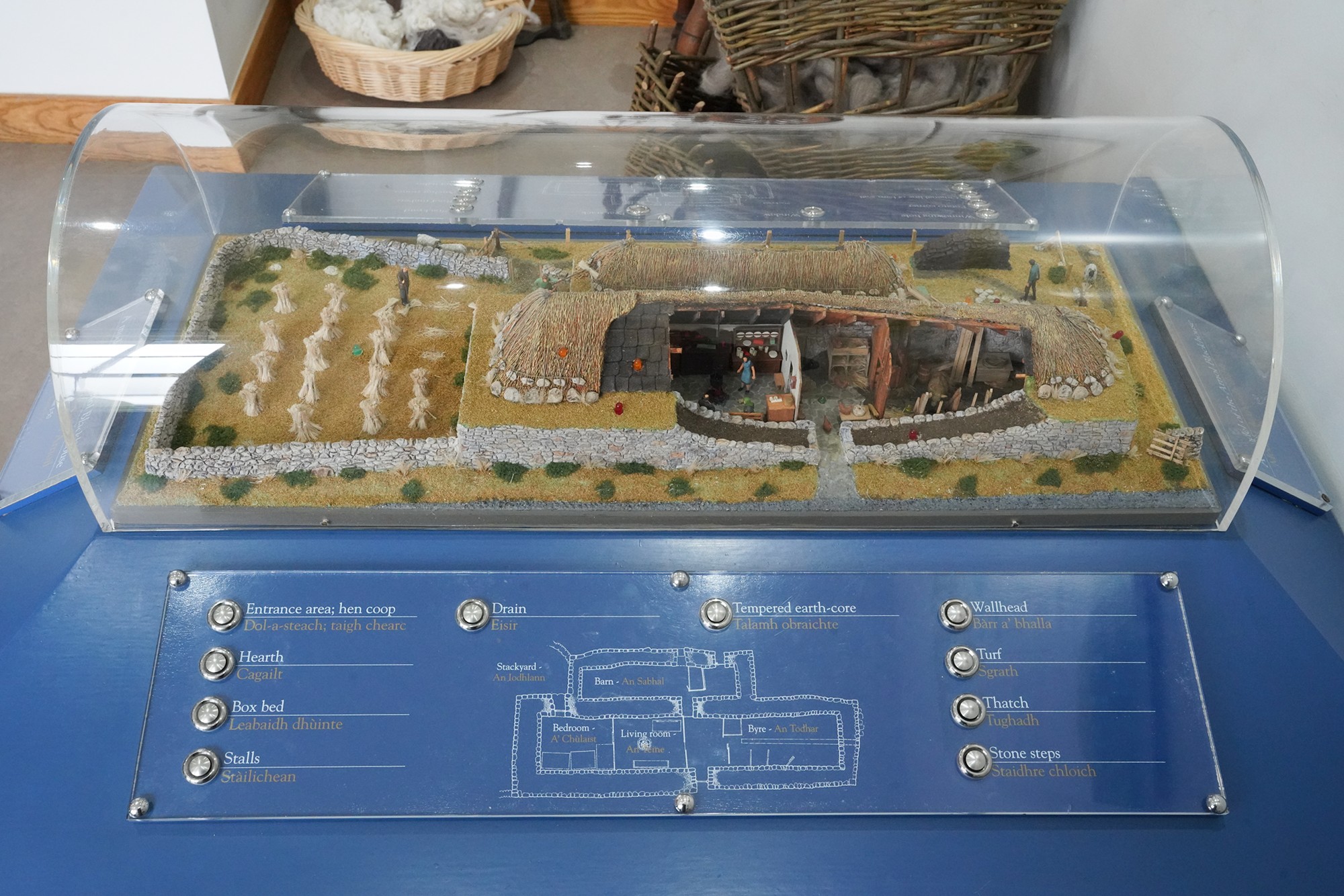
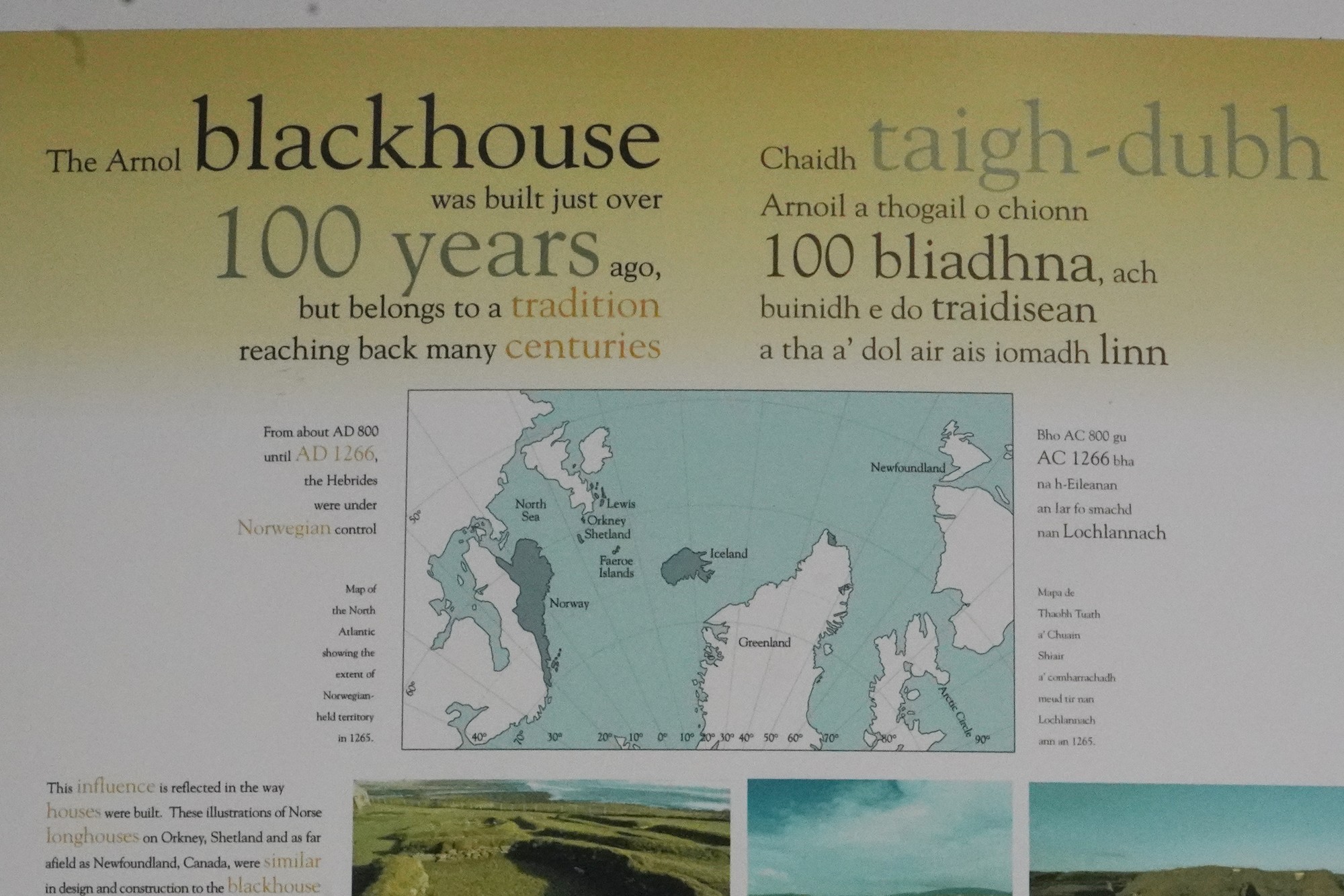
A Blackhouse
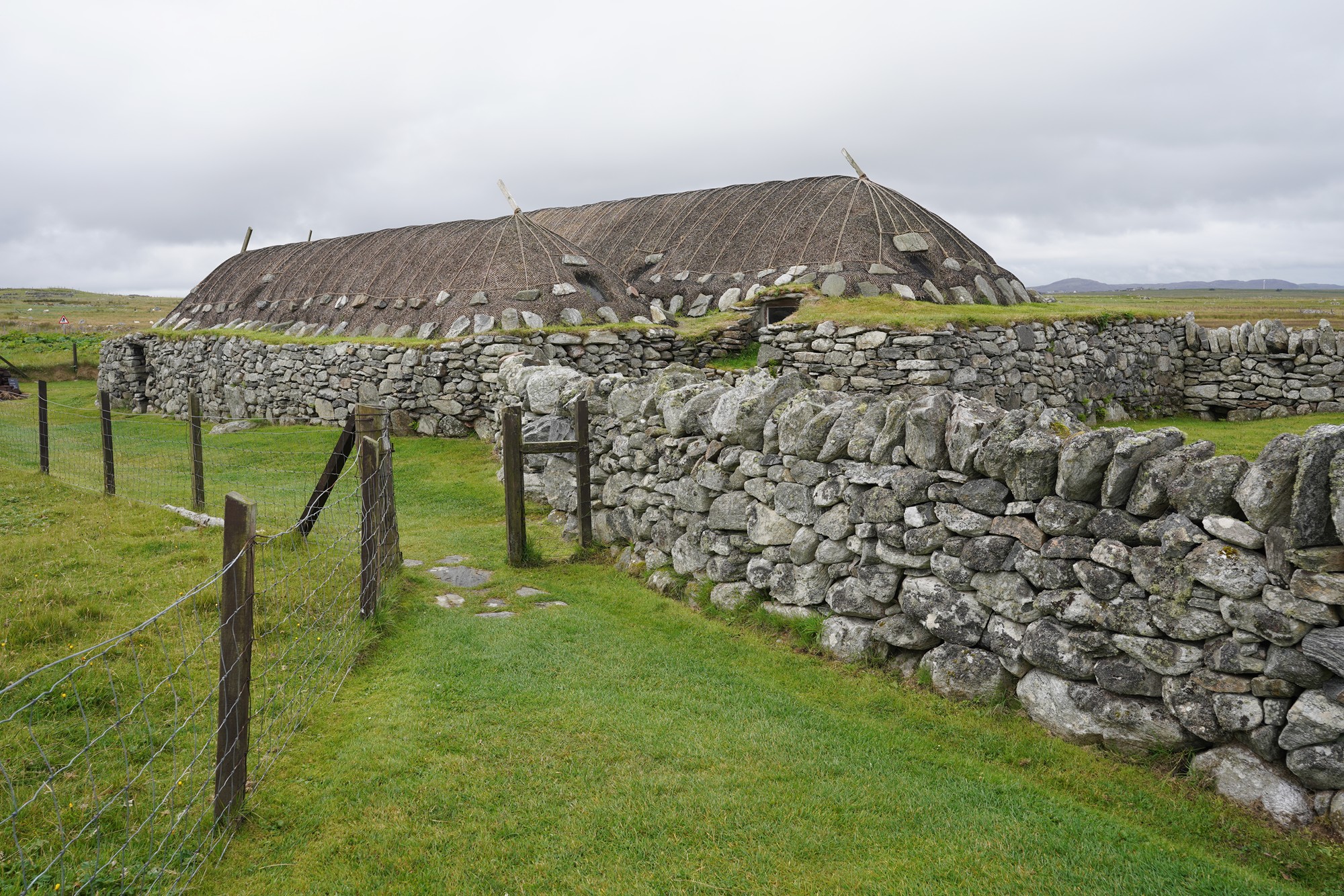
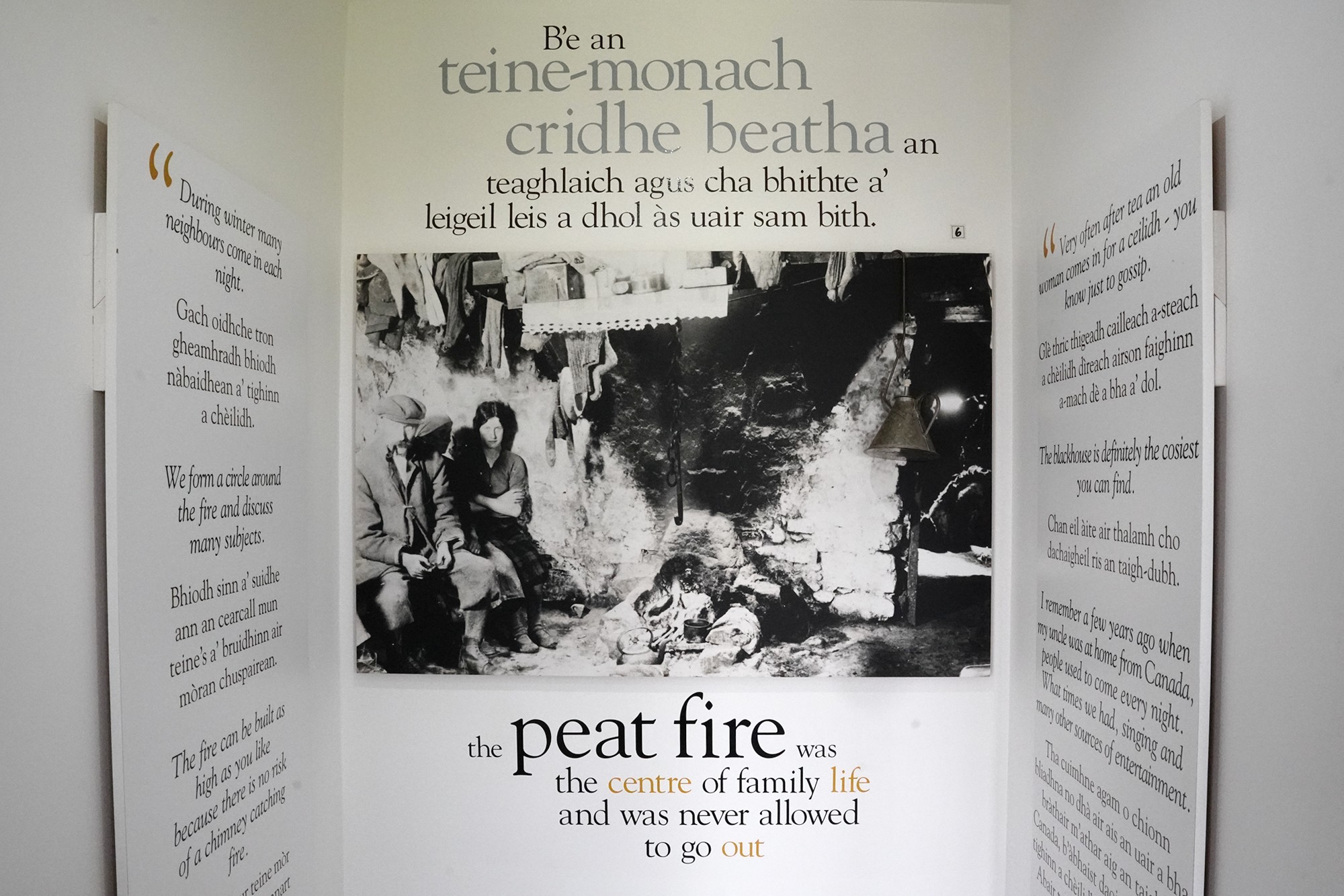
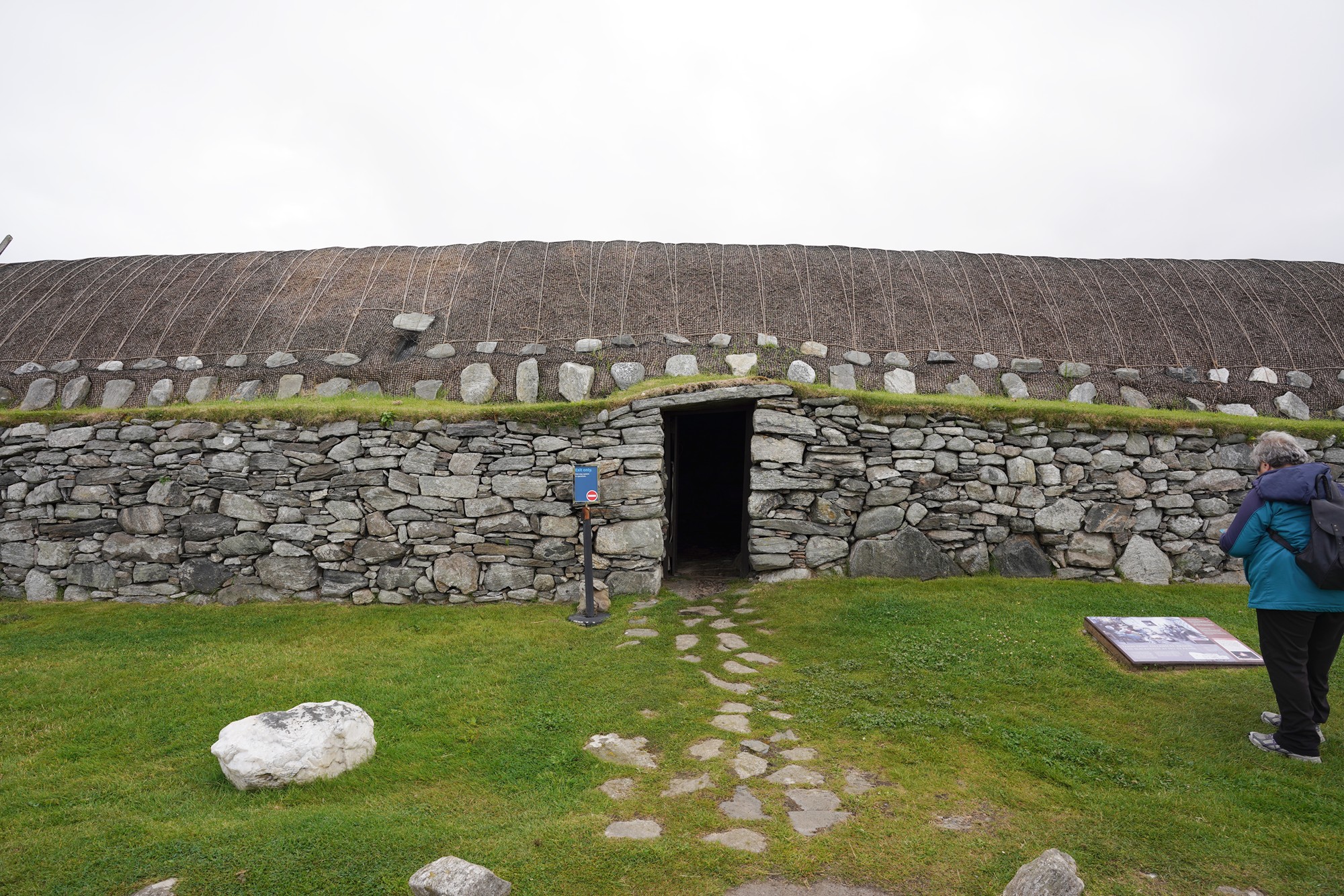
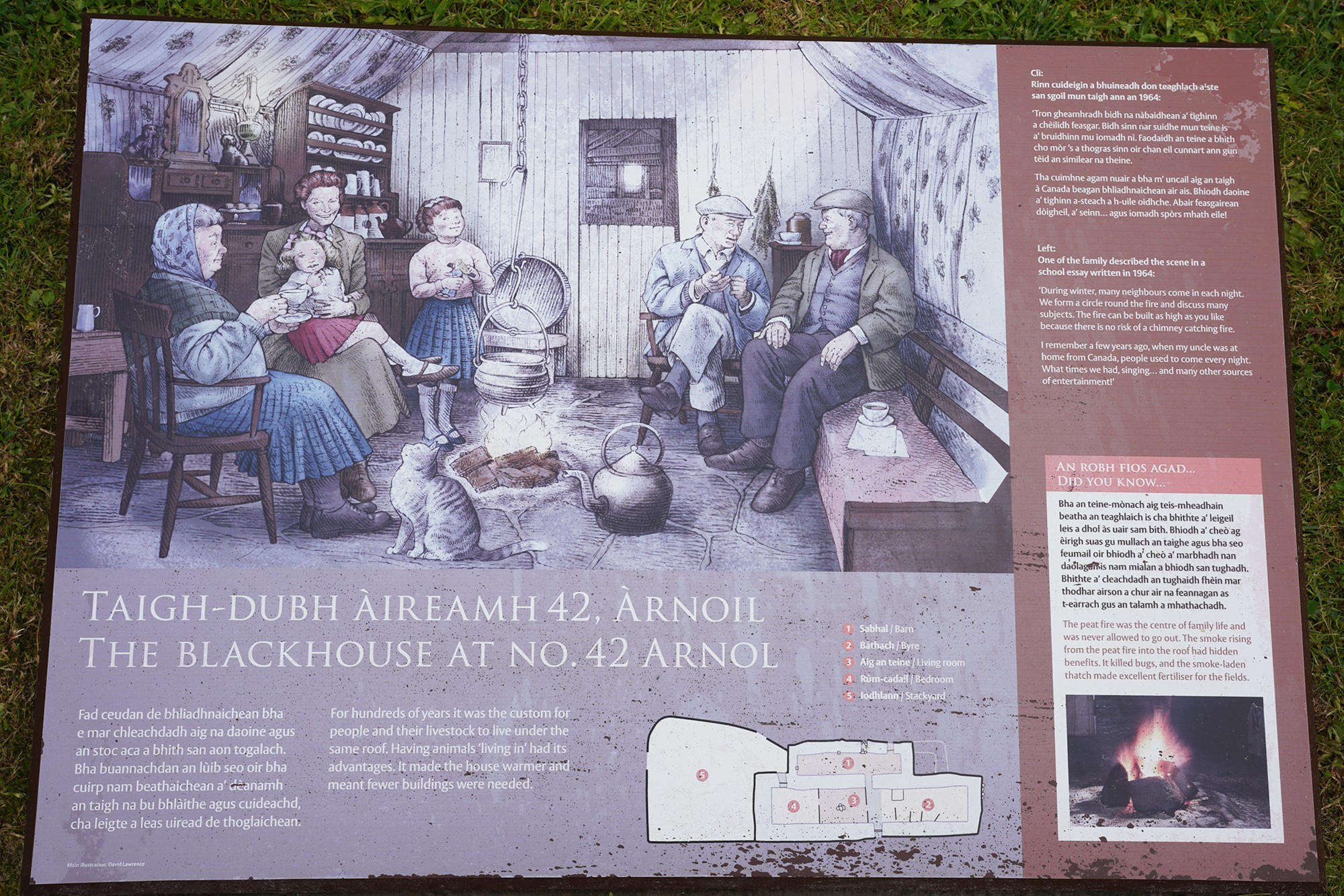
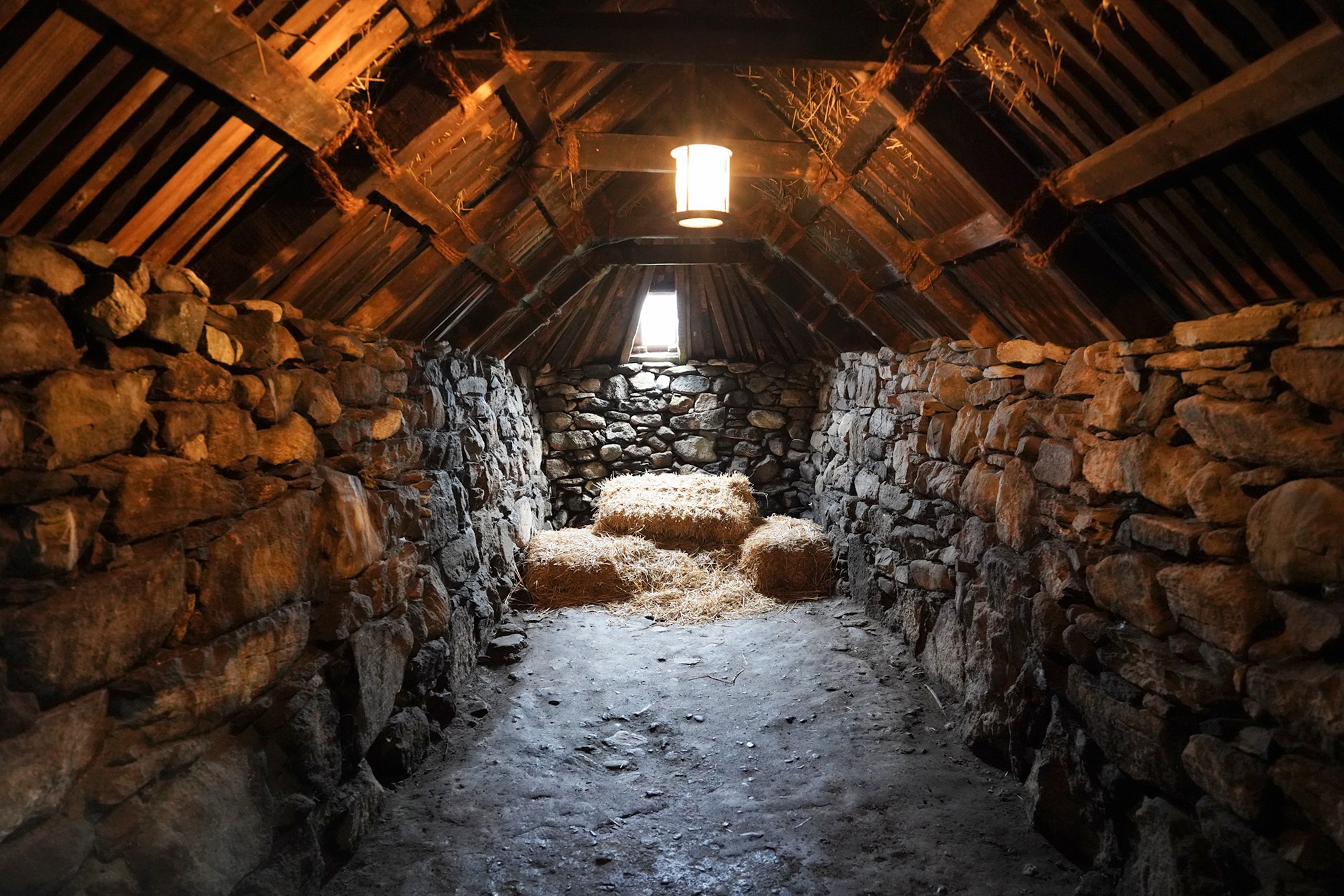
The term “Blackhouse” comes from the fact that these houses were constructed using locally available materials, such as stone and turf, and the roofs were often thatched with vegetation. The chimneys were quite small, and as a result, the interiors of these houses were often smoky, which contributed to the term “black.”
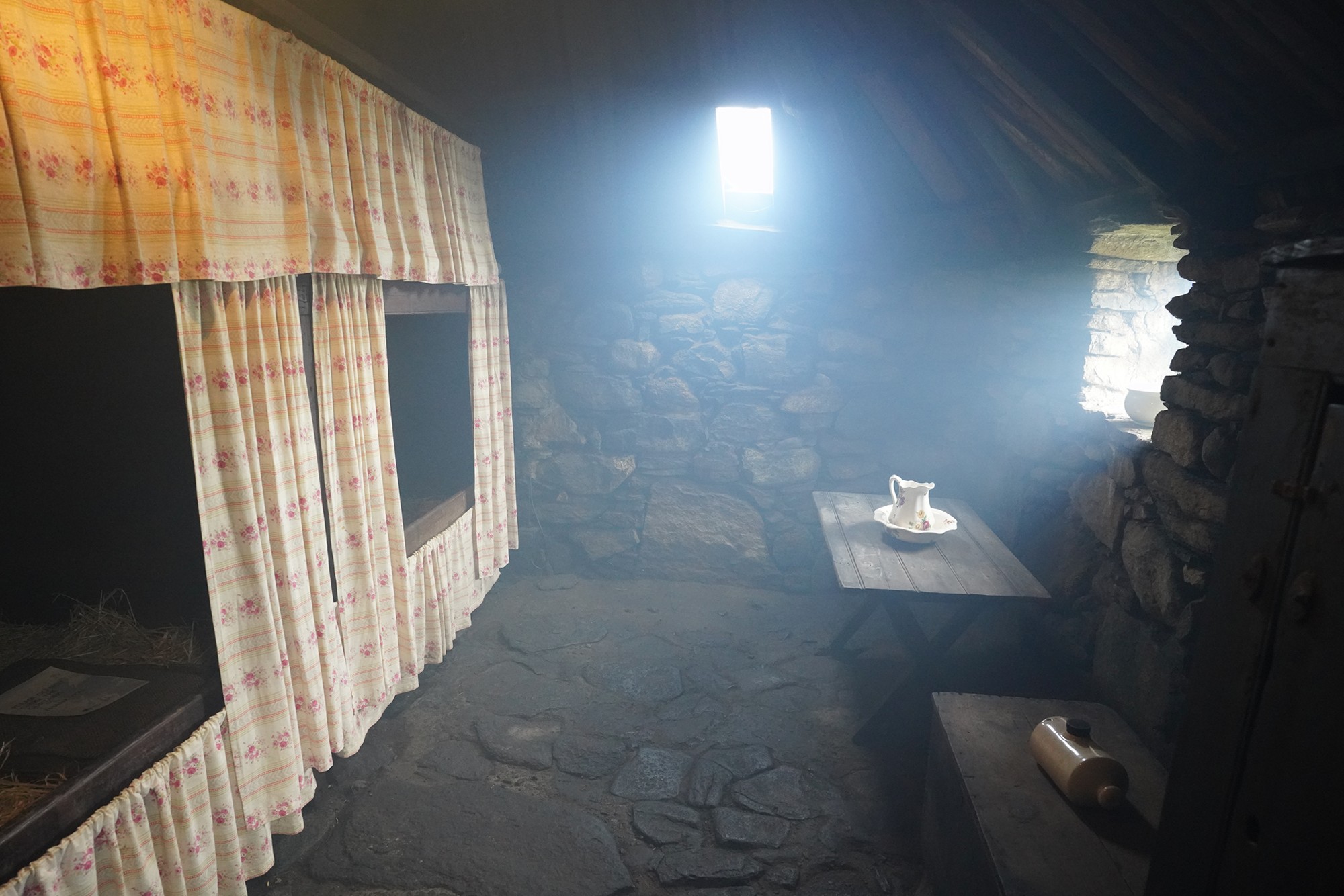
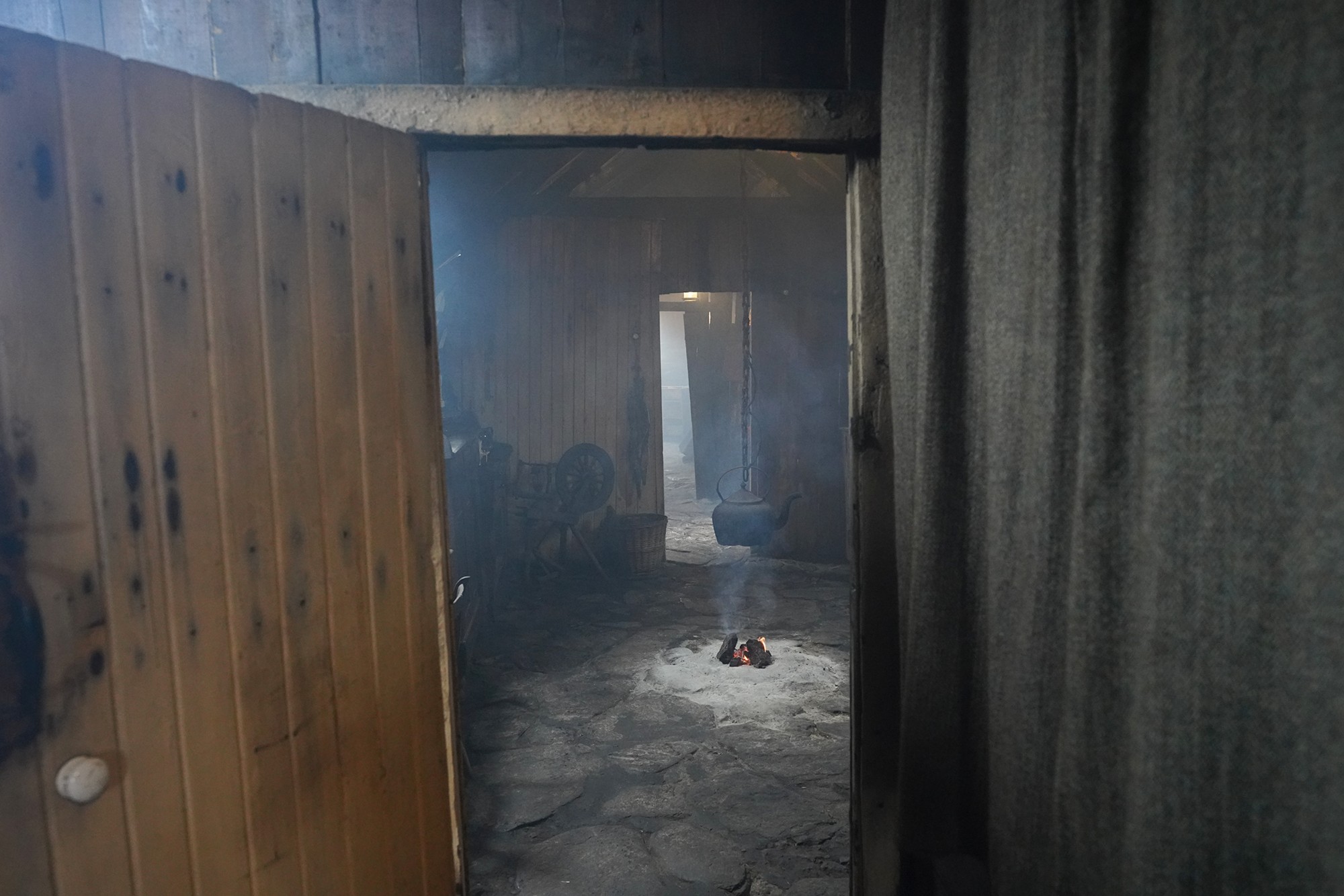
The fire inside the house never goes off, and it generates smog constantly
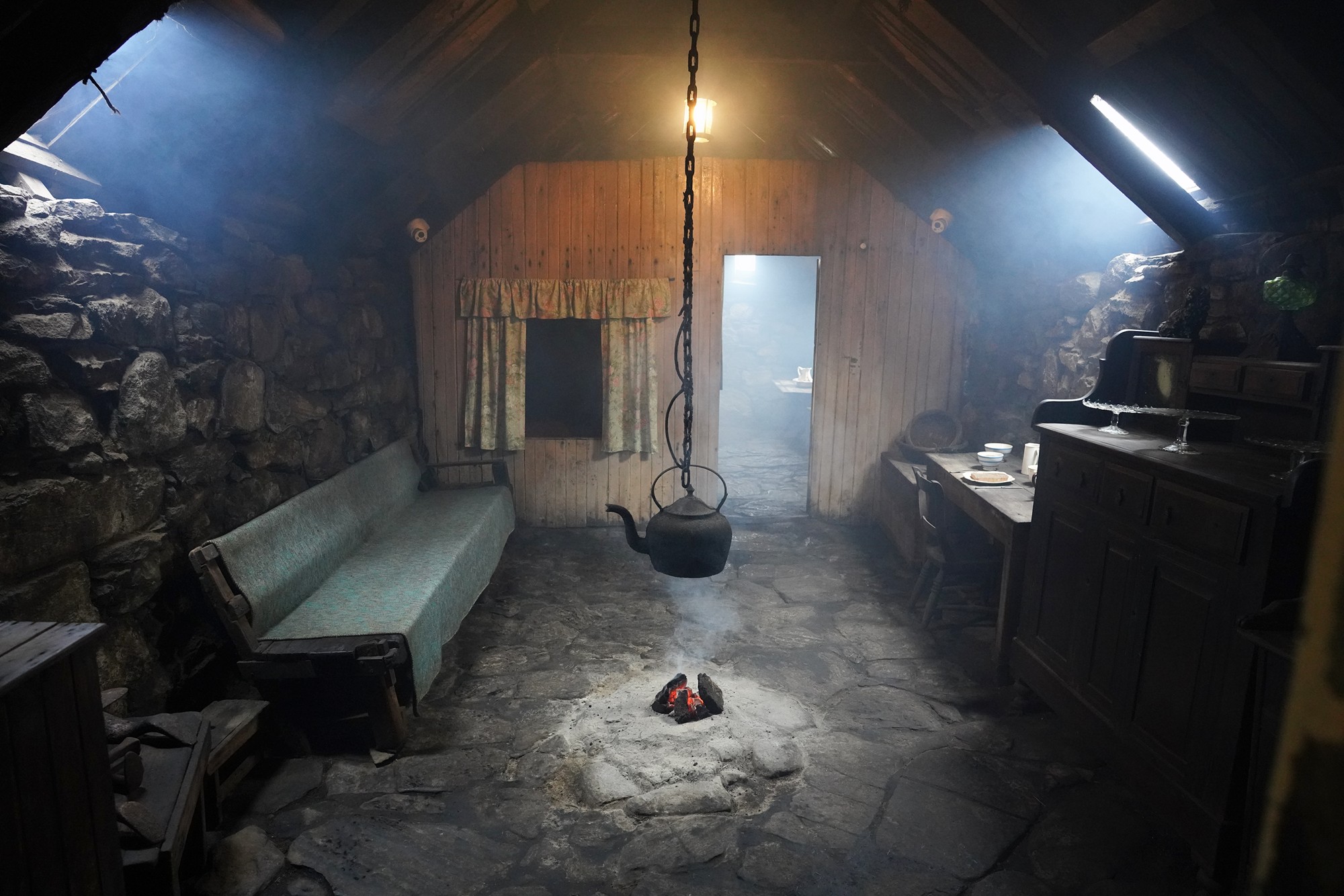
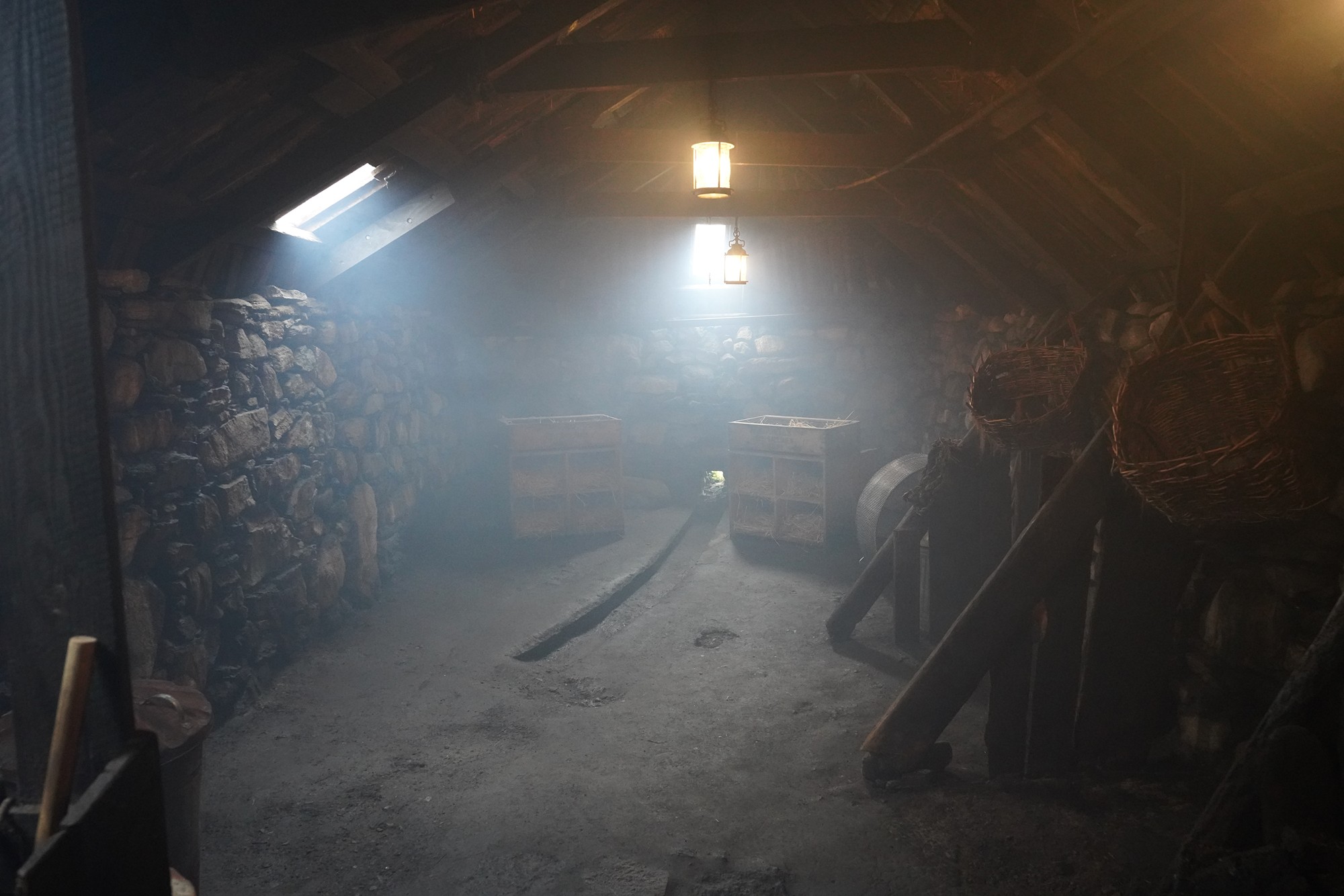
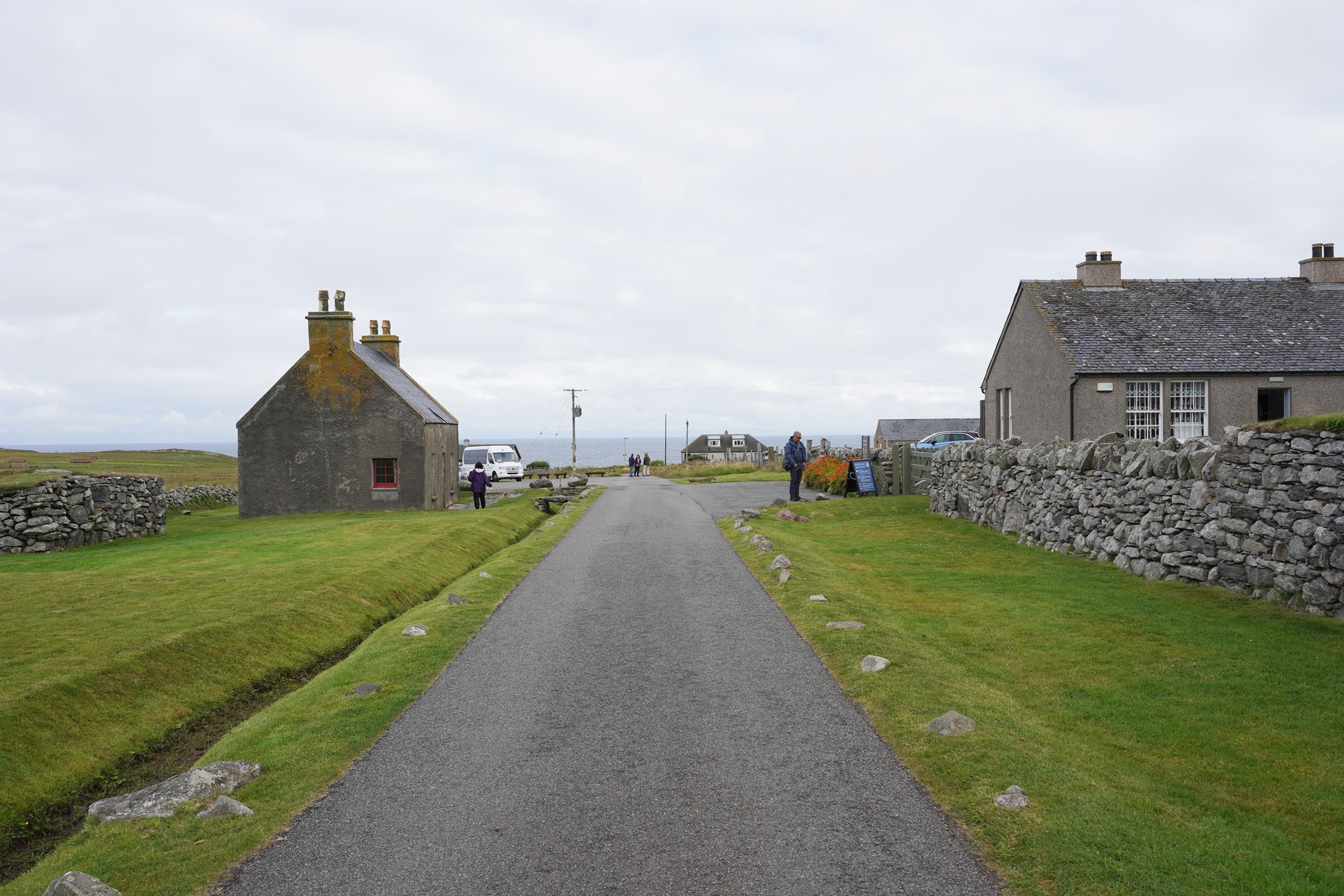
A more modern style house used by people who lived here
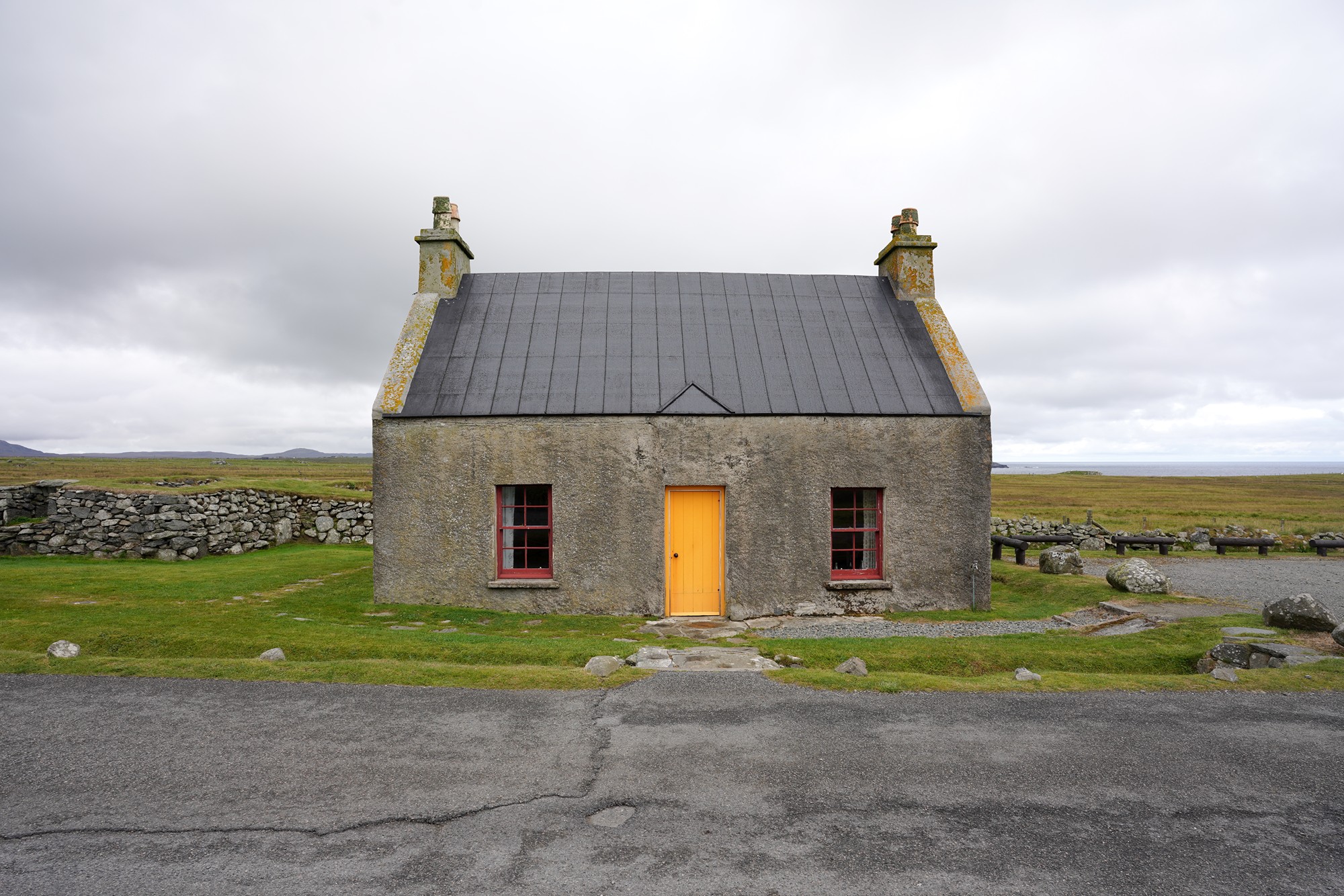
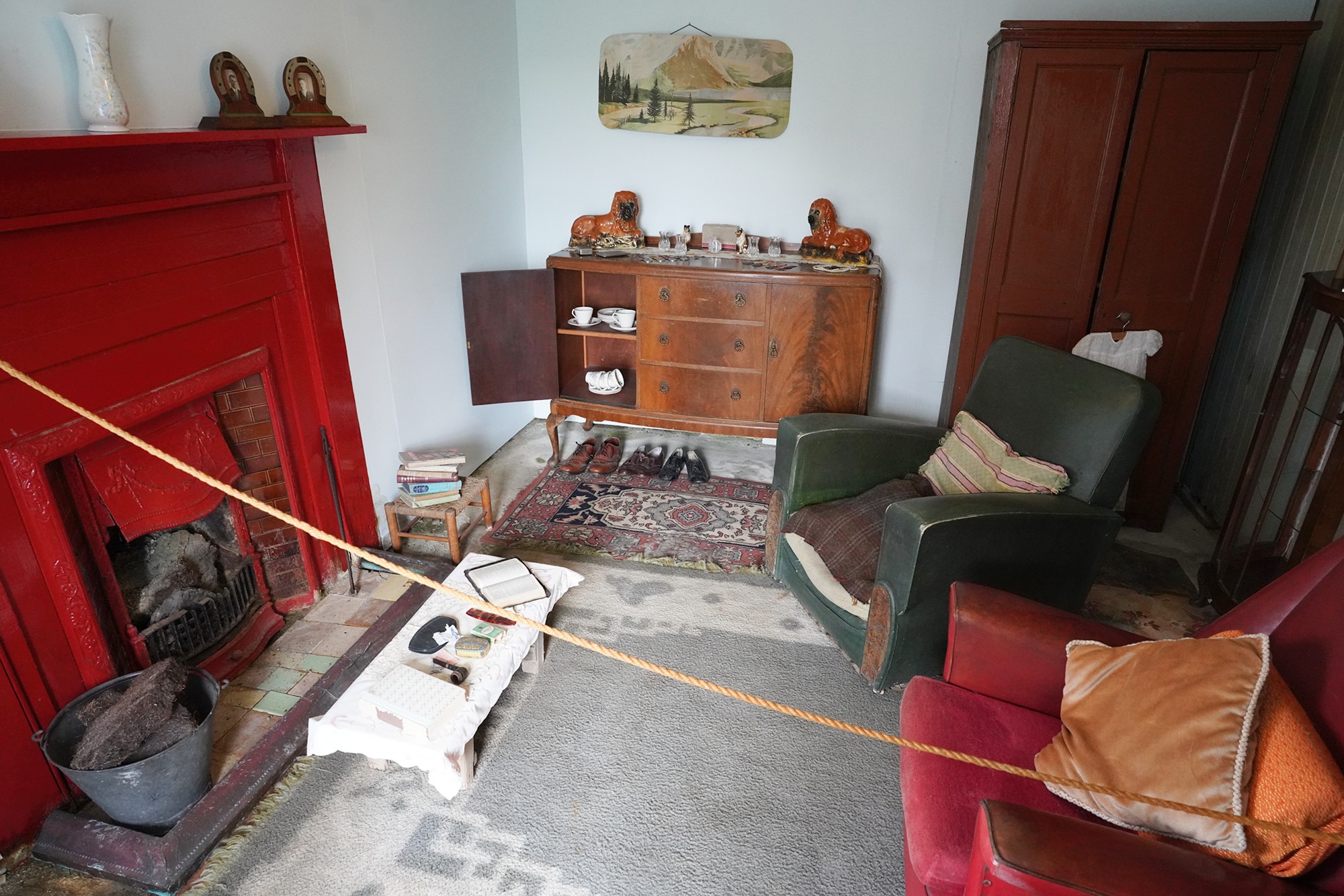
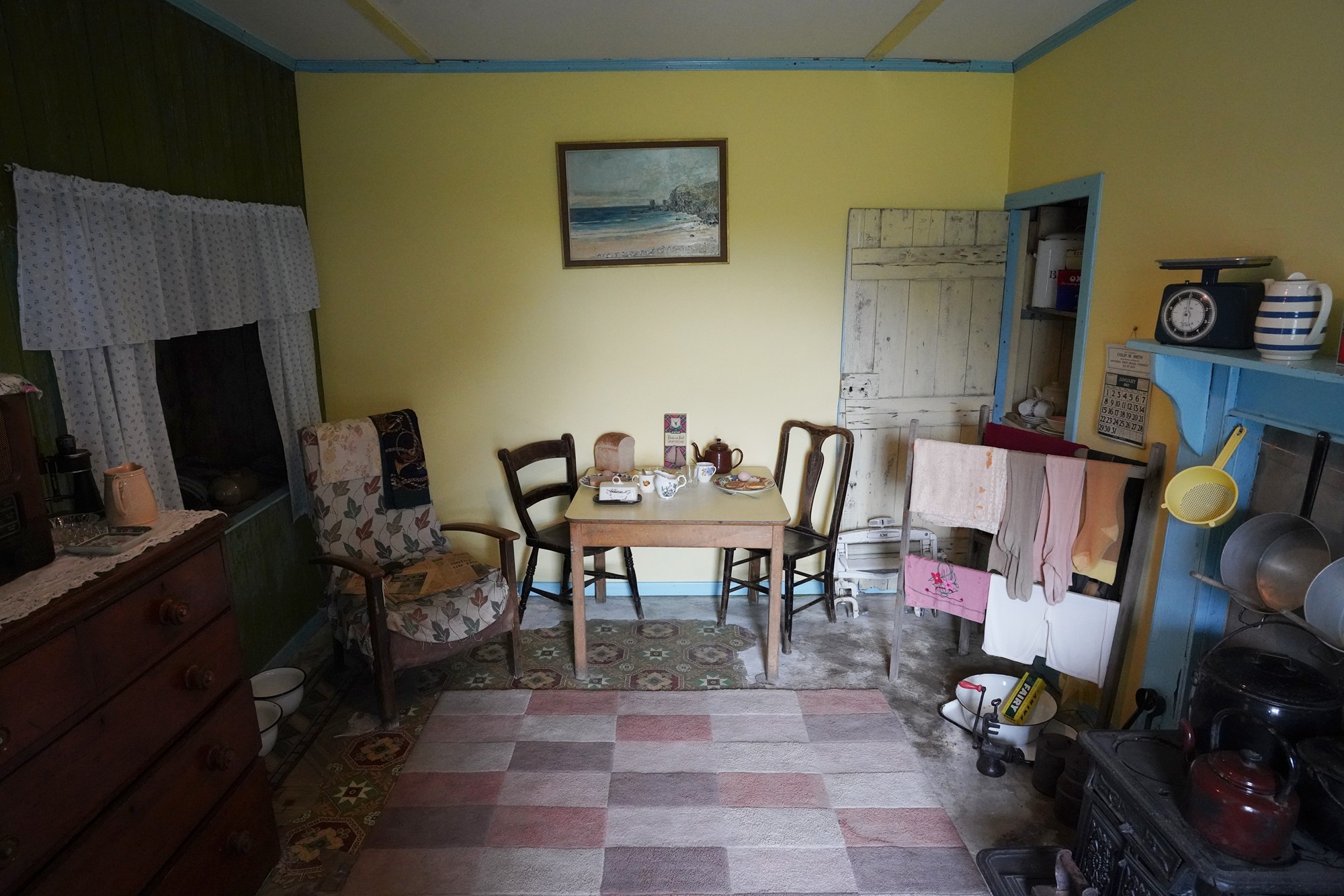
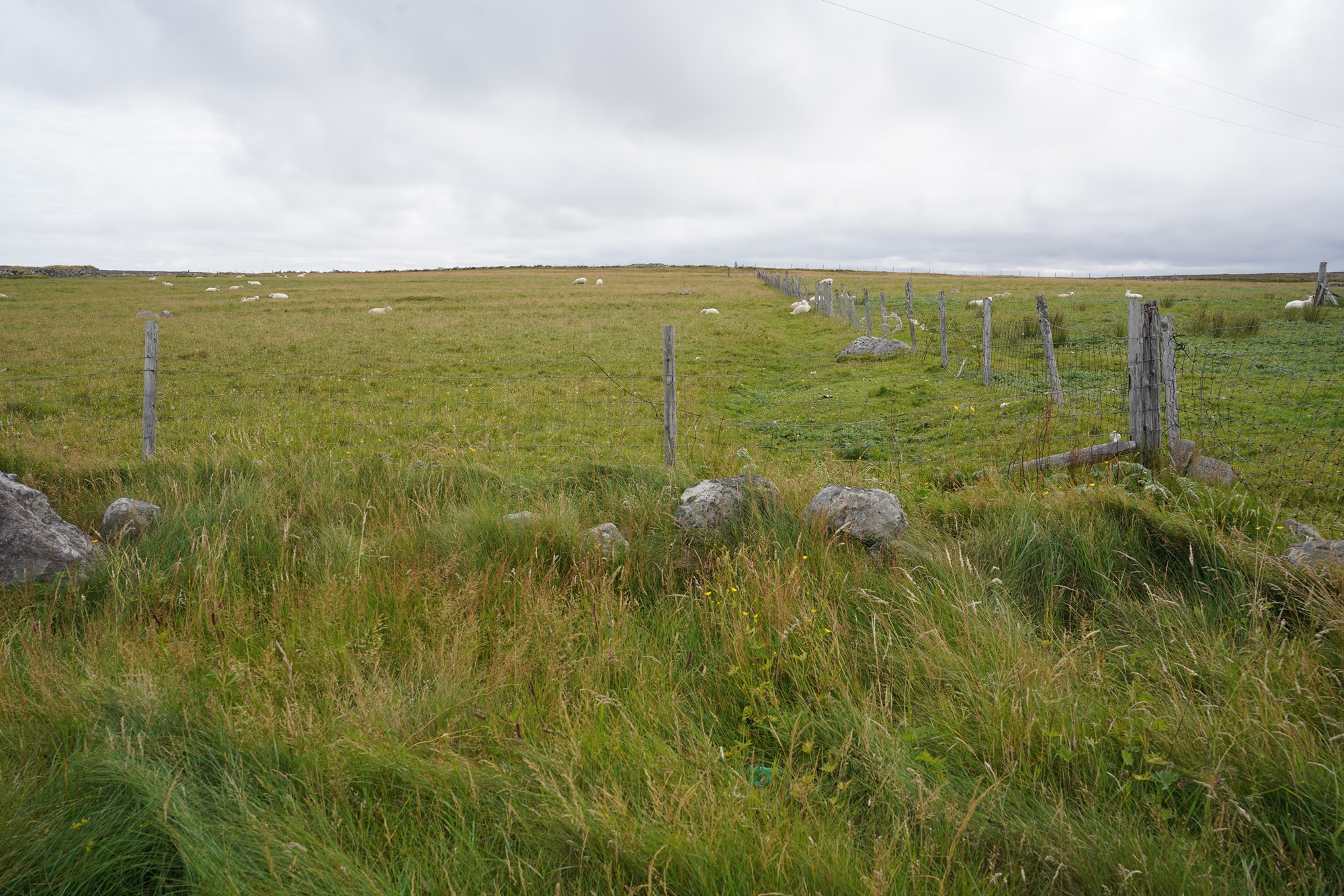
The next stop was Dun Carloway. It is one of the most well-preserved brochs in the region and is a significant archaeological site.
A broch is a type of ancient stone tower that was constructed during the Iron Age in Scotland. These structures are unique to Scotland and are characterized by their double-walled construction, with a hollow space between the inner and outer walls. Brochs are believed to have served a variety of purposes, including as defensive structures, status symbols, and possibly as residences.
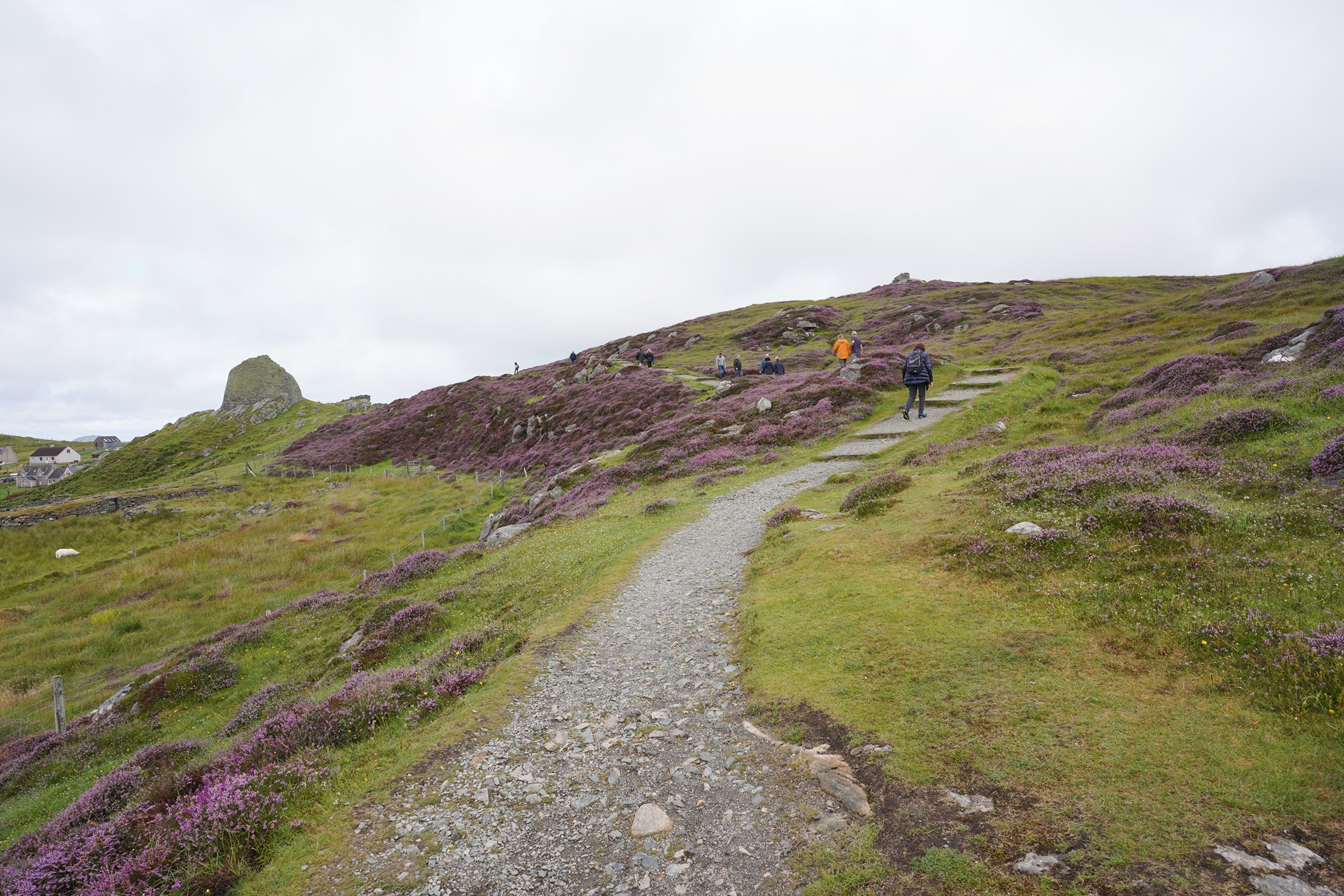
Looking back
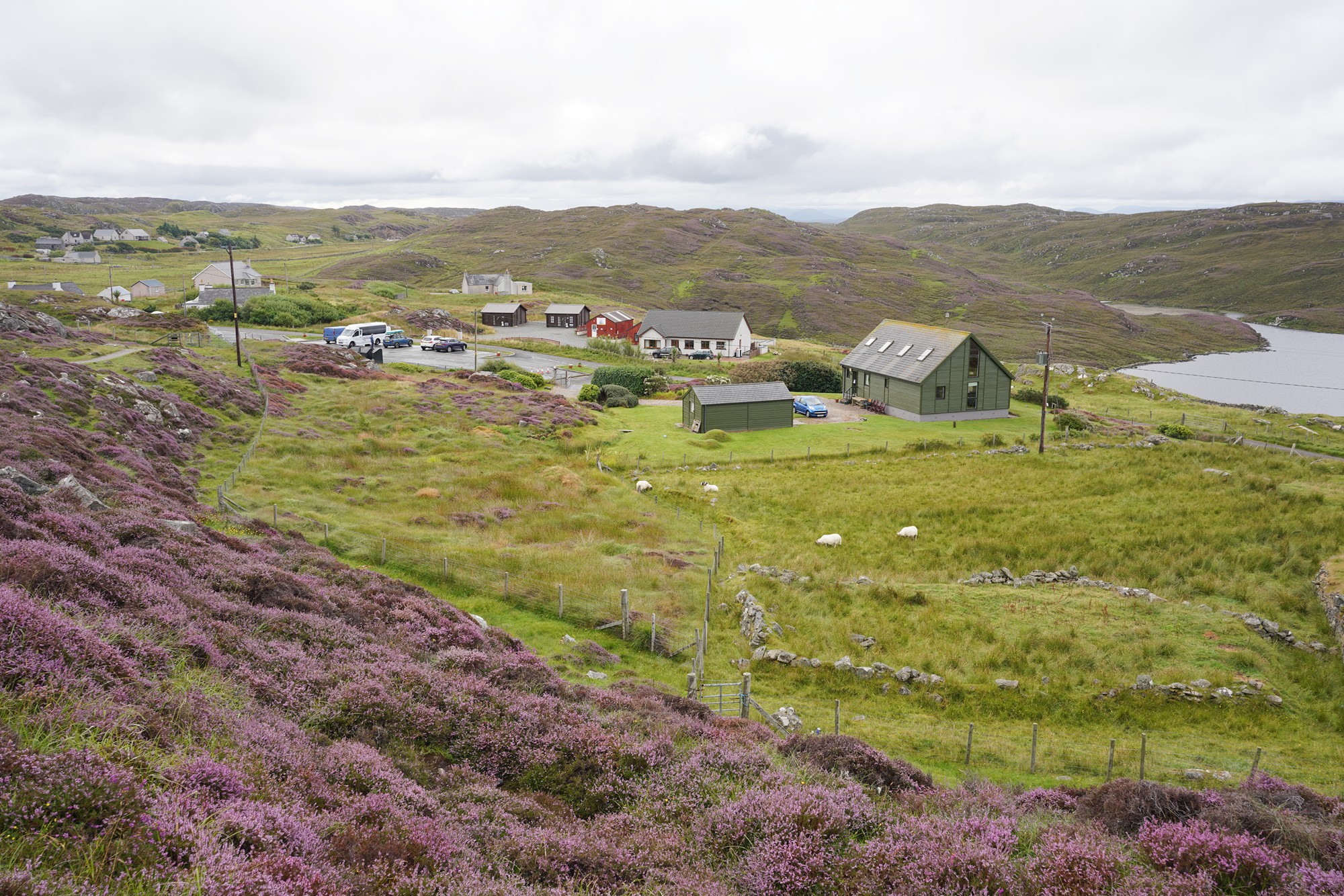
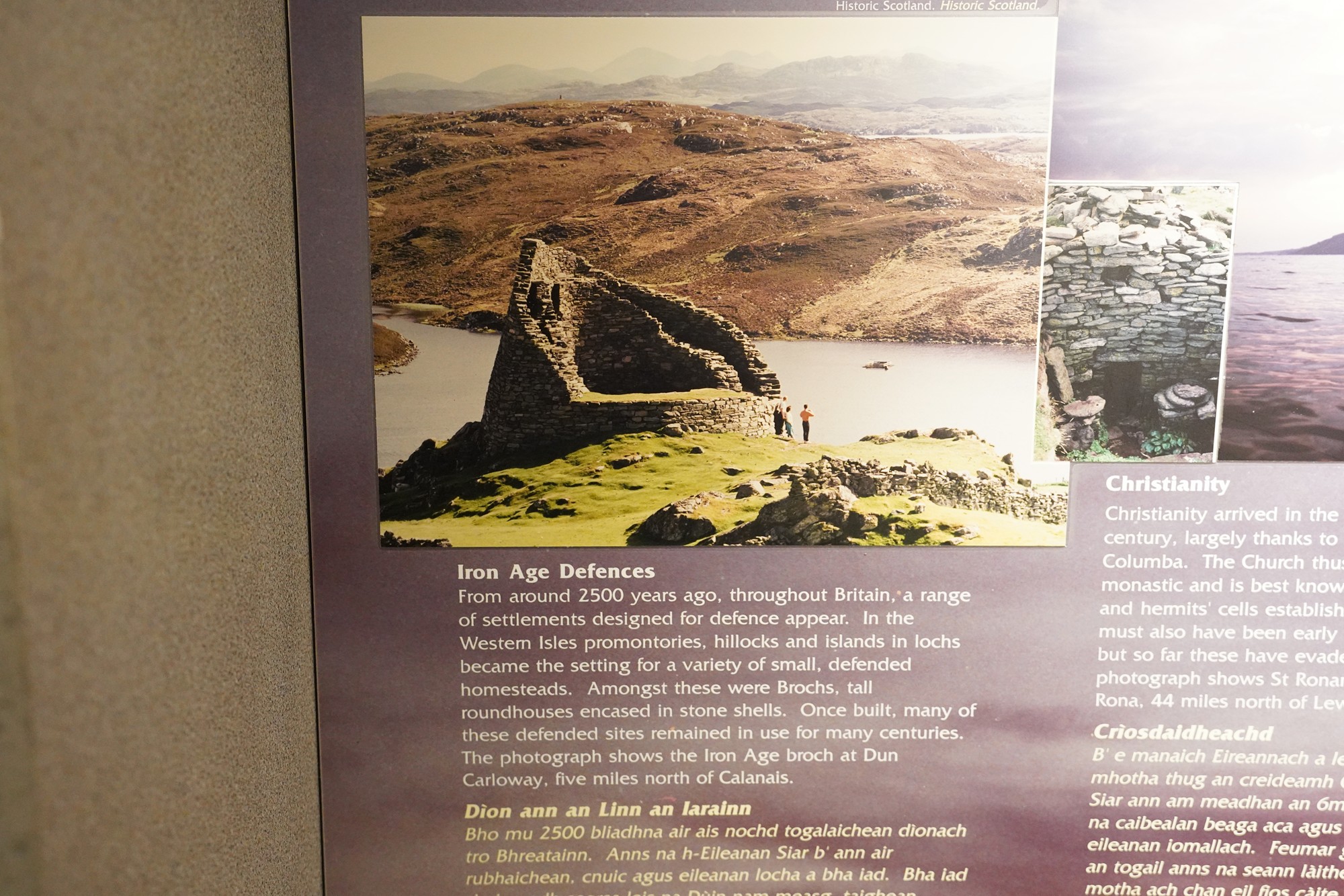
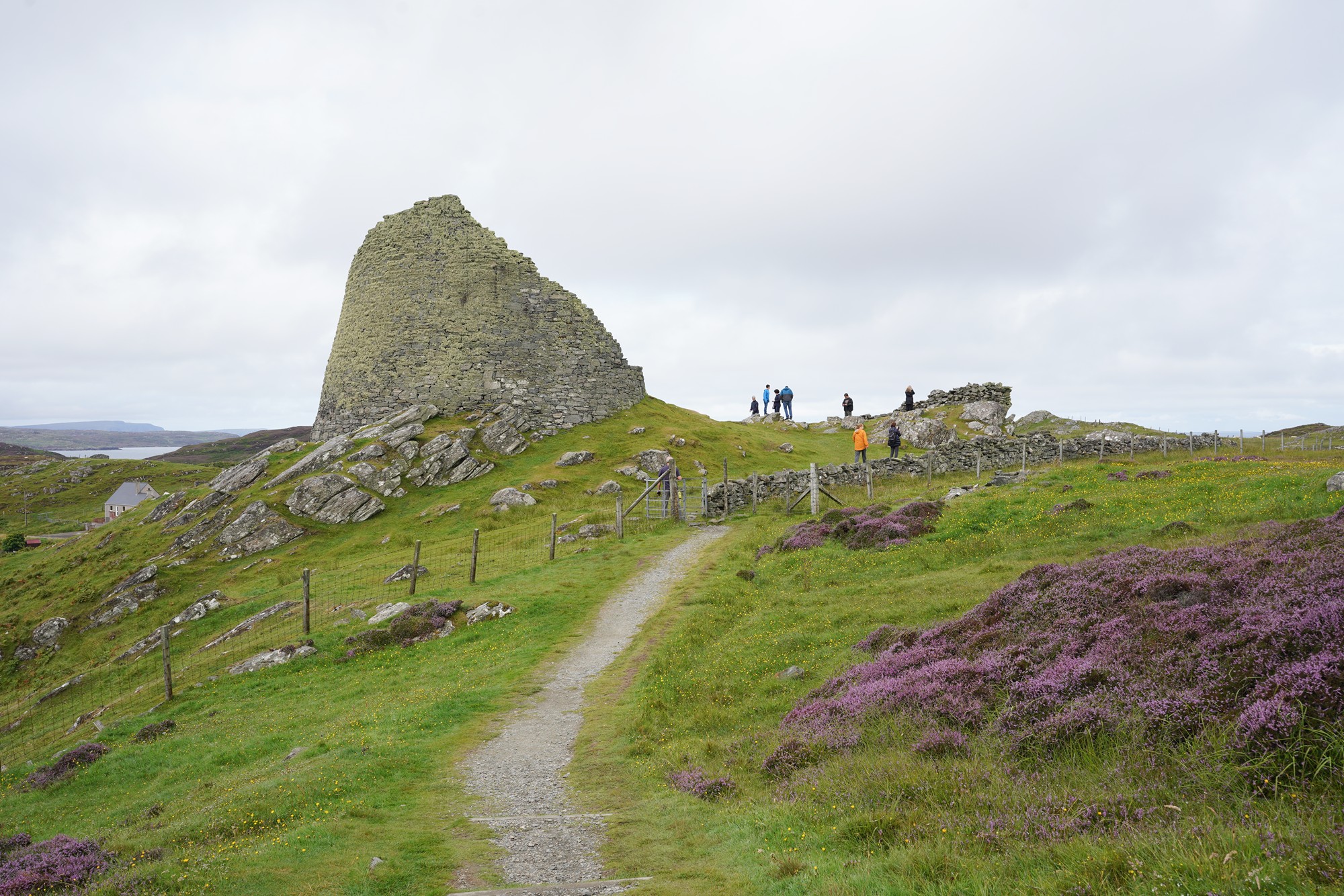
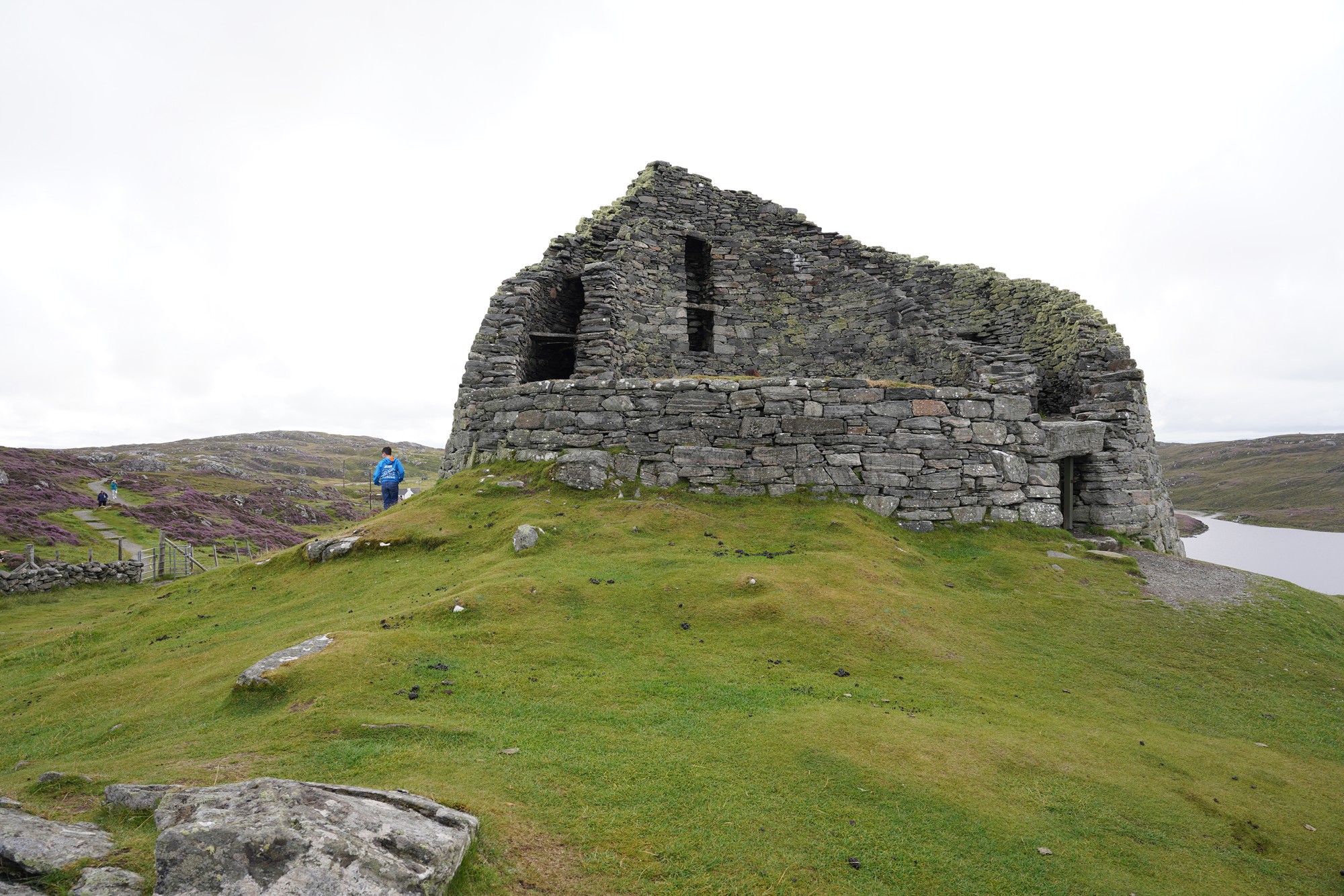
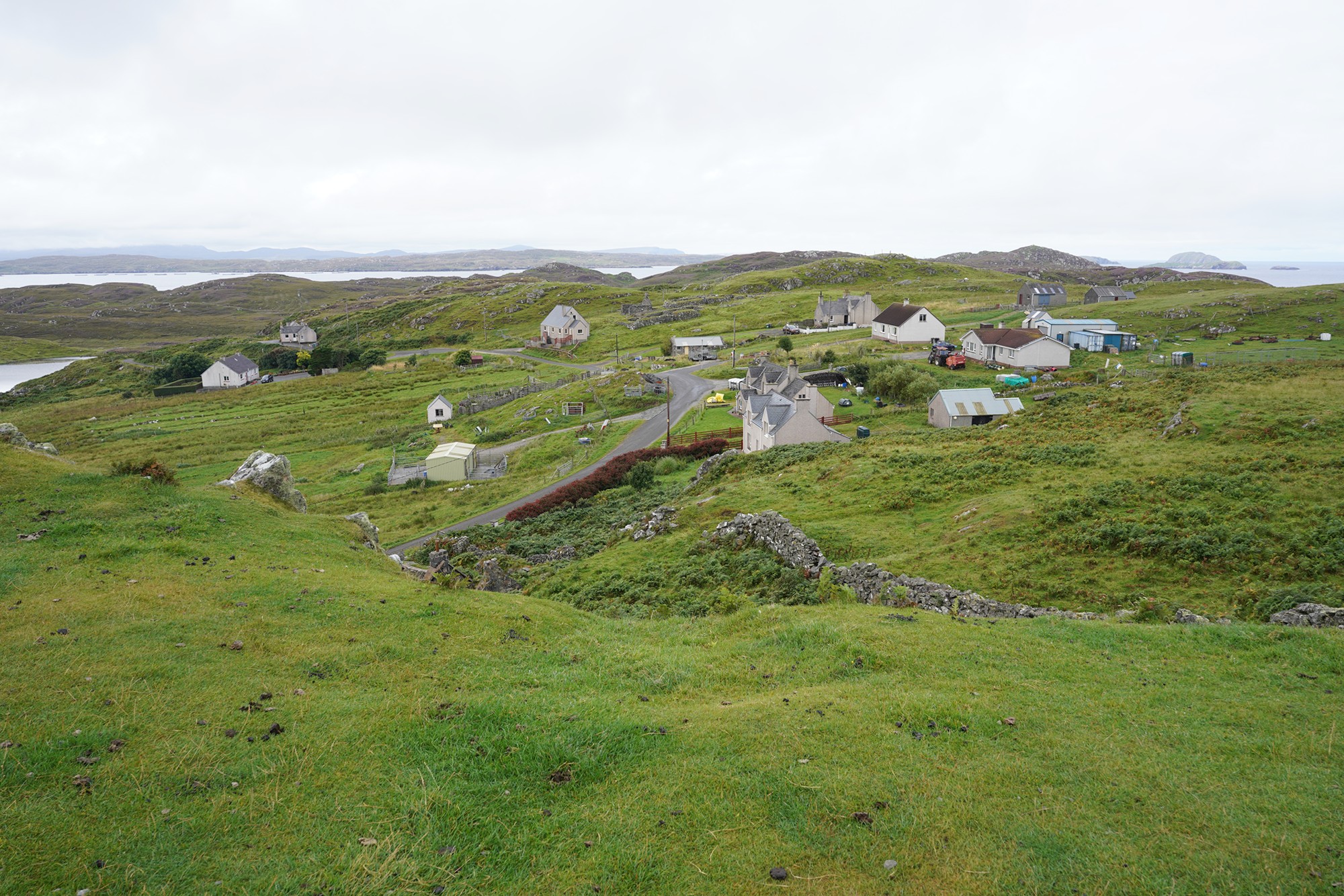
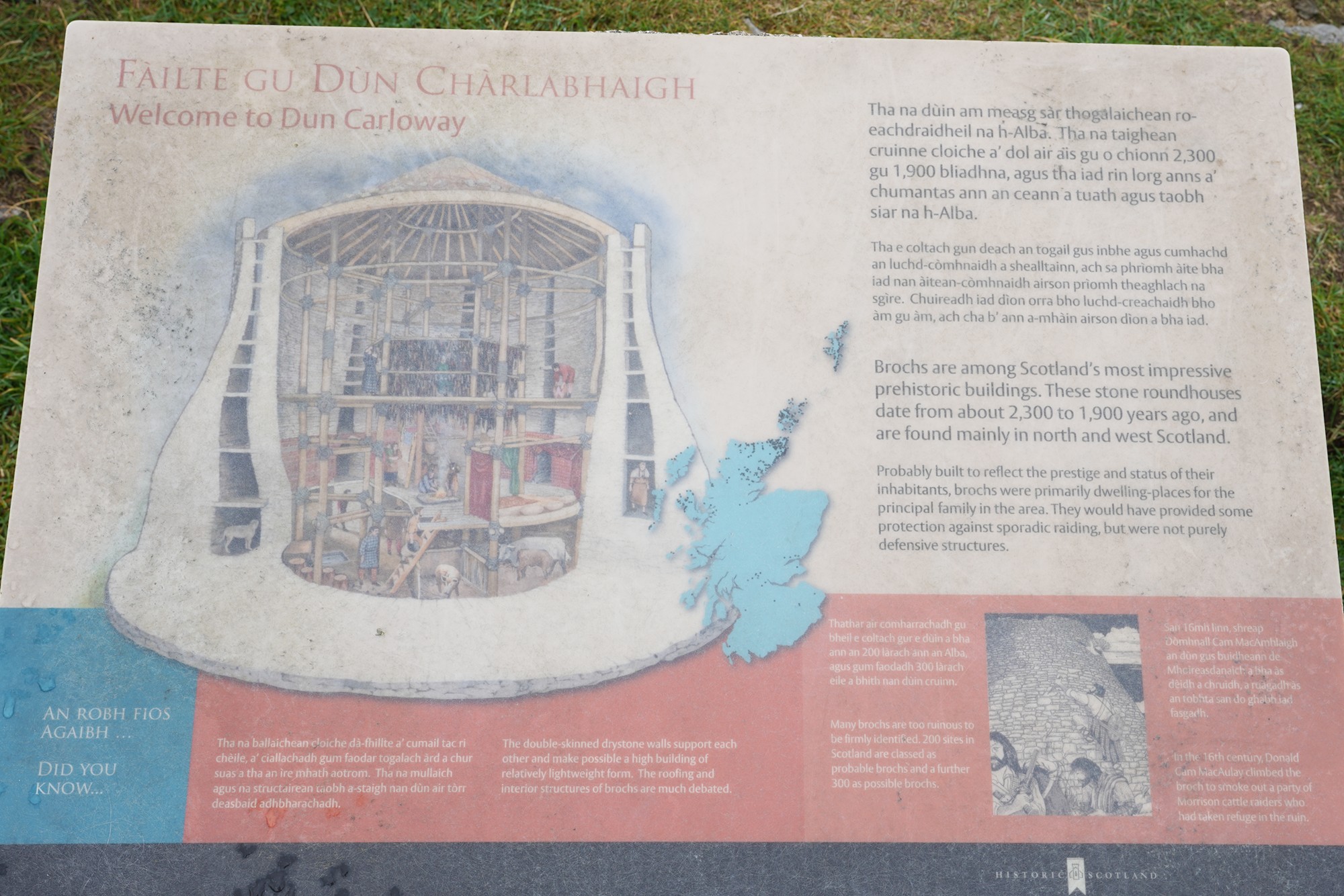
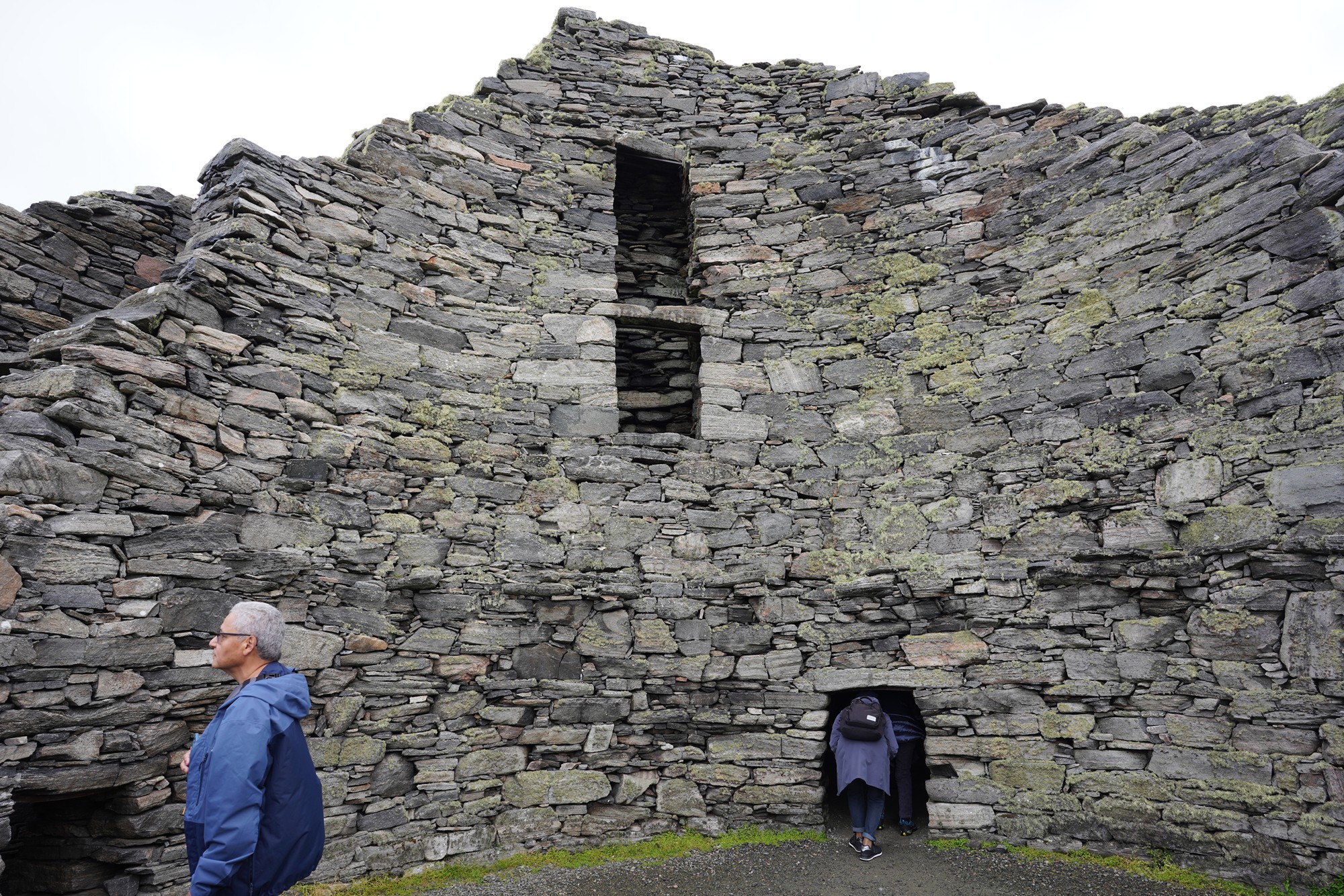
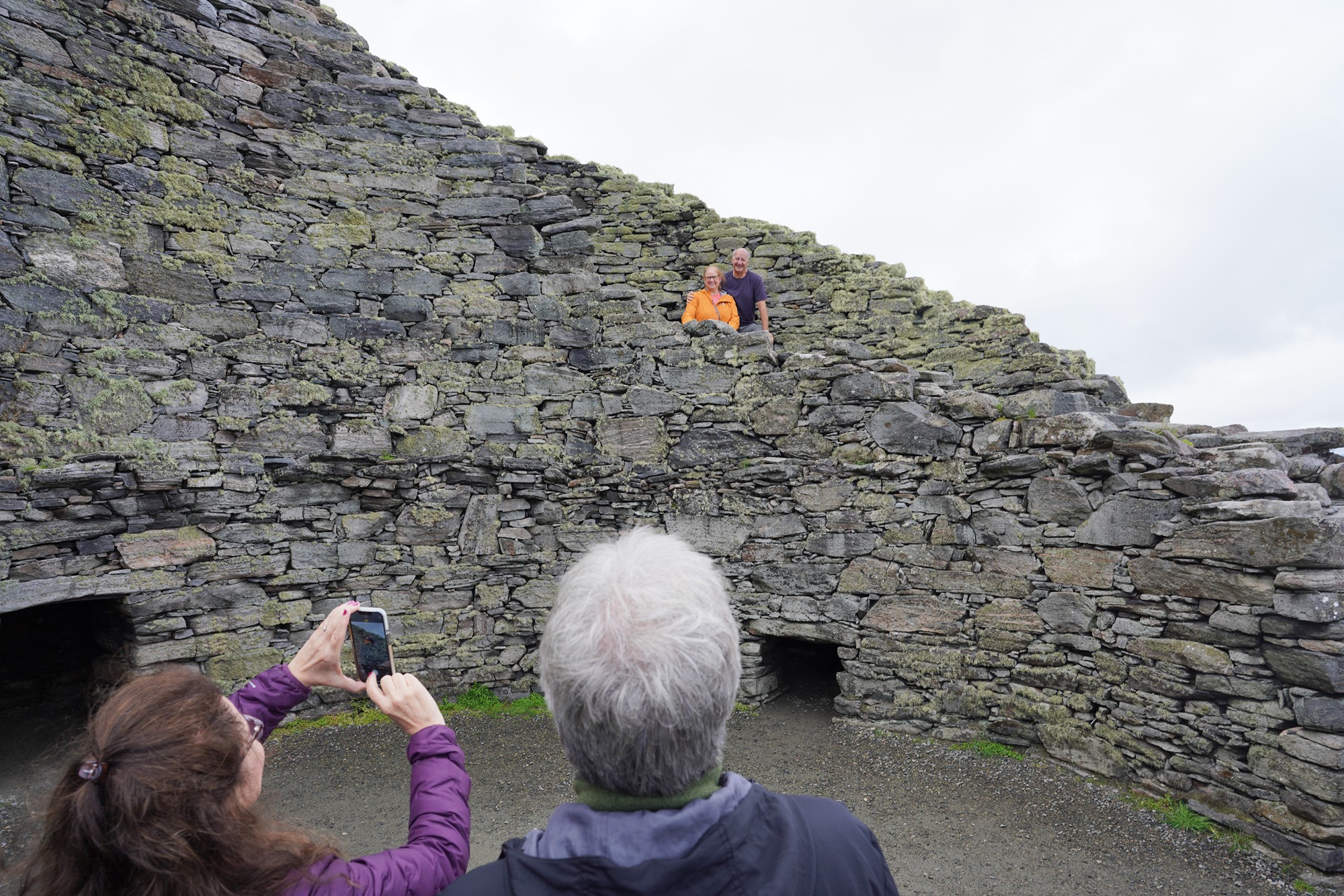
The next stop was the Calanais Stones.
The Calanais Stones are situated in a cruciform pattern, with a central stone circle surrounded by avenues of stones radiating out from the center. The main circle consists of 13 stones, with a monolith in the center. The avenues connect to various stone settings and cairns in the area, creating a complex and intriguing arrangement.
The purpose and significance of the Calanais Stones remain a subject of speculation and debate among archaeologists and researchers. The site is believed to have been constructed during the Neolithic and Bronze Ages, dating back around 5,000 years. The stones are thought to have had various ceremonial and possibly astronomical functions, with some alignments potentially relating to celestial events like solstices and lunar cycles.
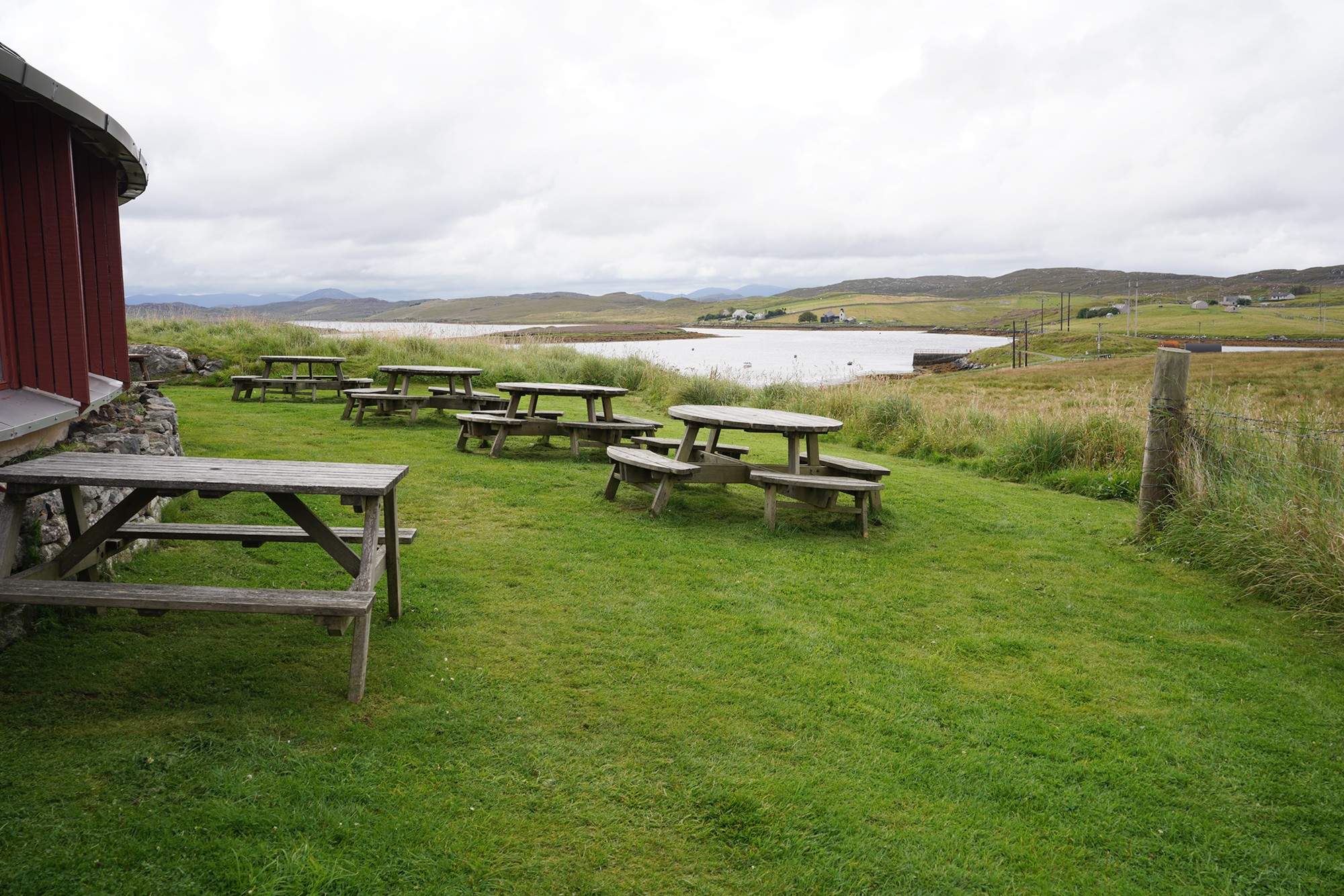
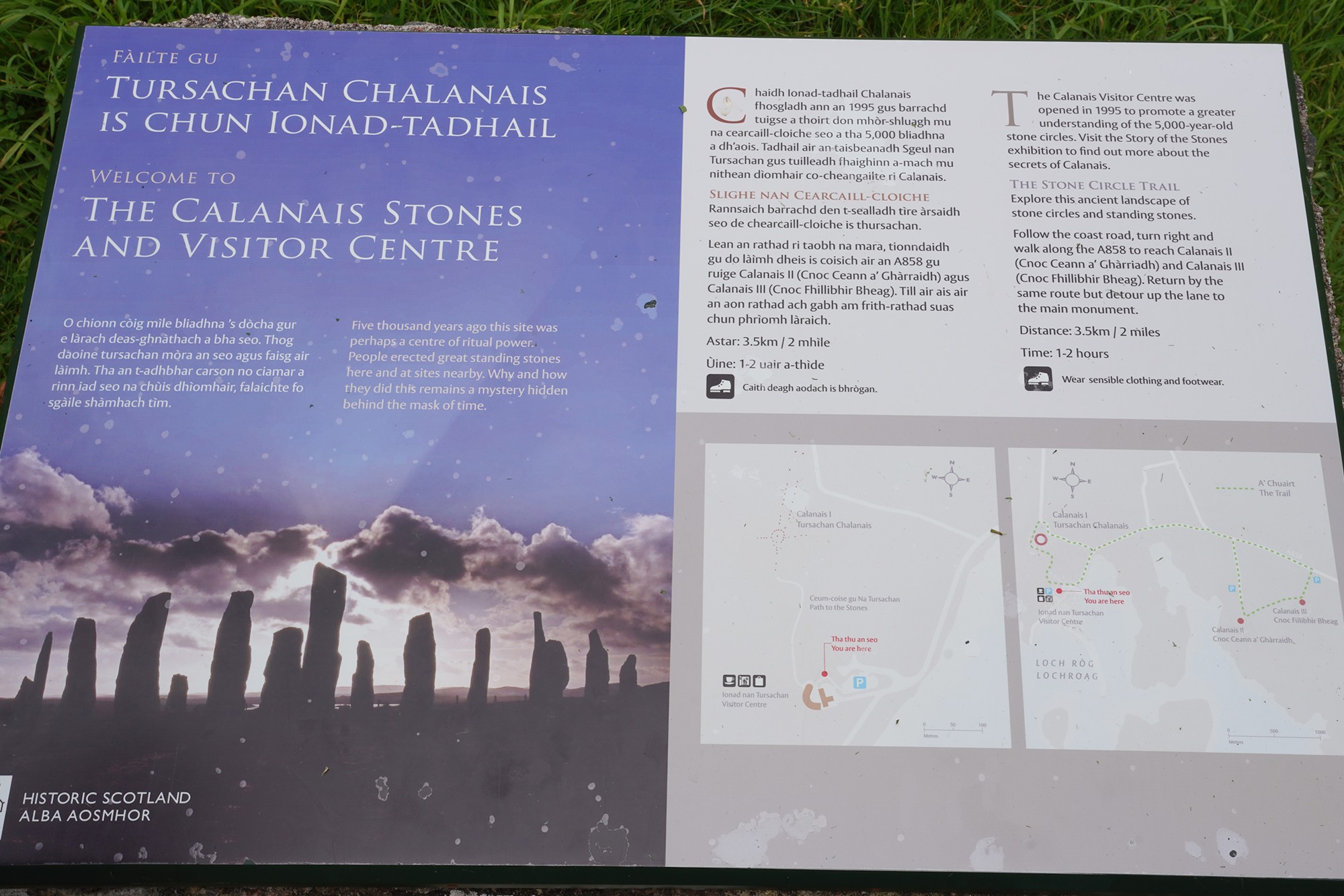
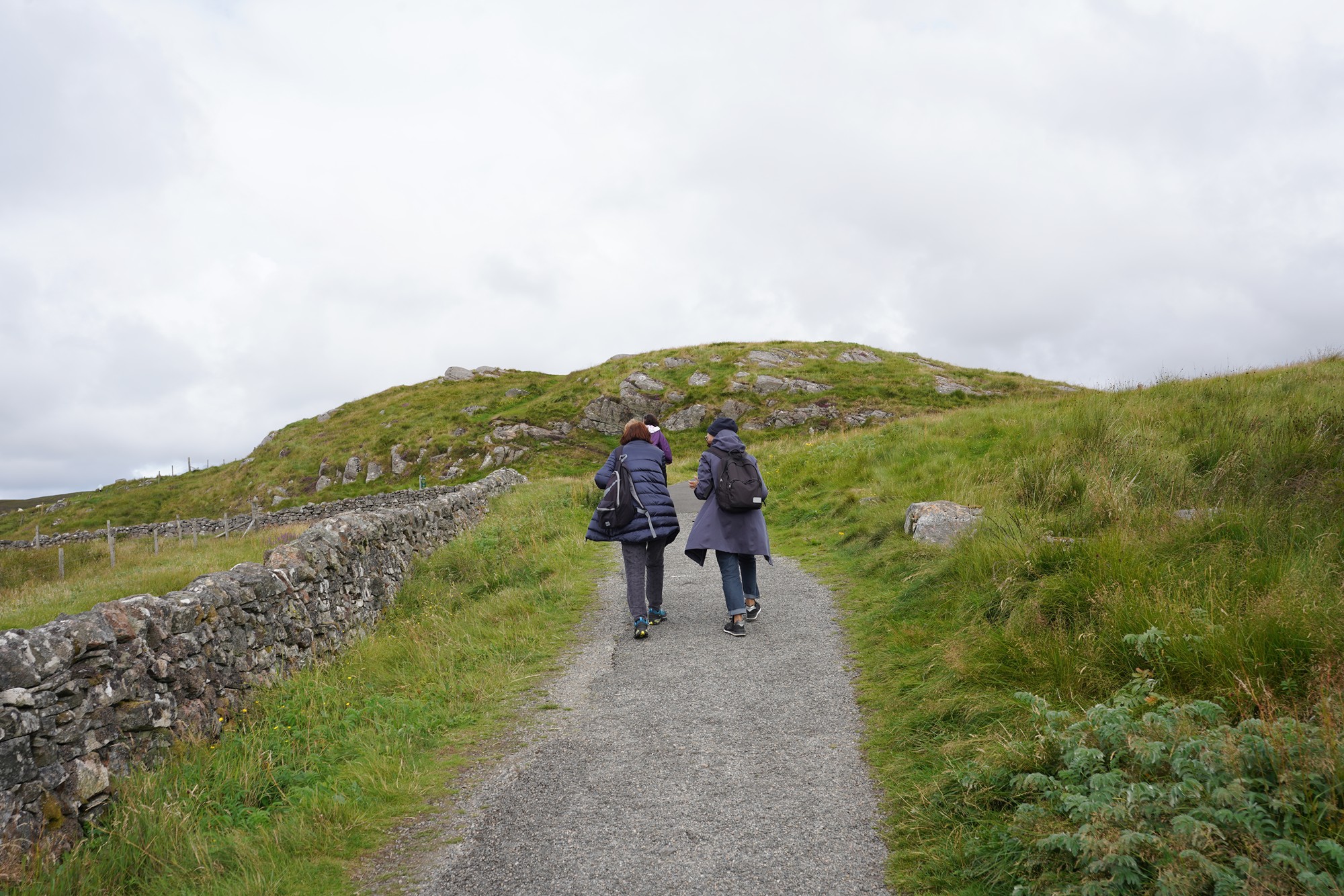

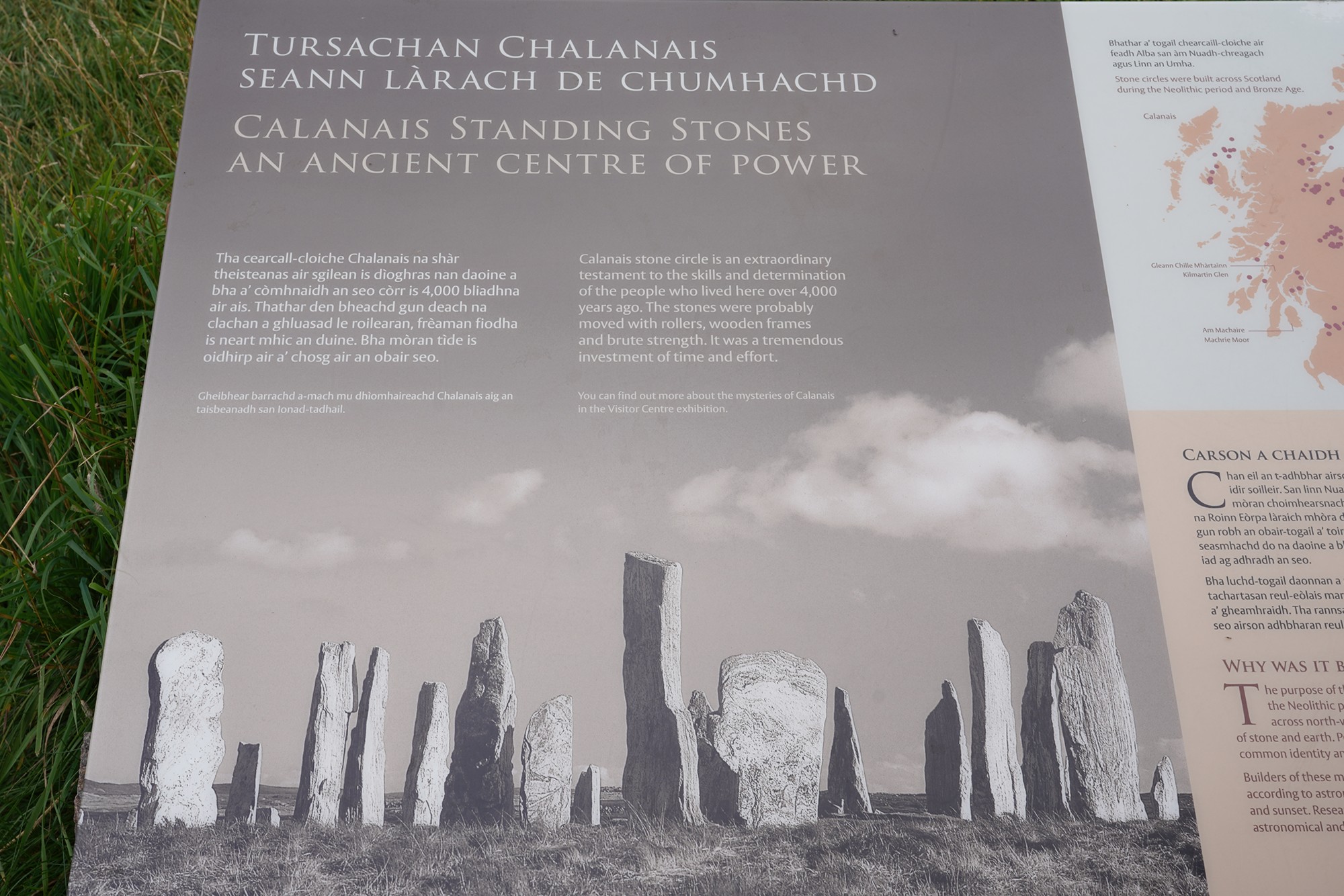
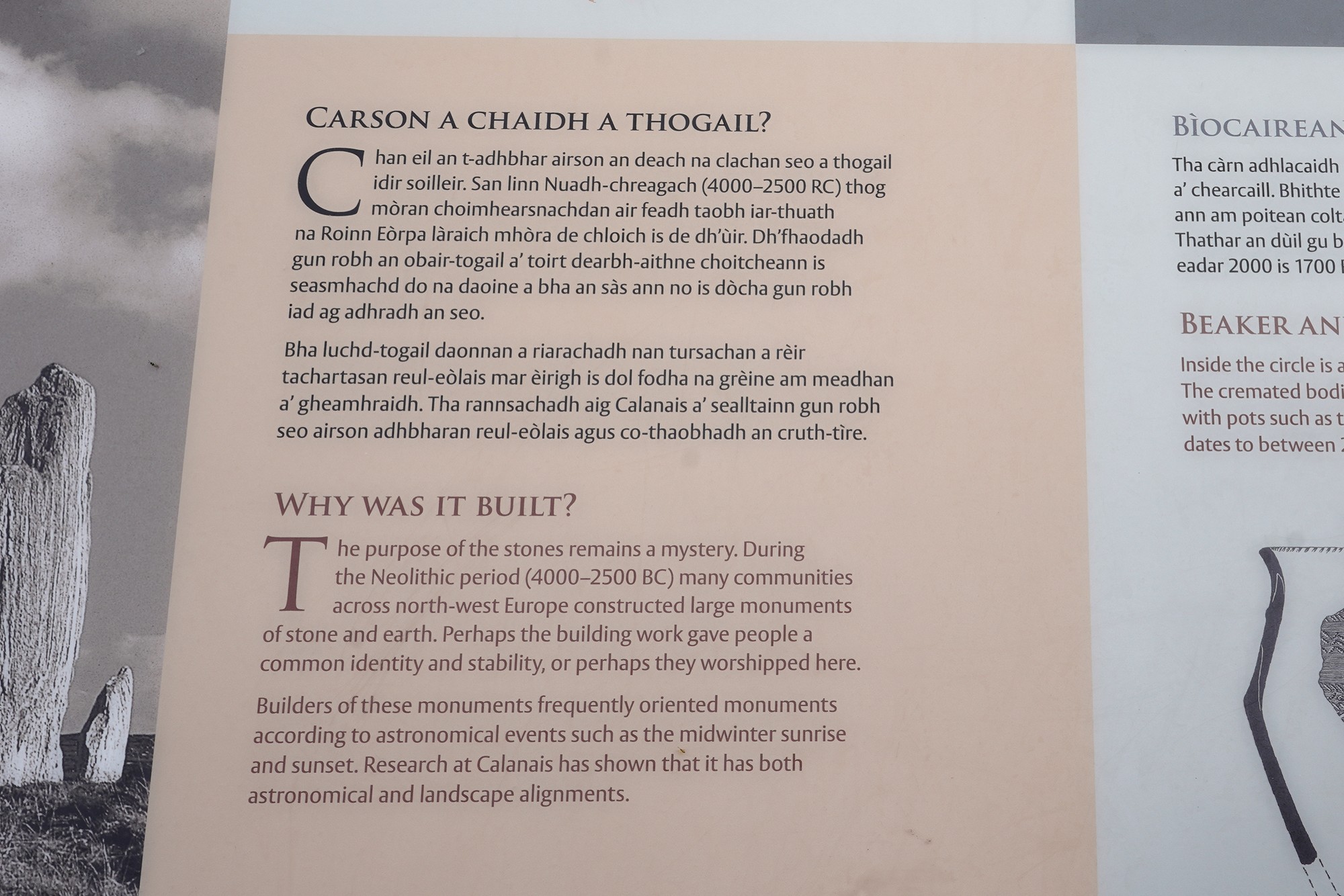
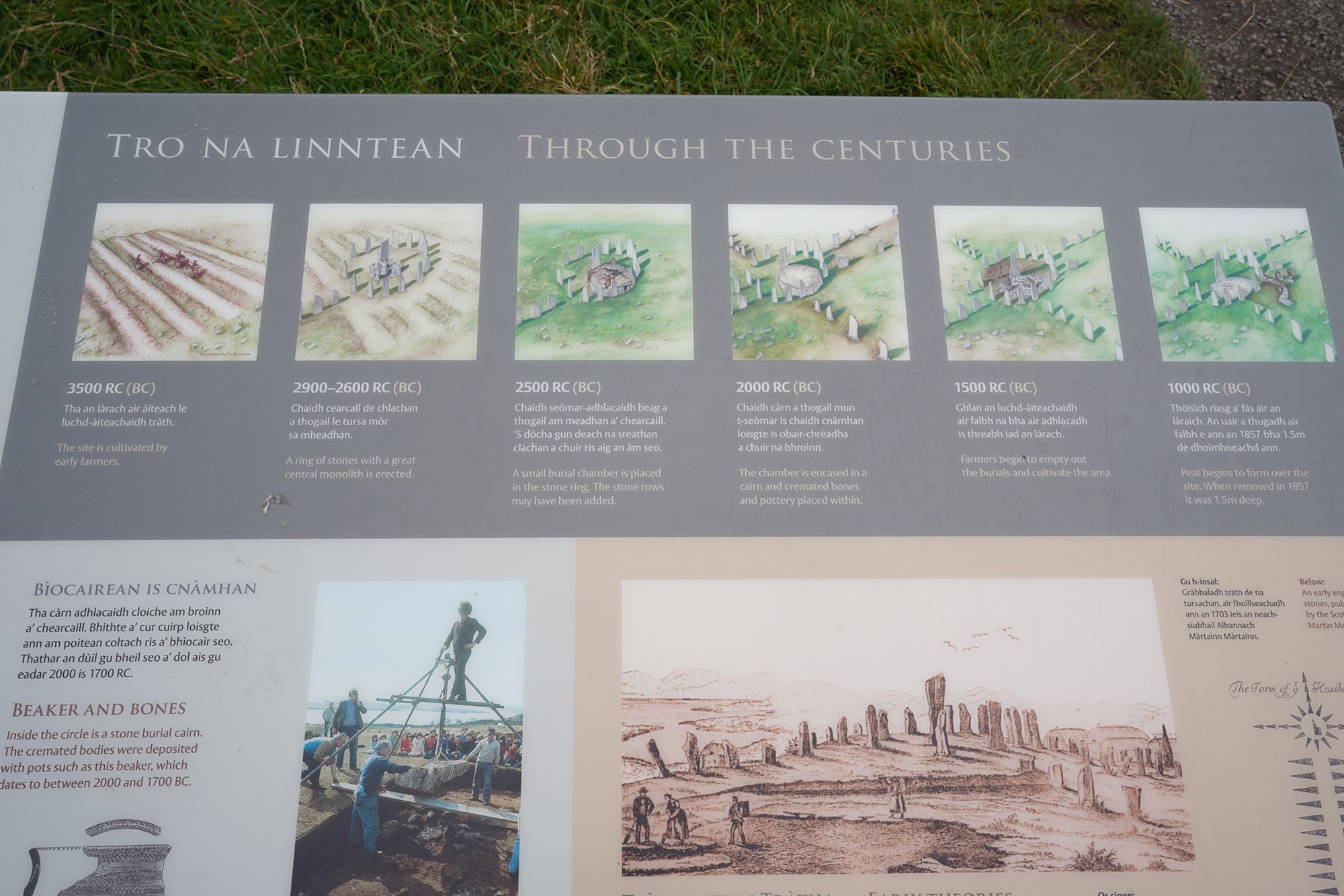
A model of the site
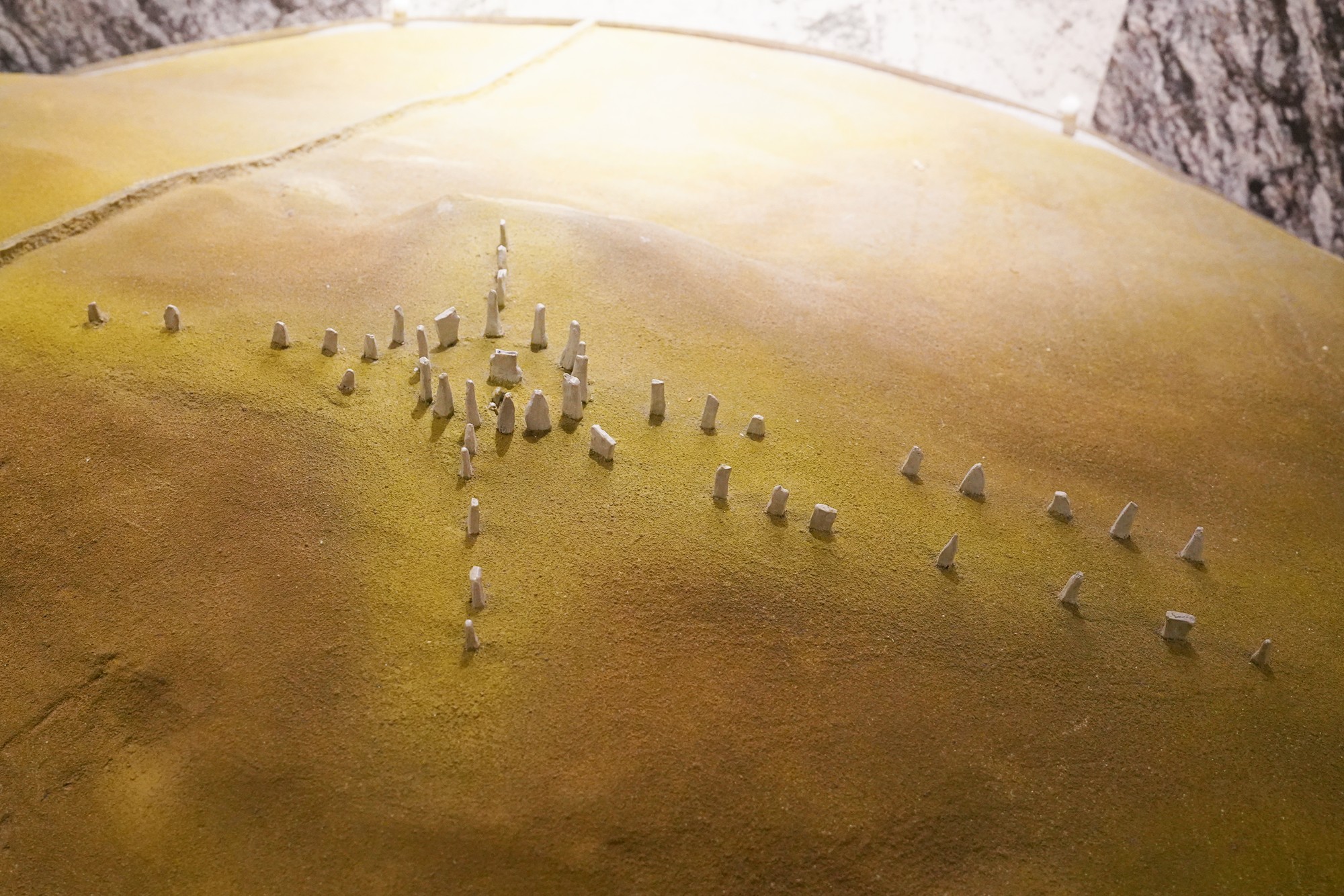
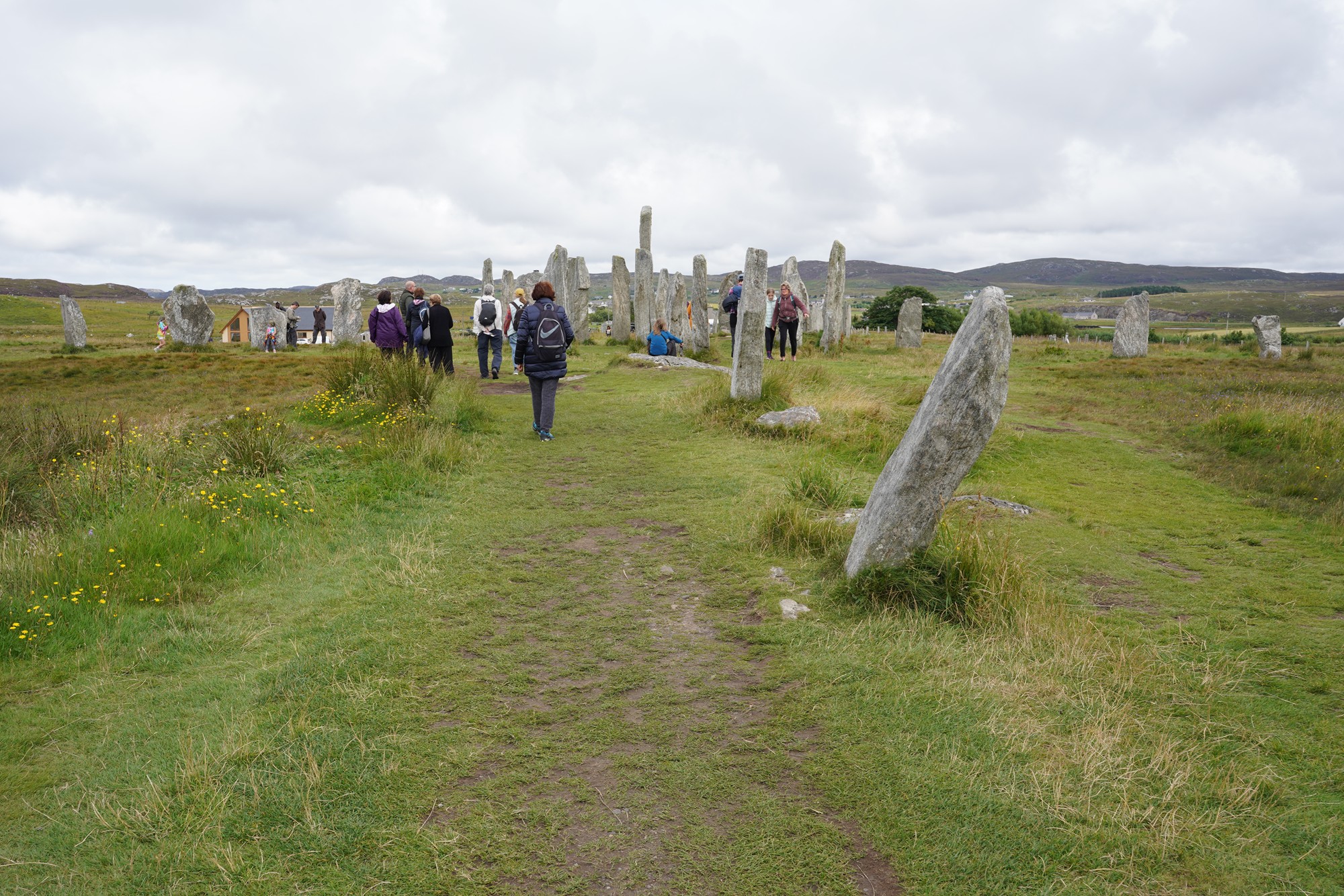

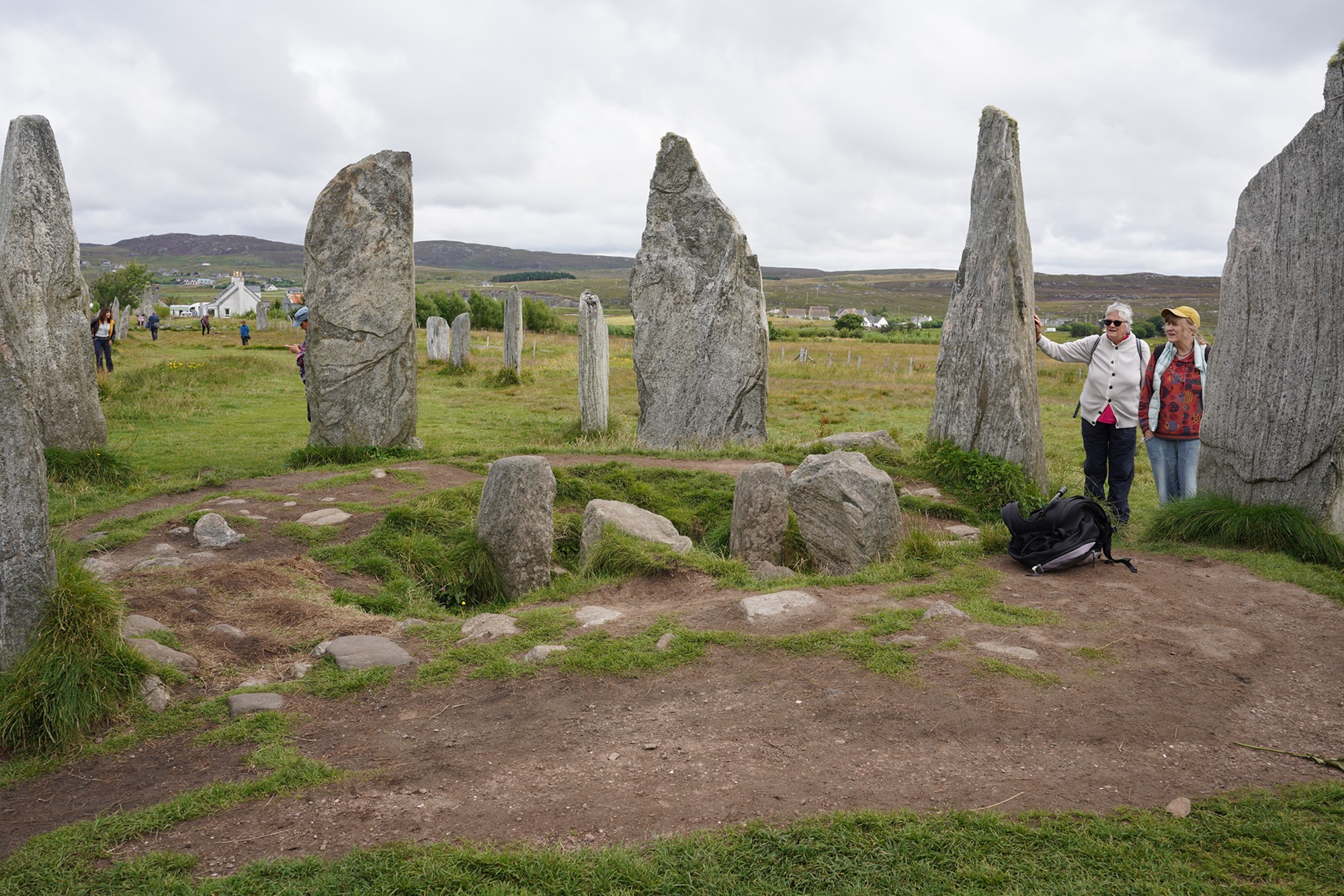
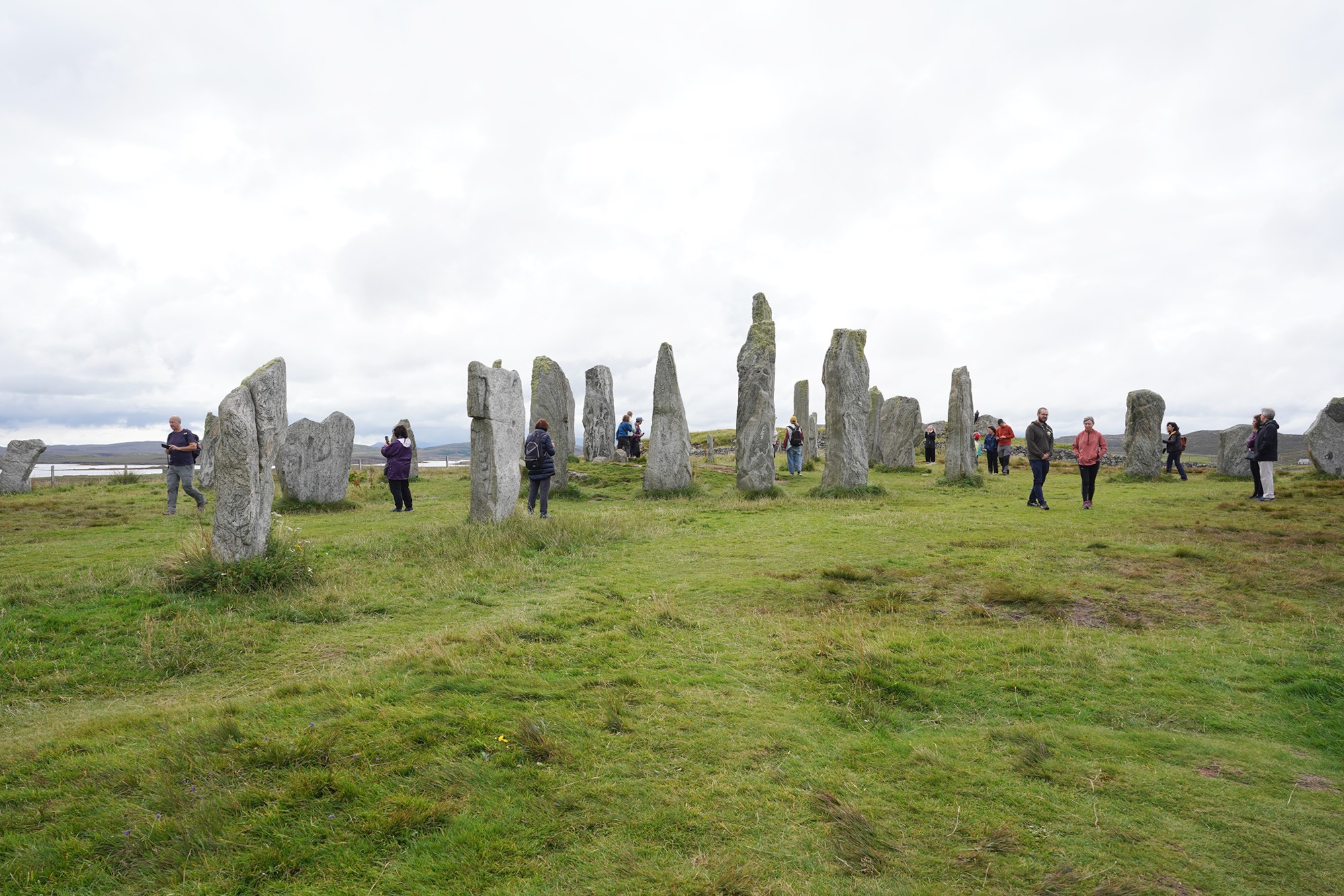
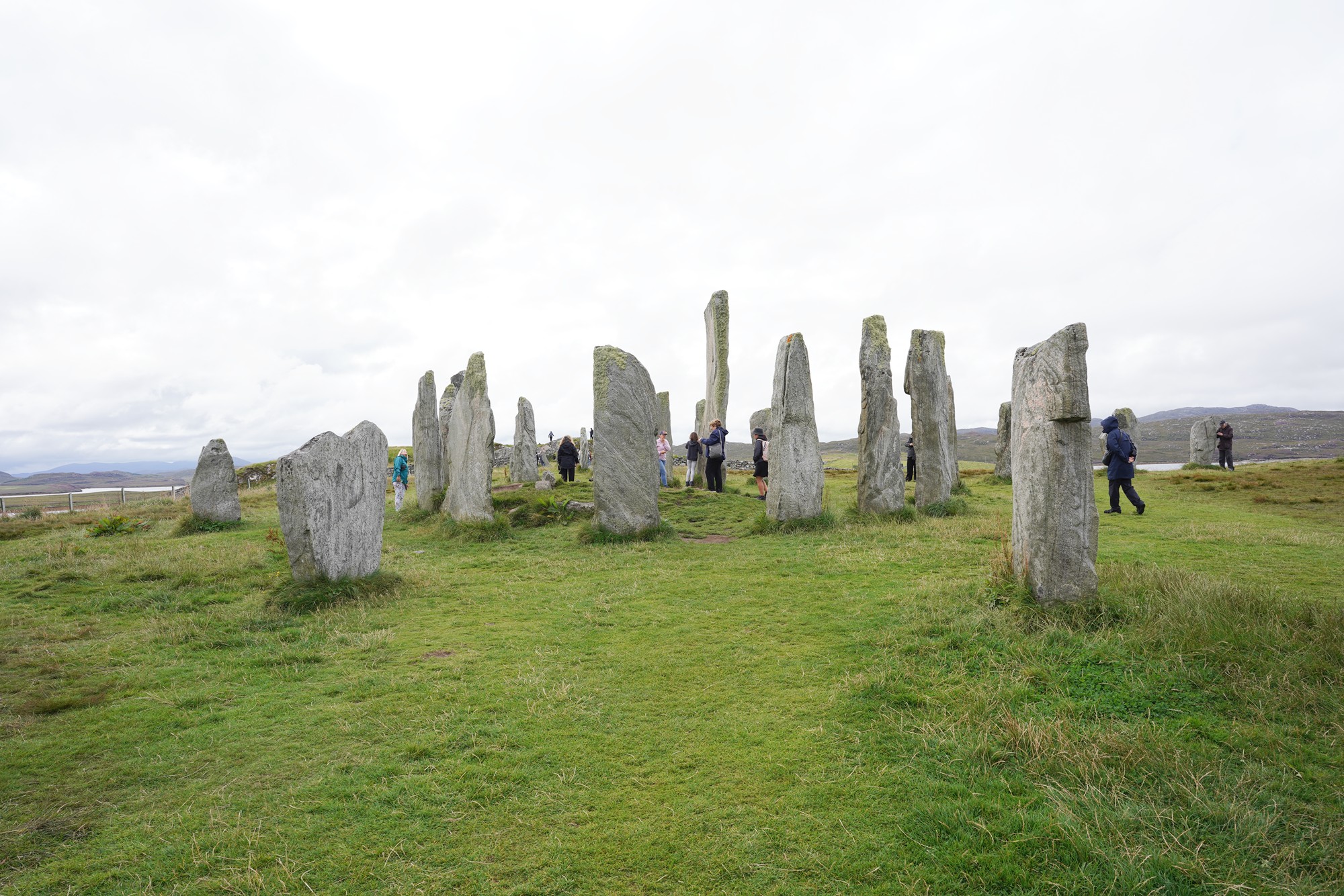
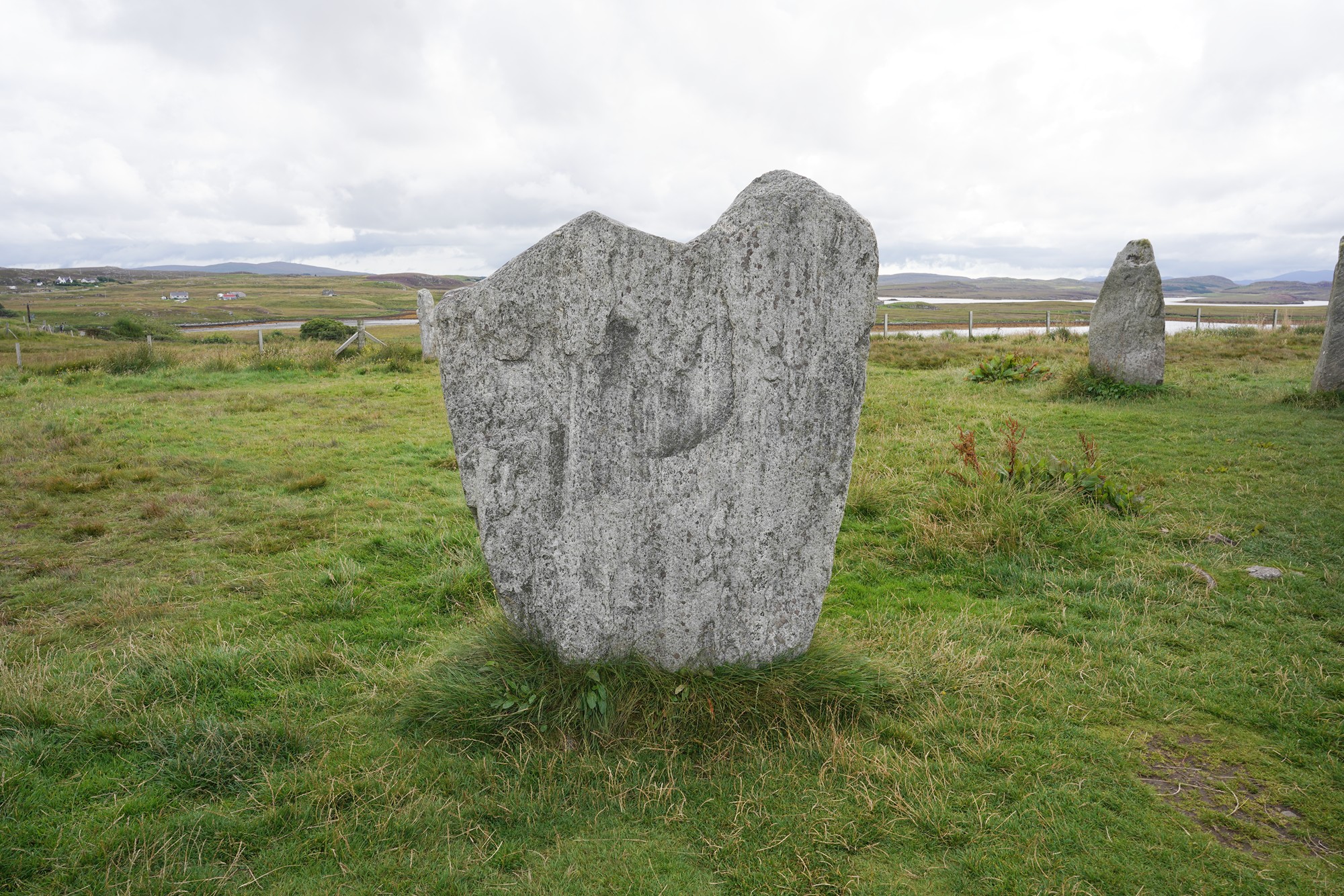
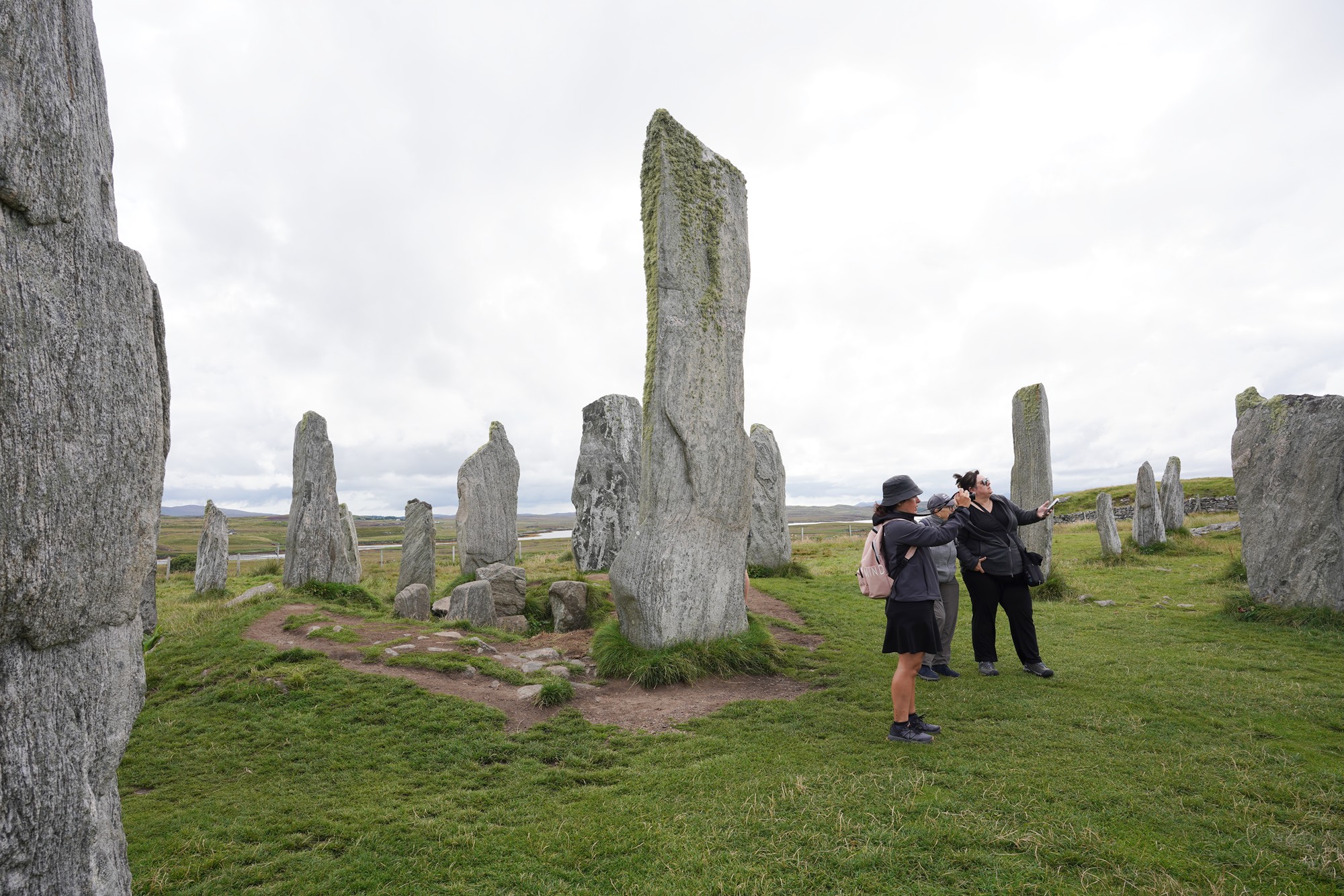
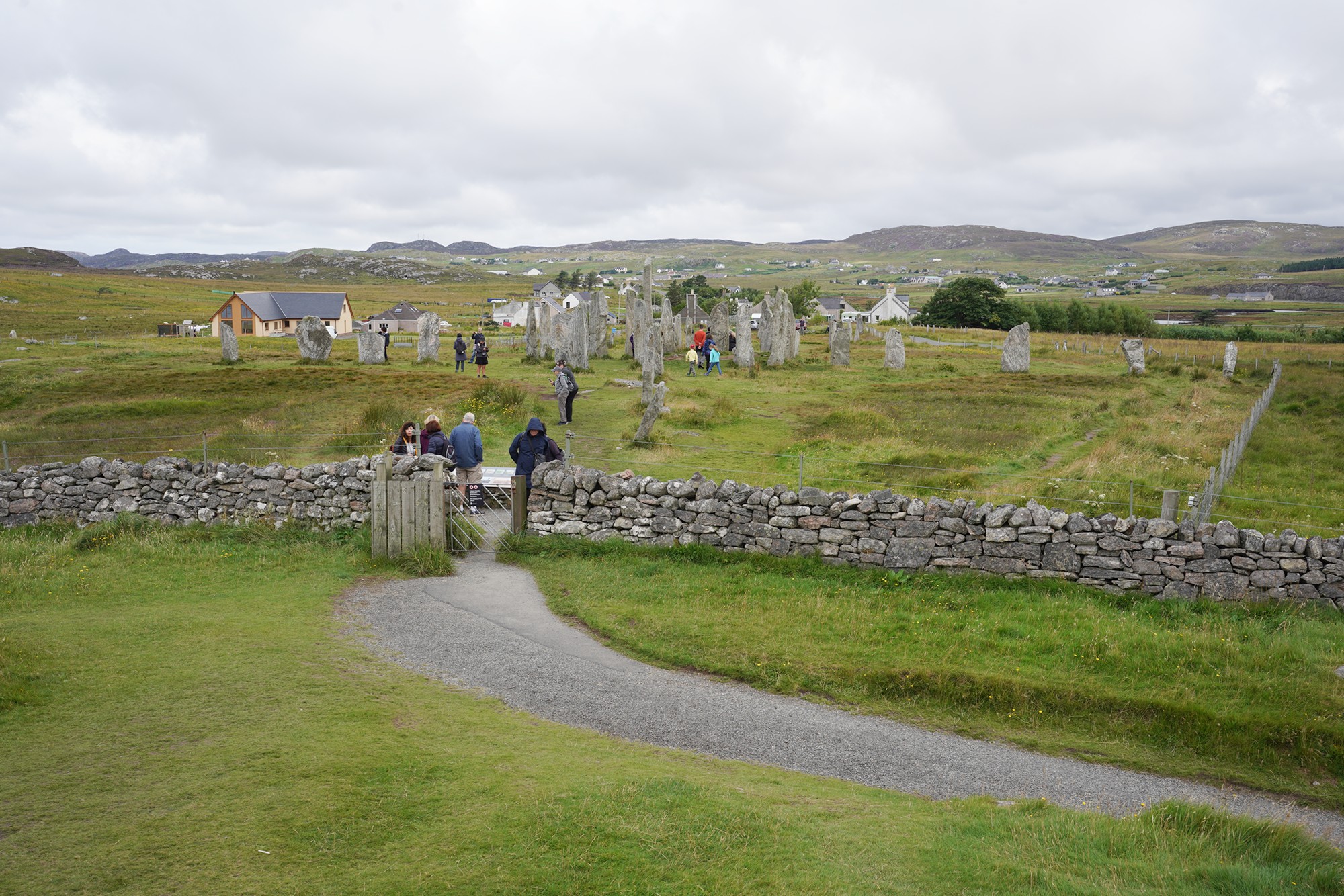
Looking back at the visitor center
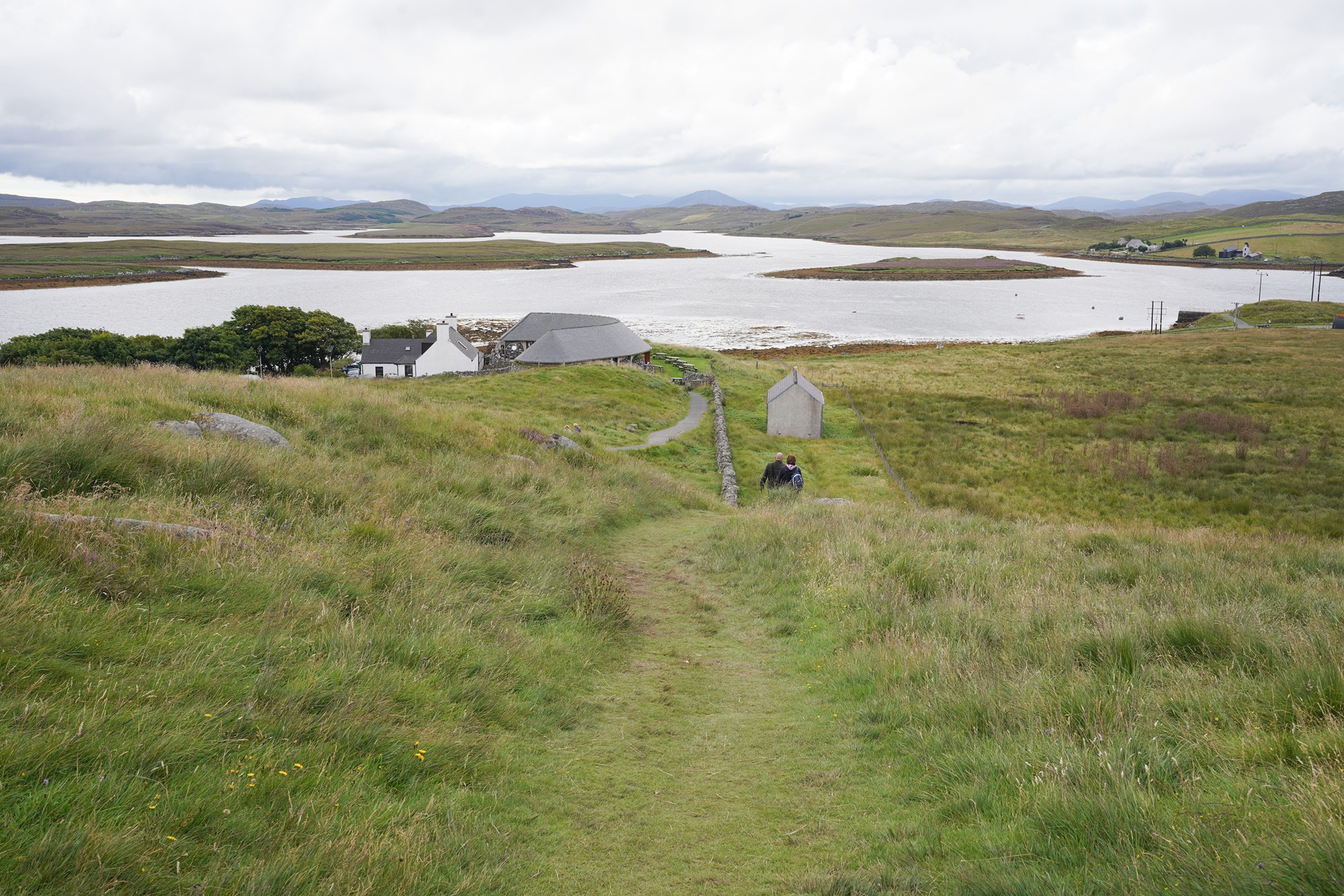
A brief stop at a scenic area
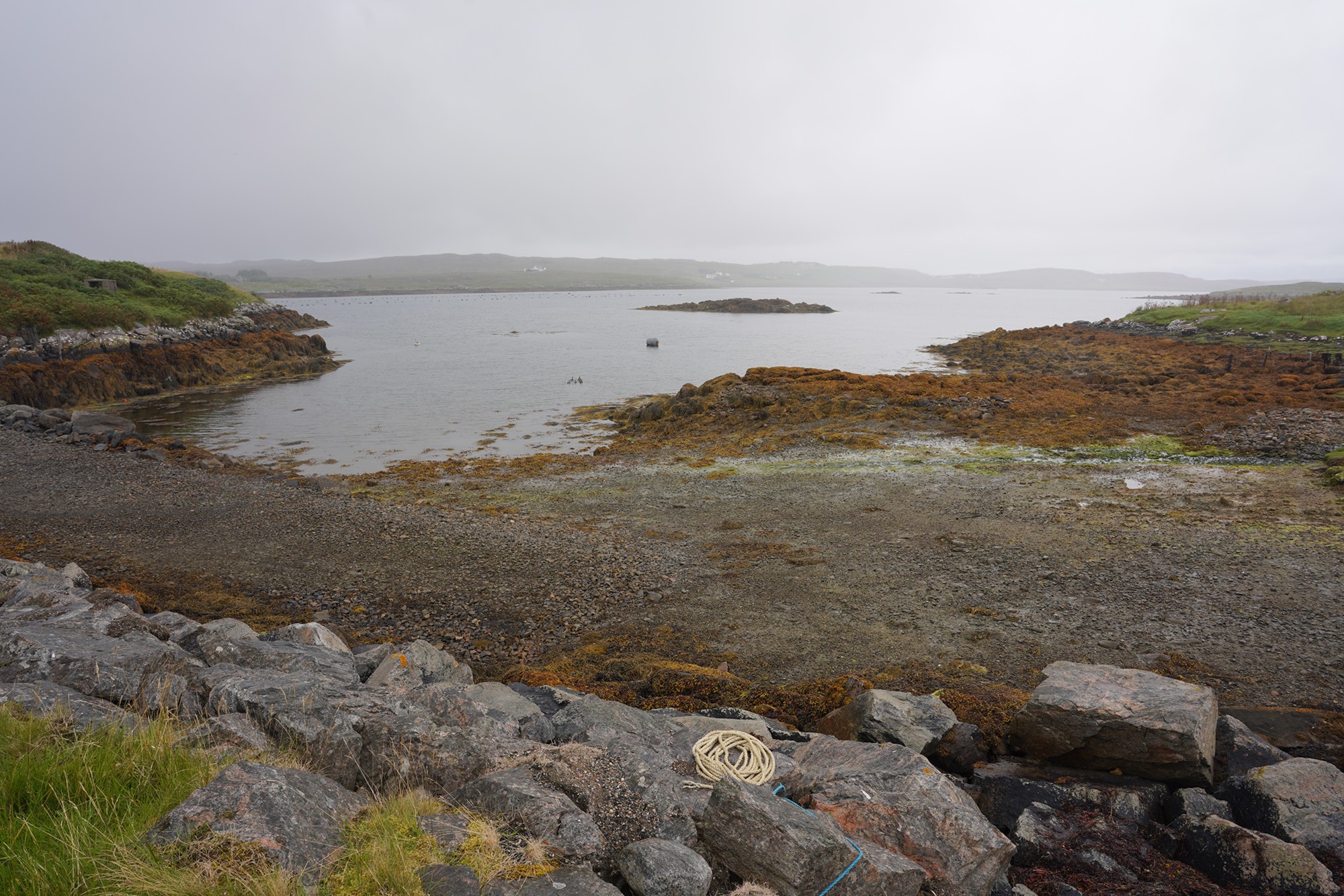
The next stop was Bosta Beach
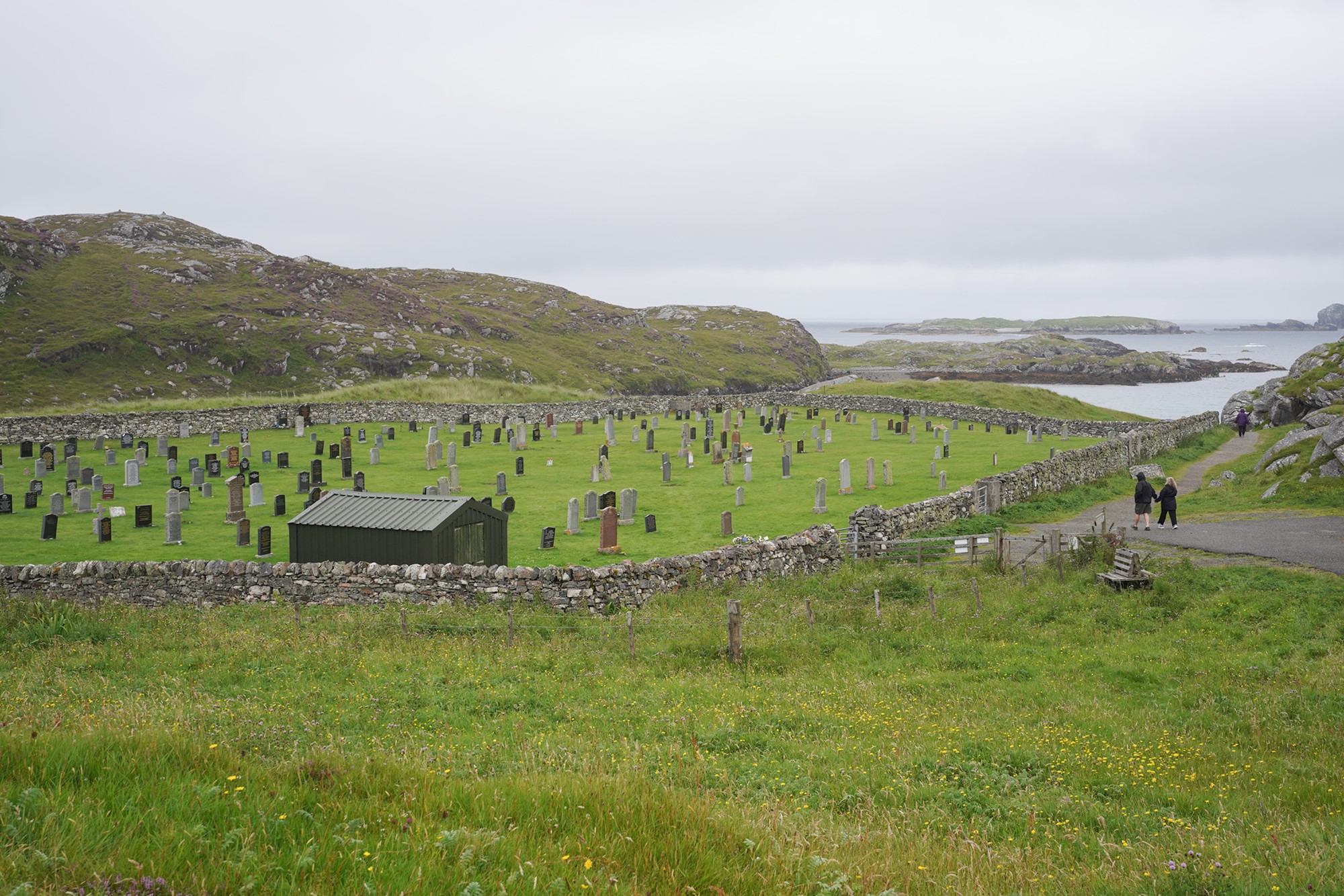
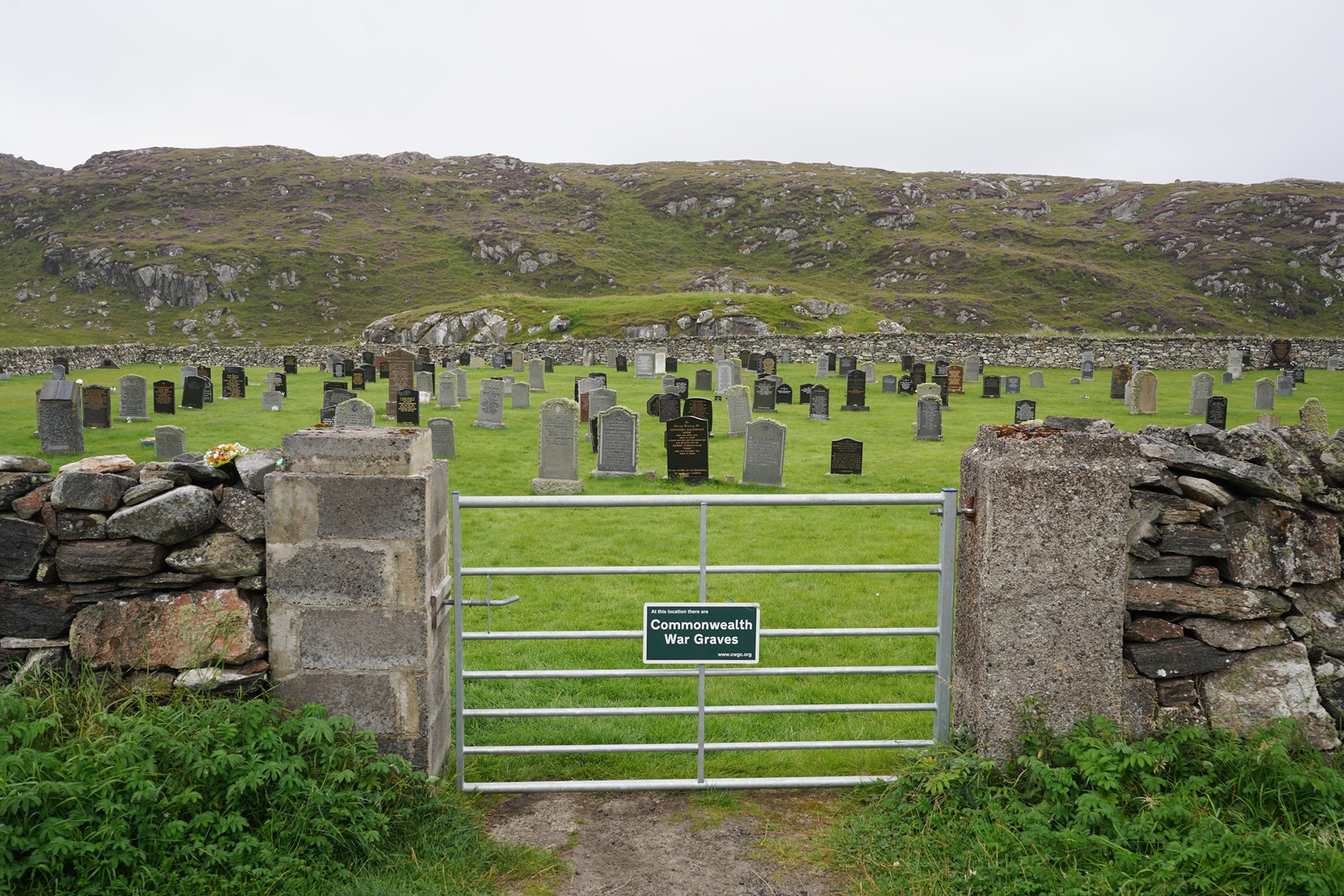
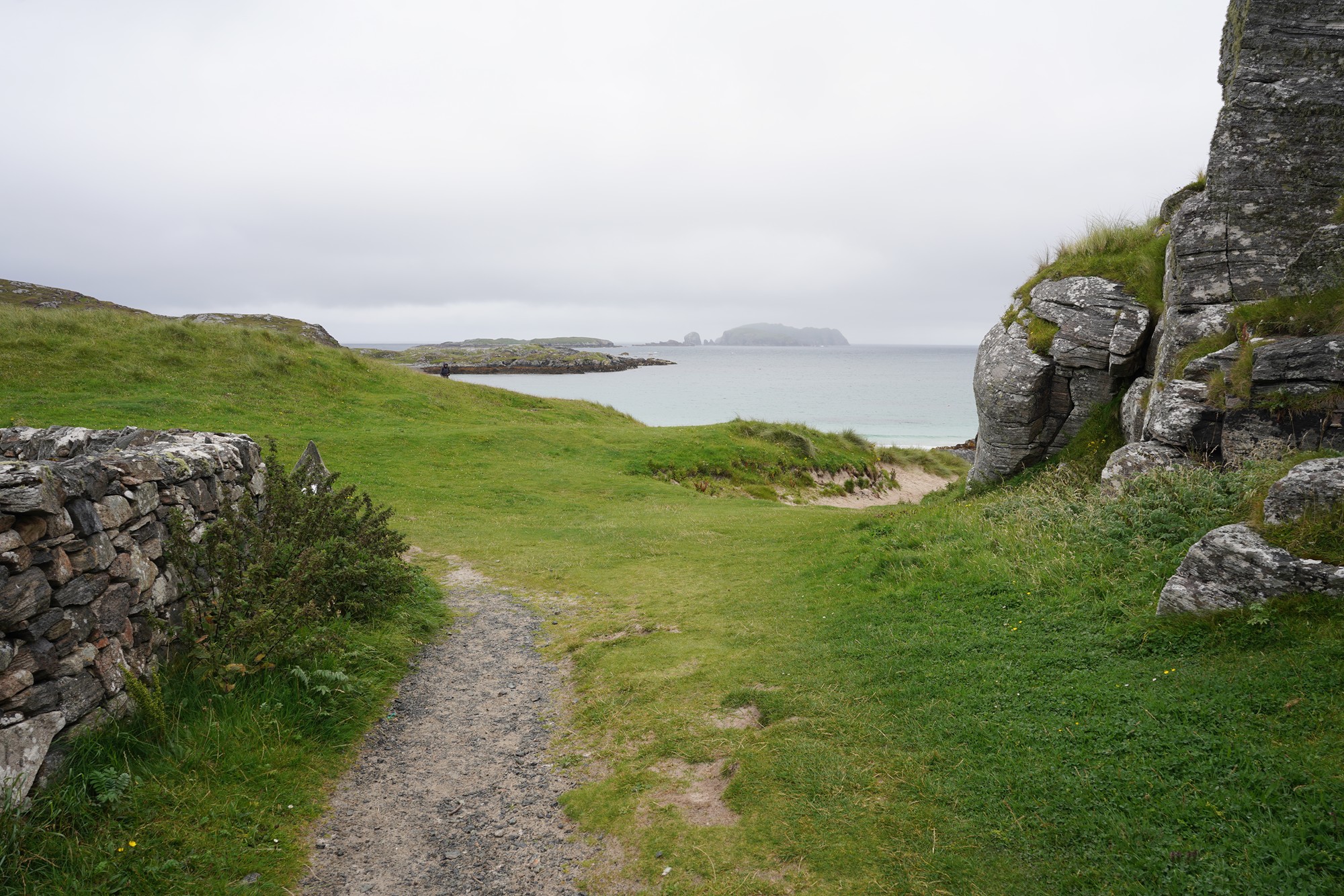
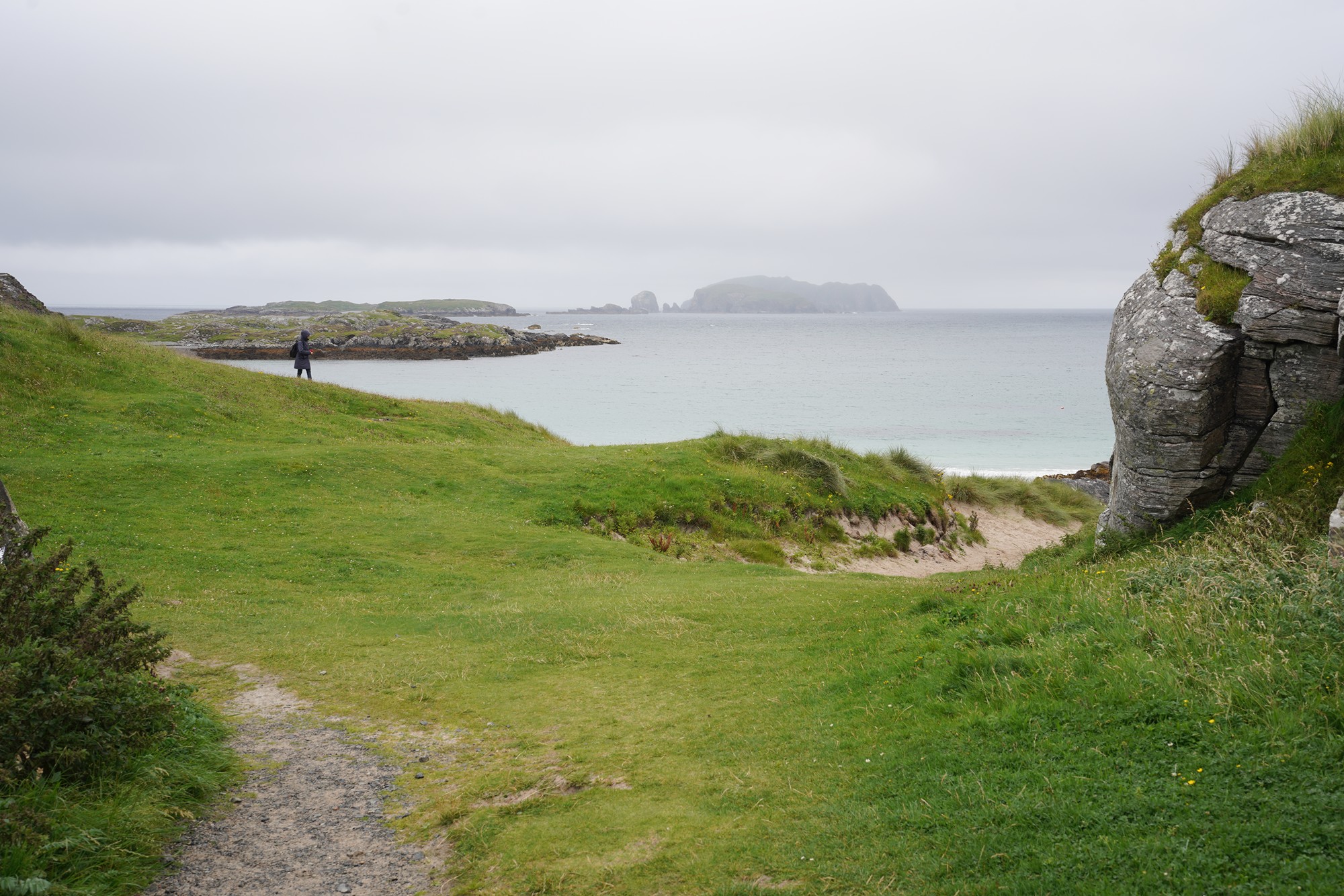
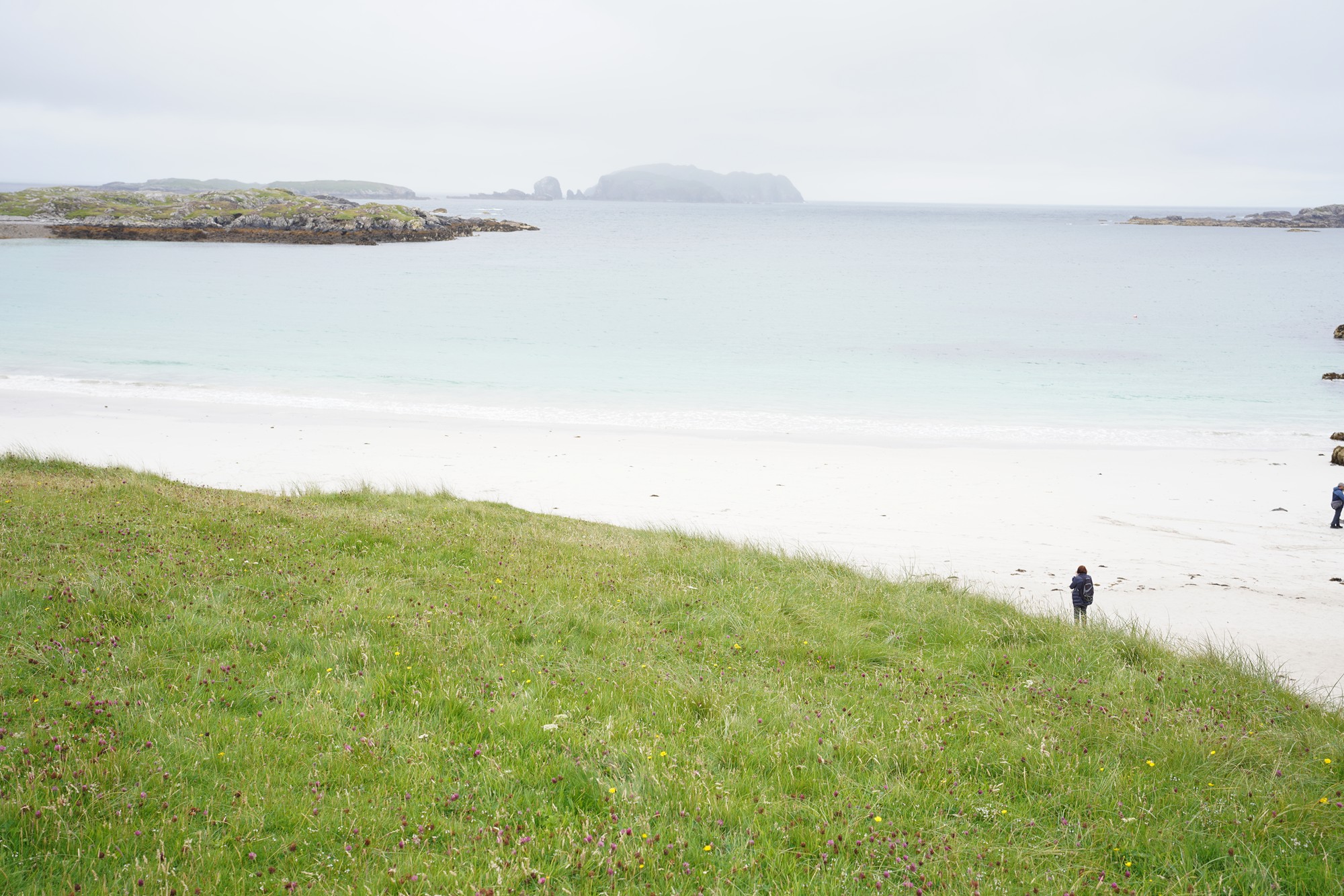
Panoramic view
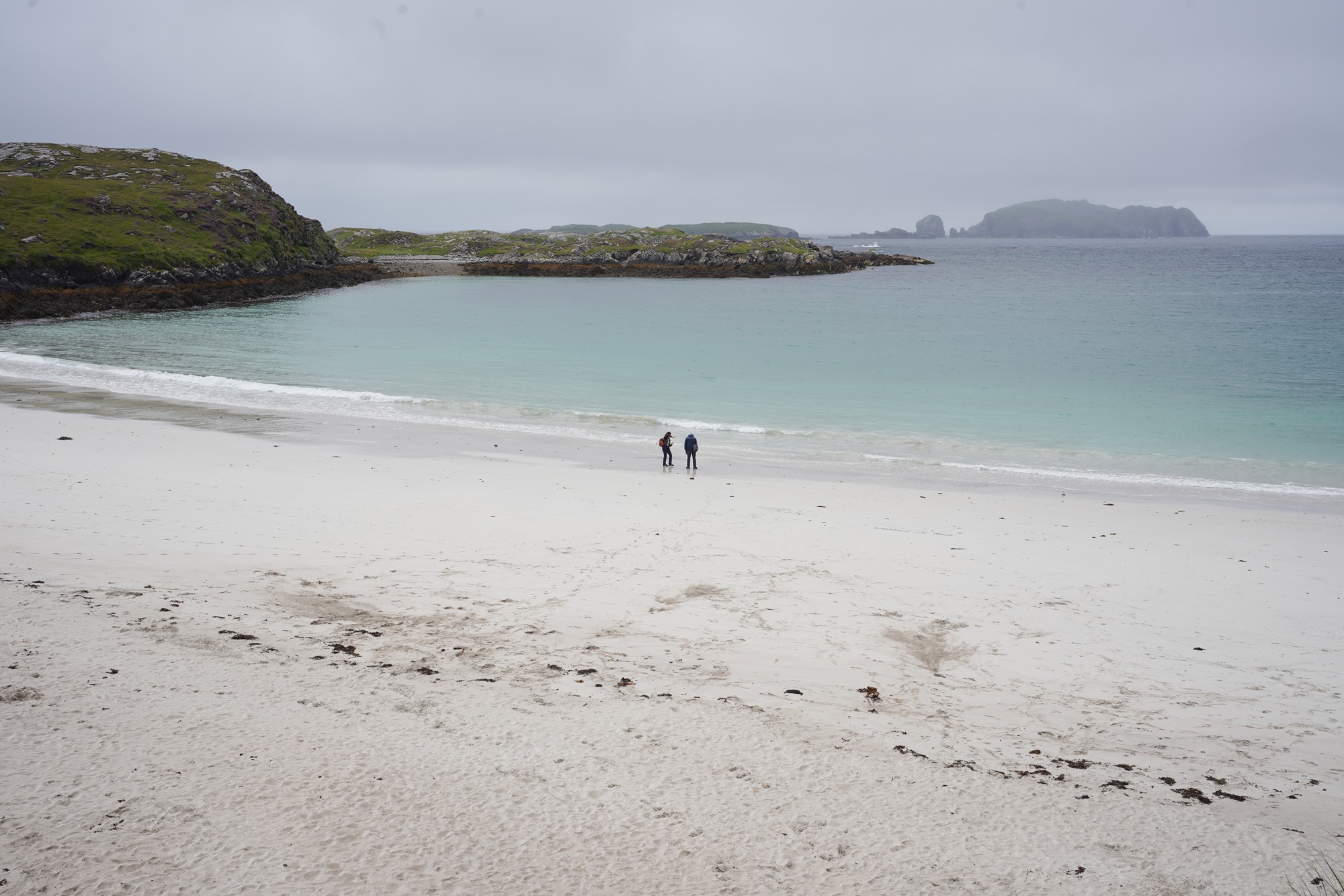
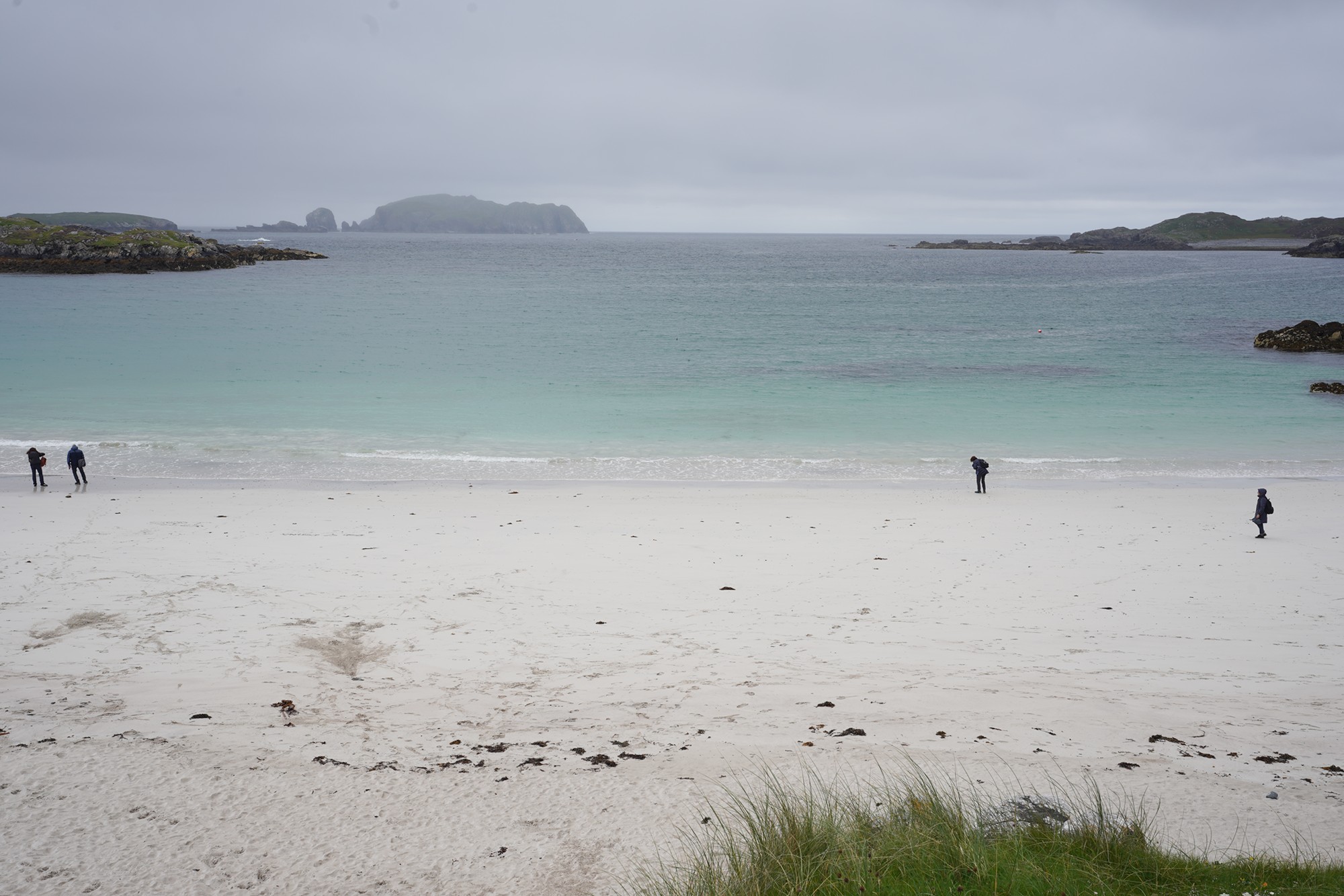
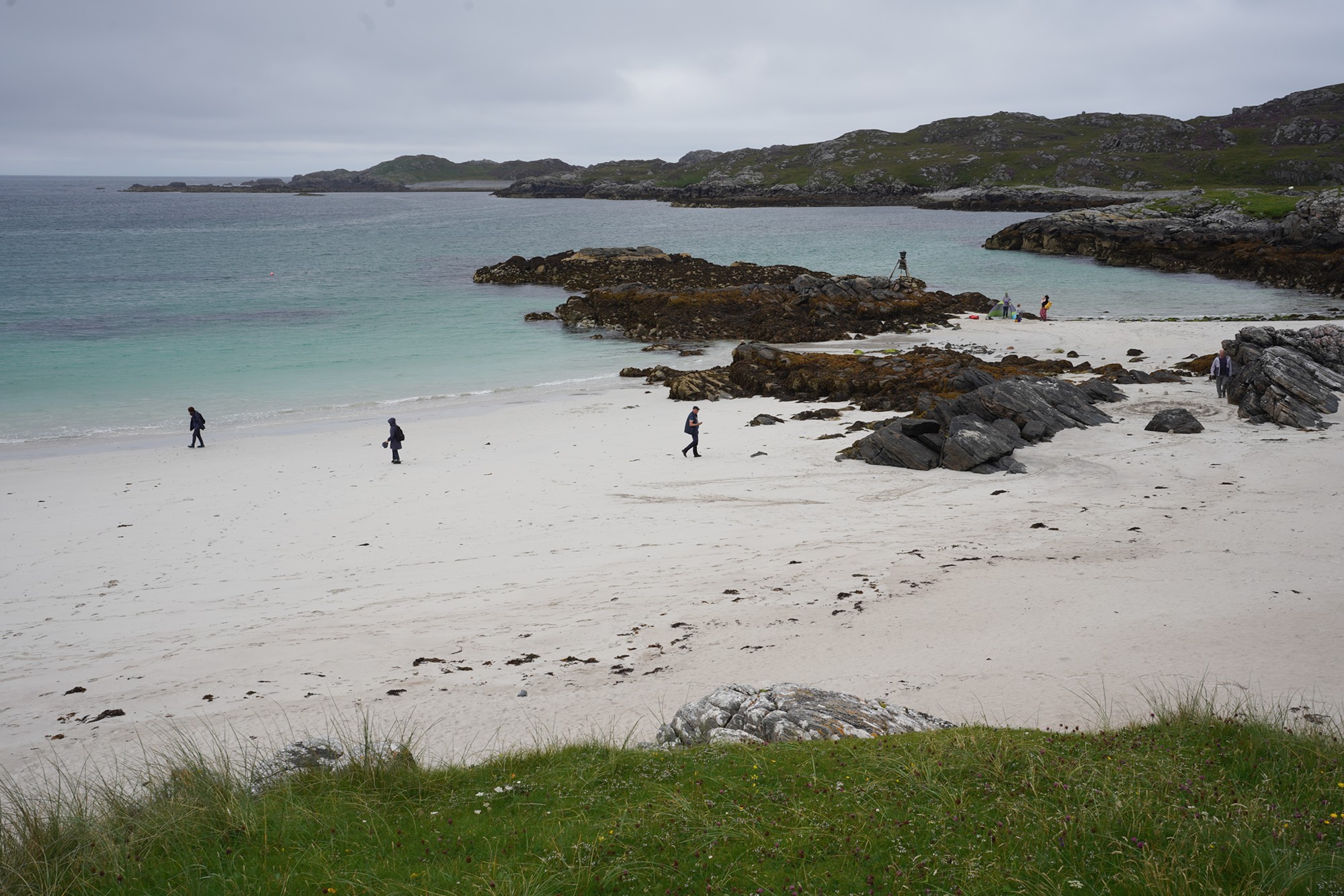
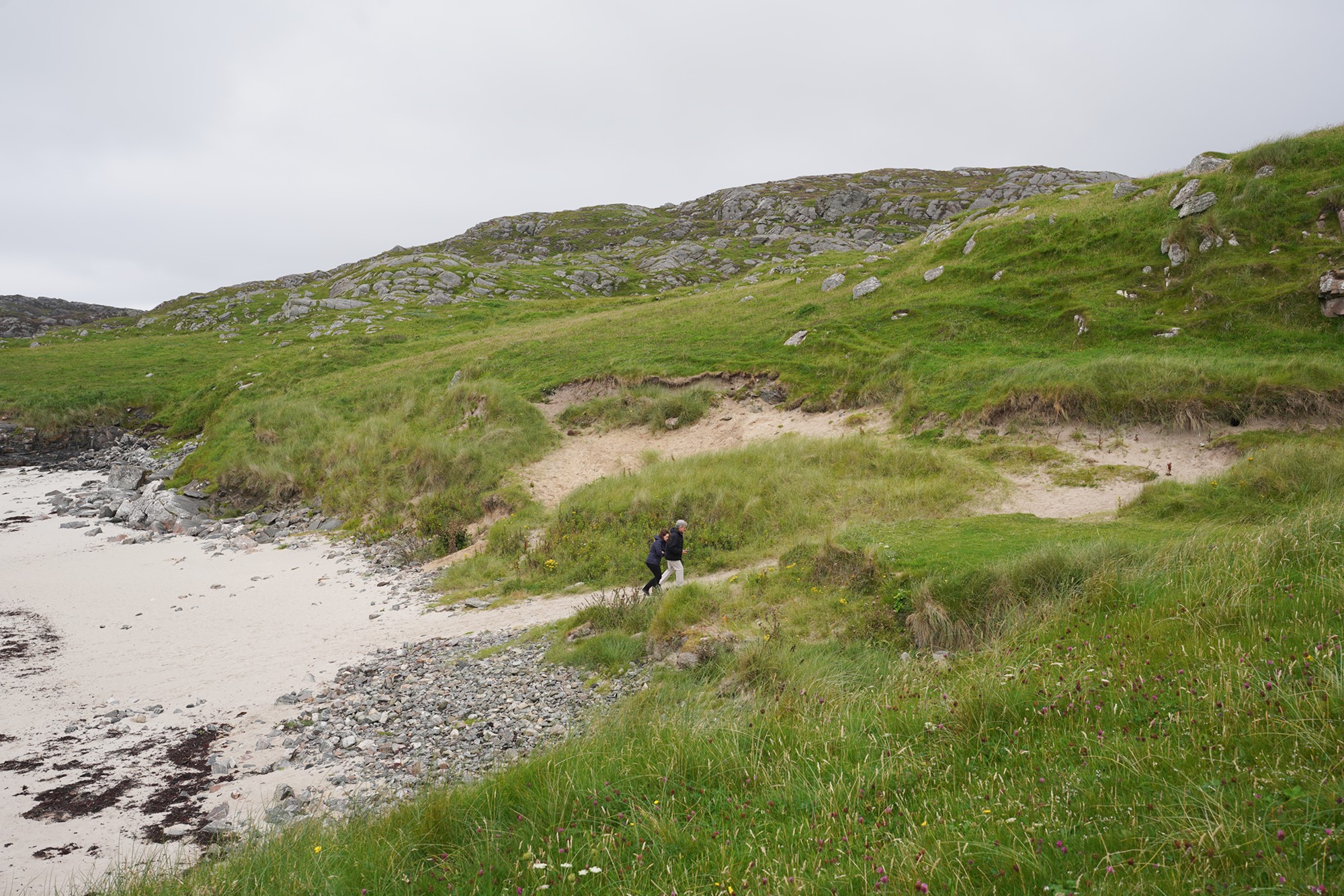
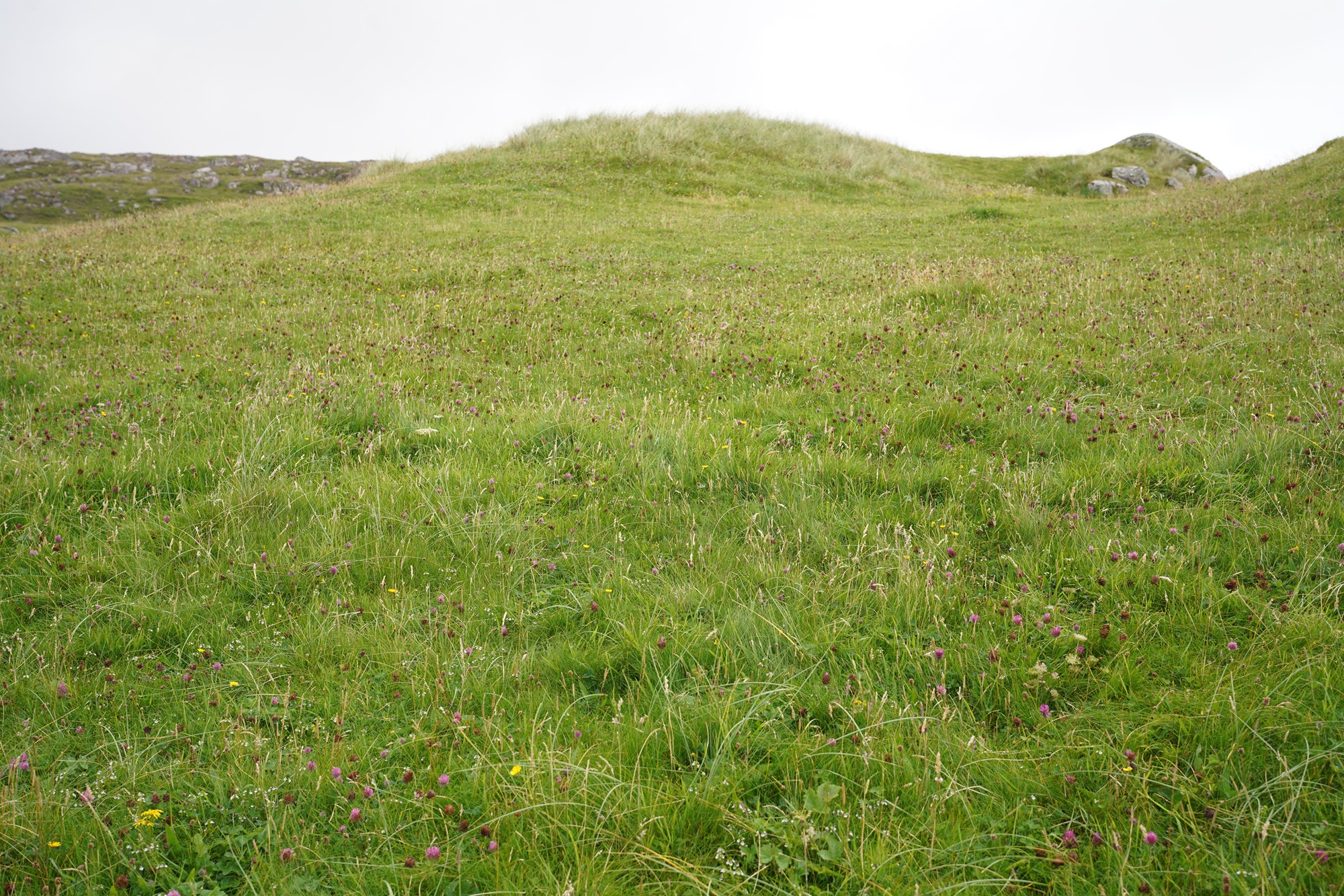
Bostadh Iron House
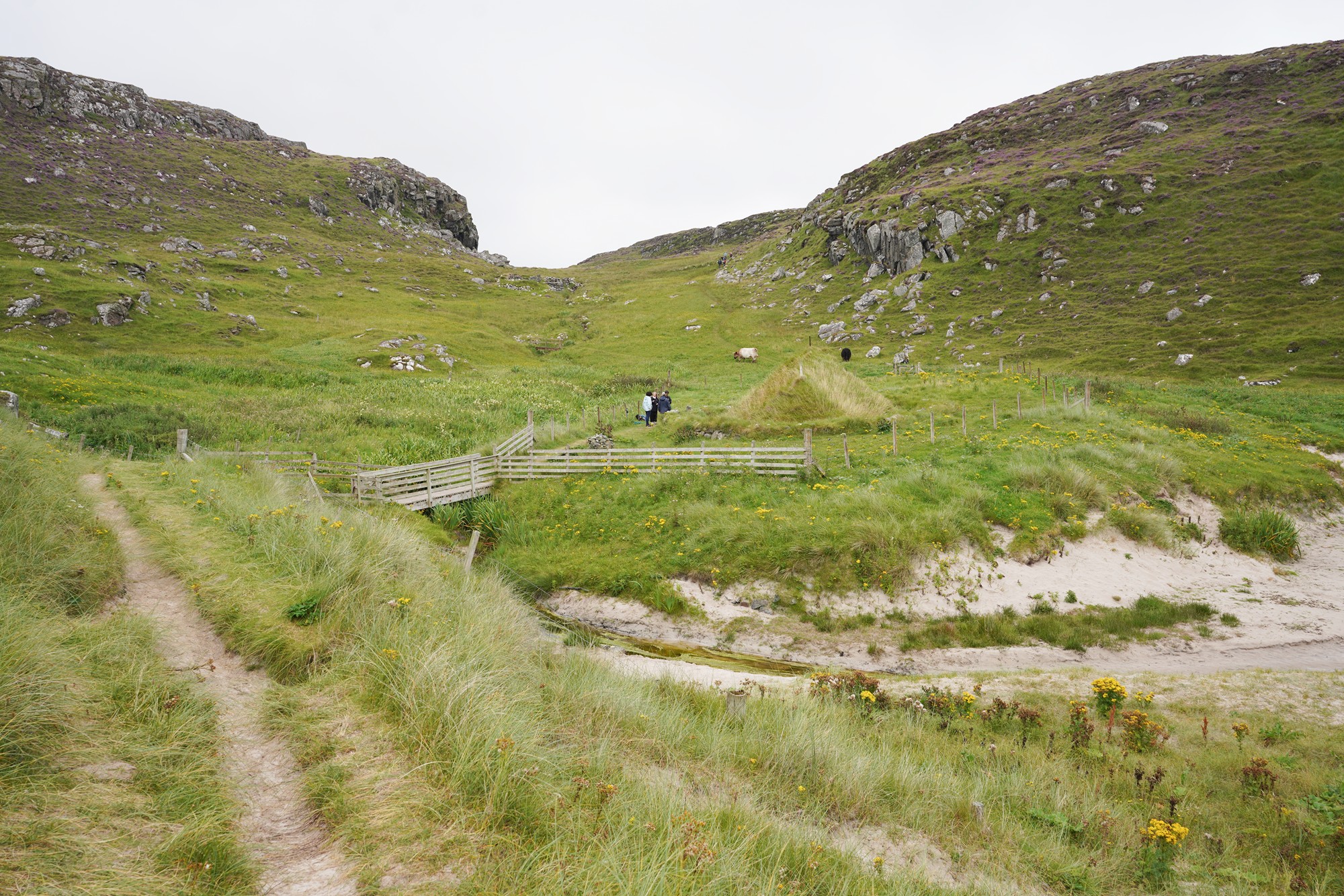
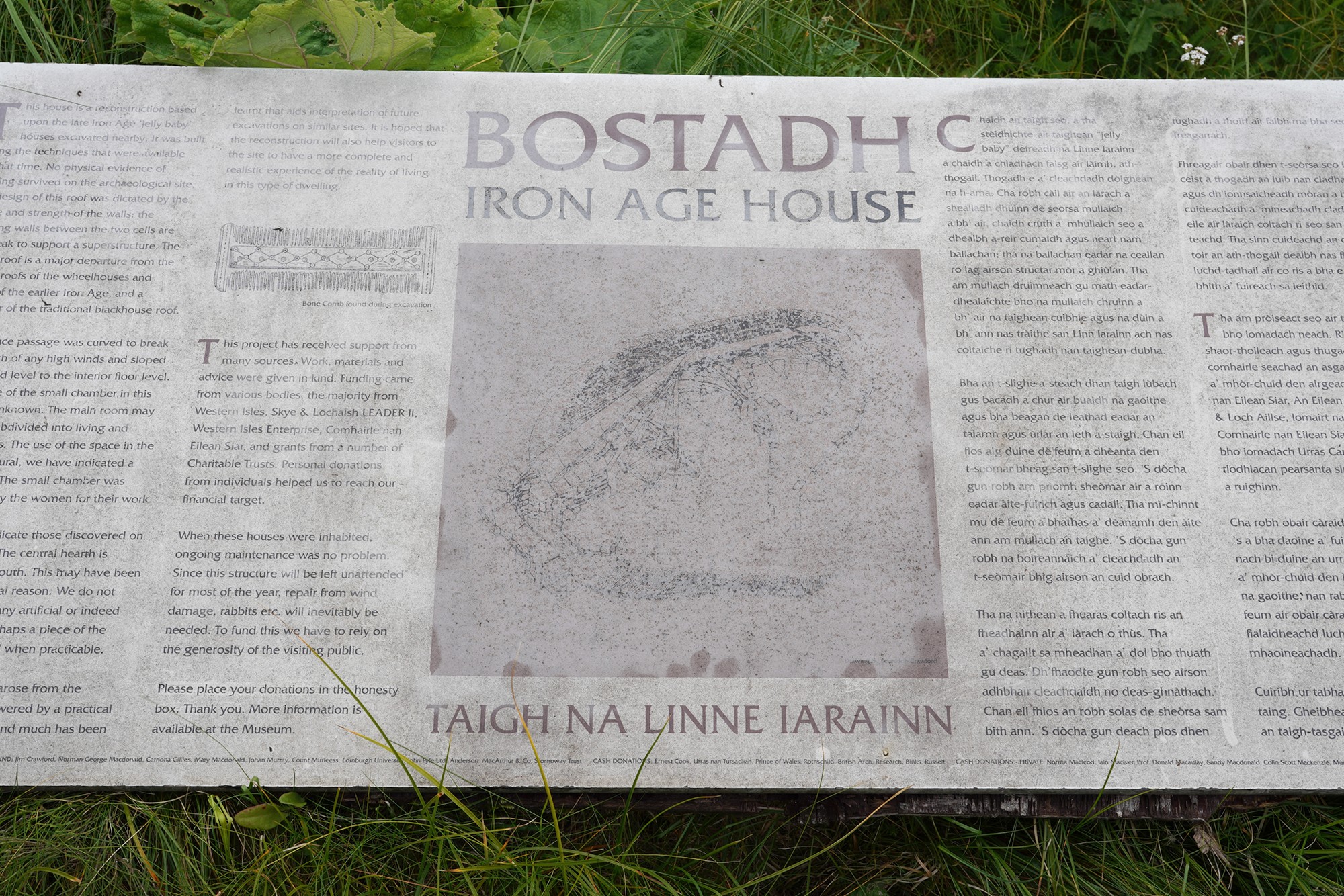
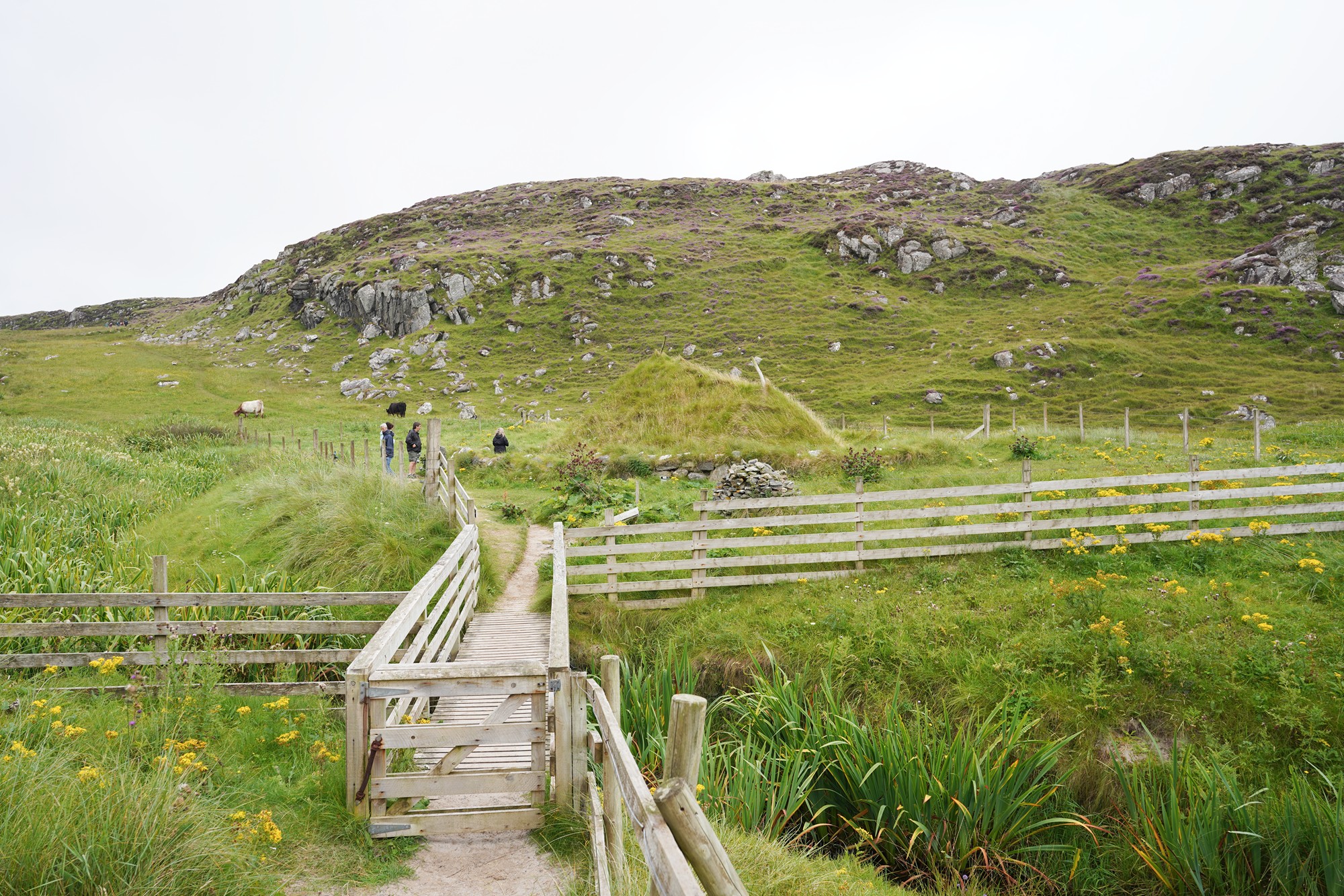
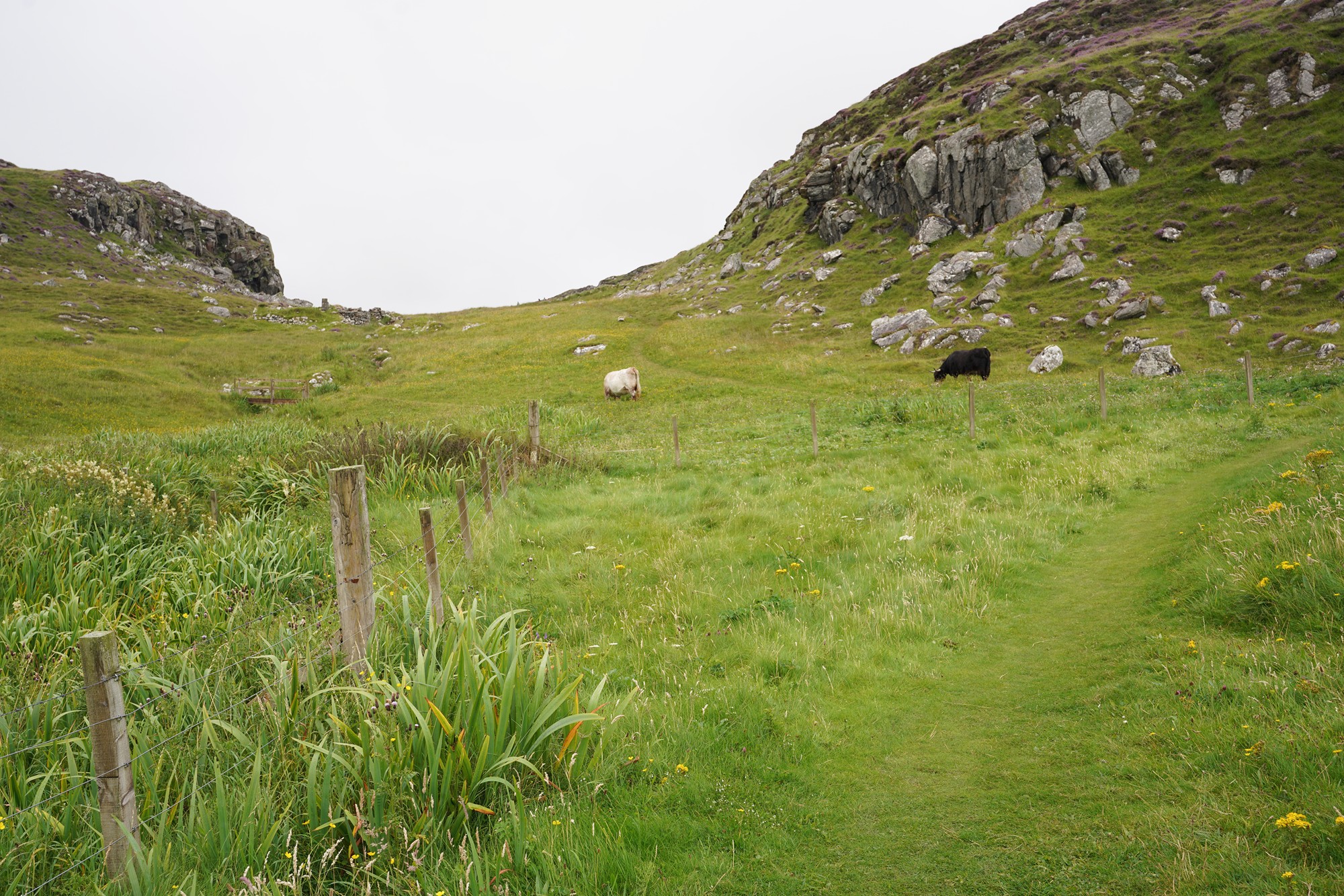
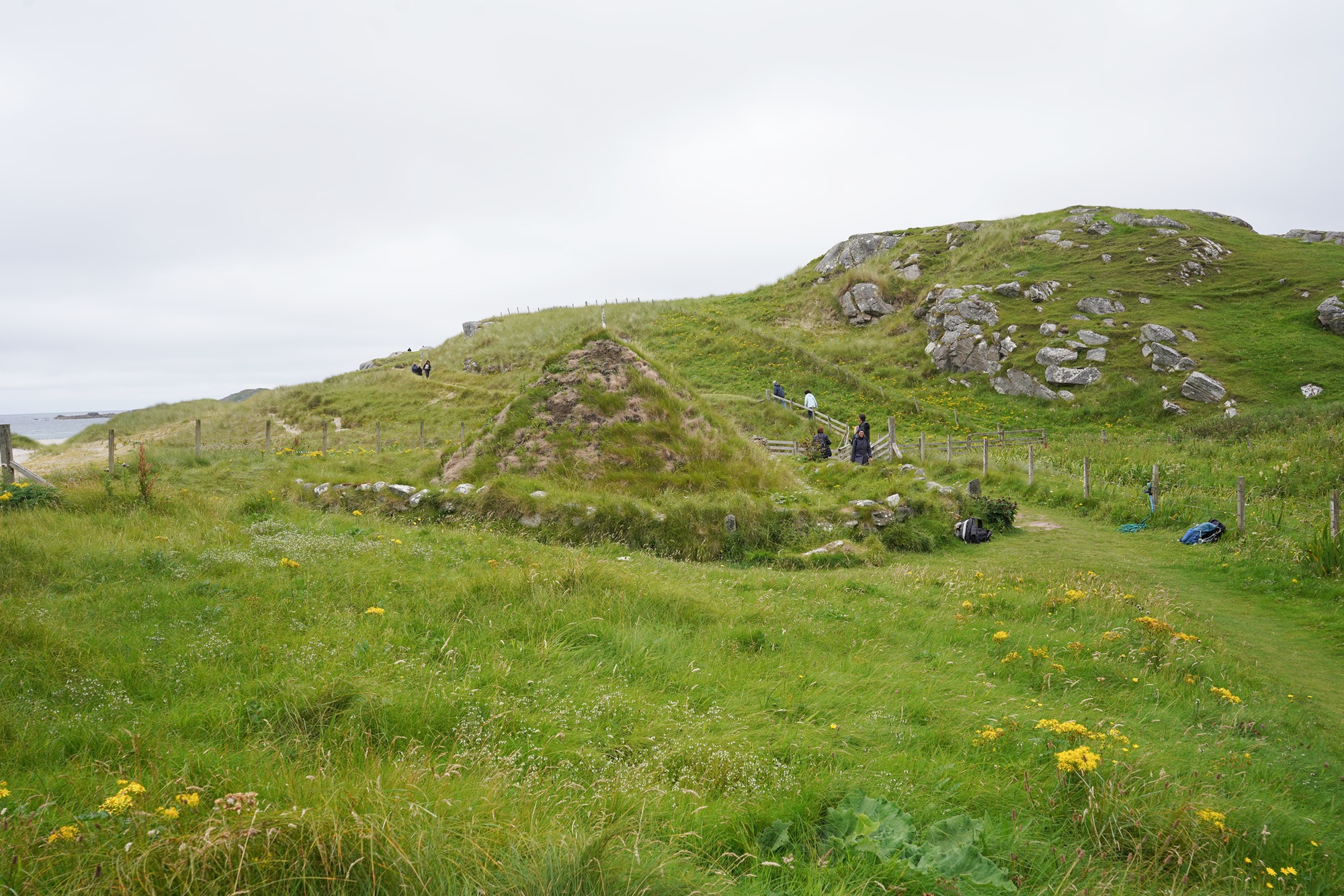
Walking back
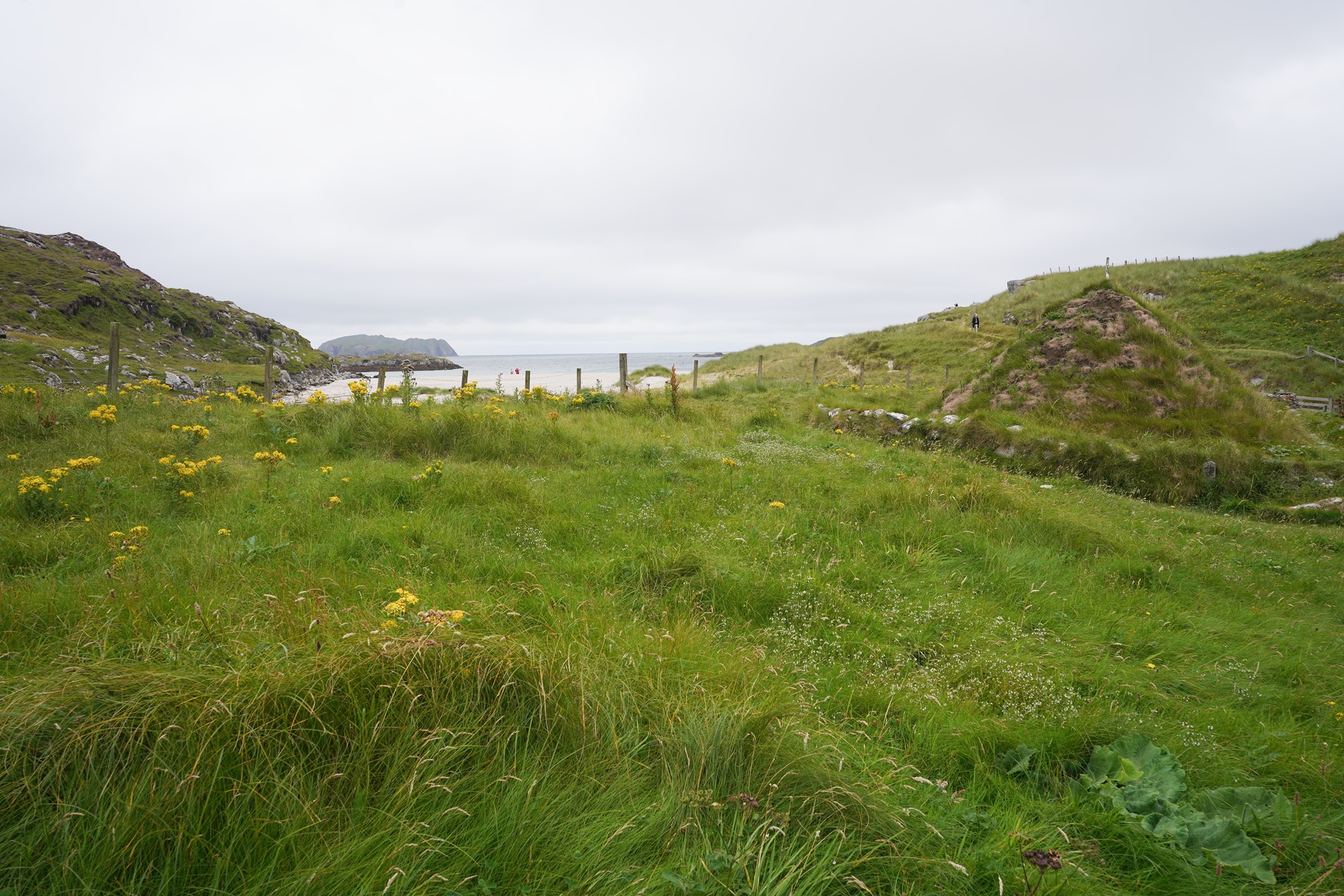
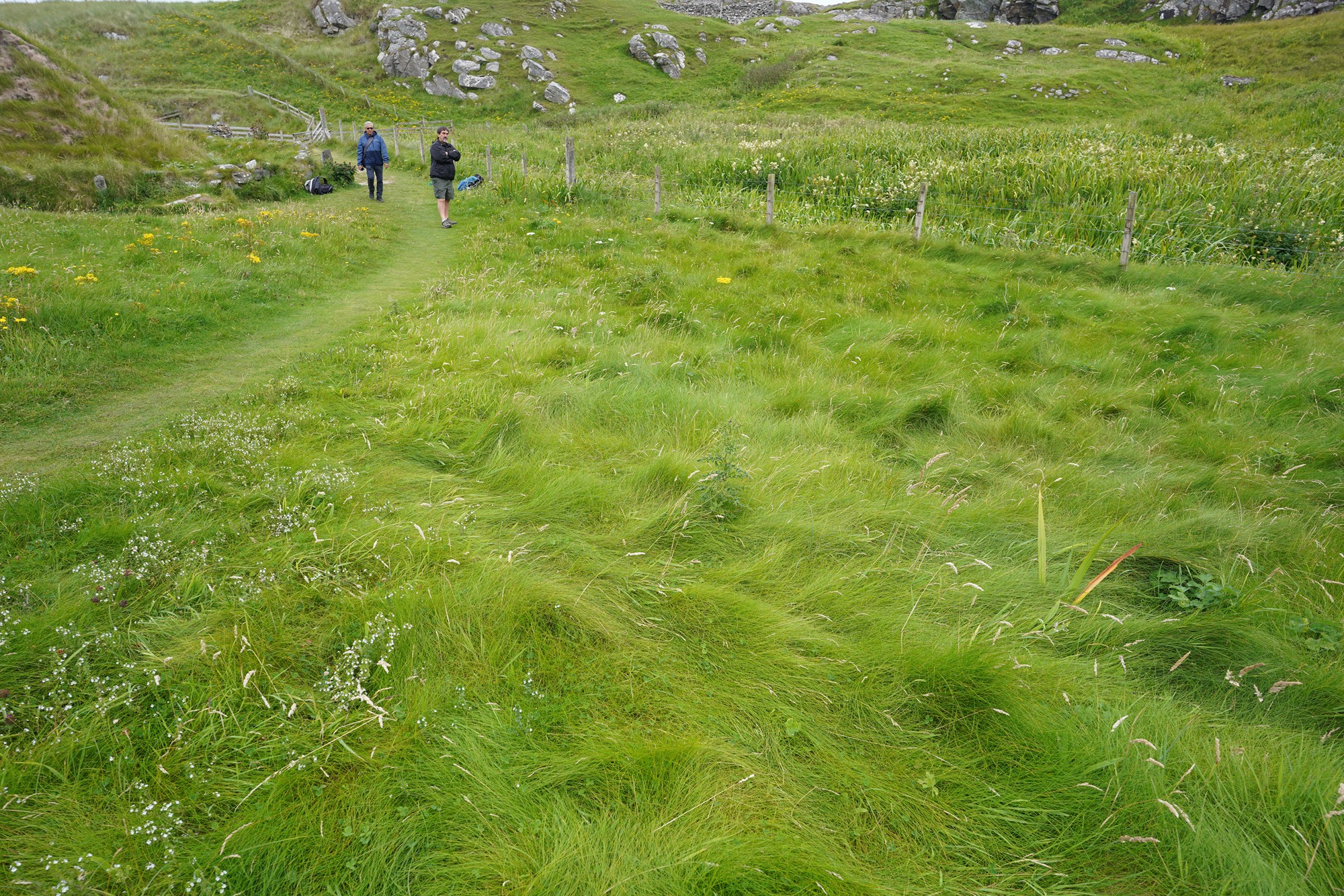
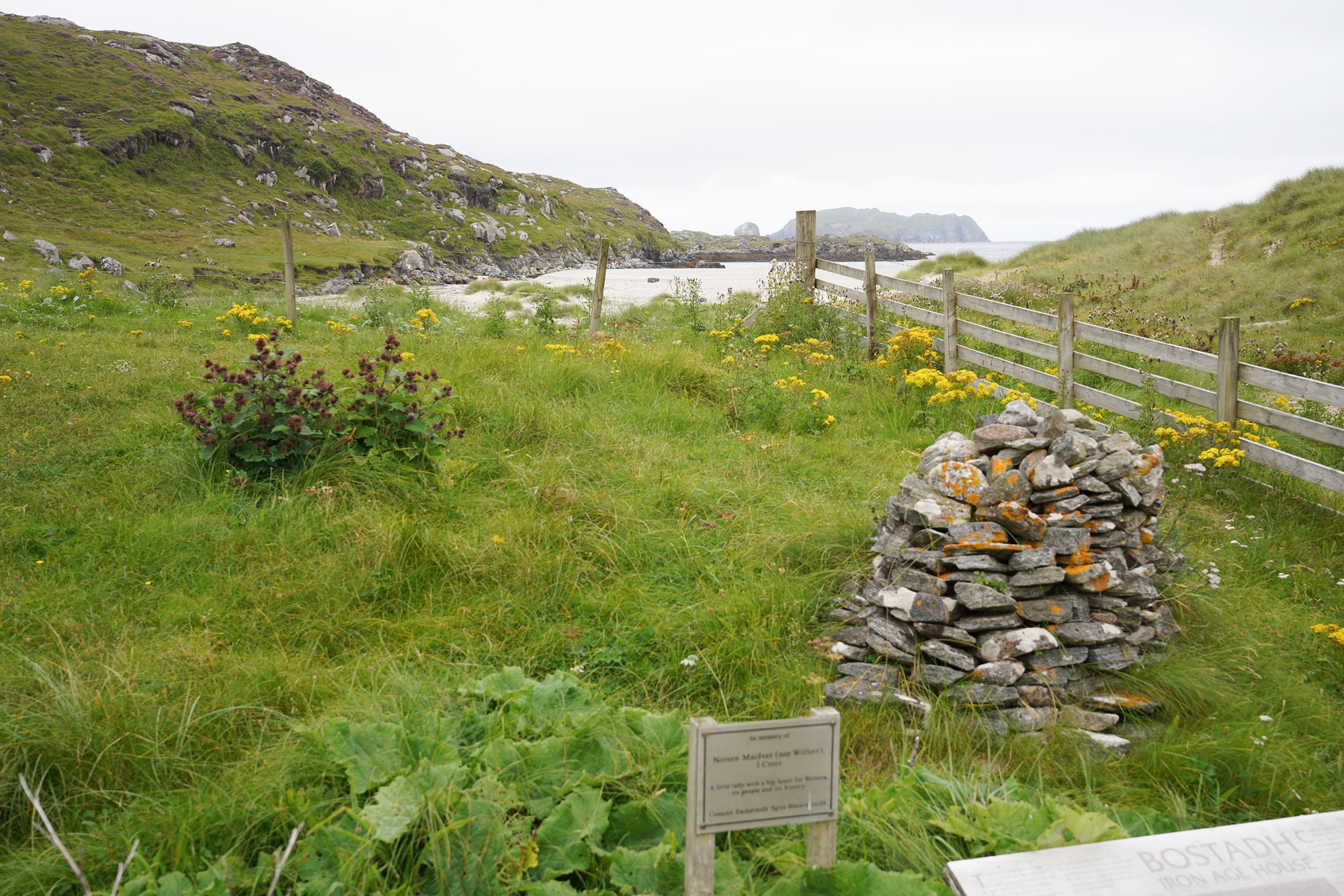
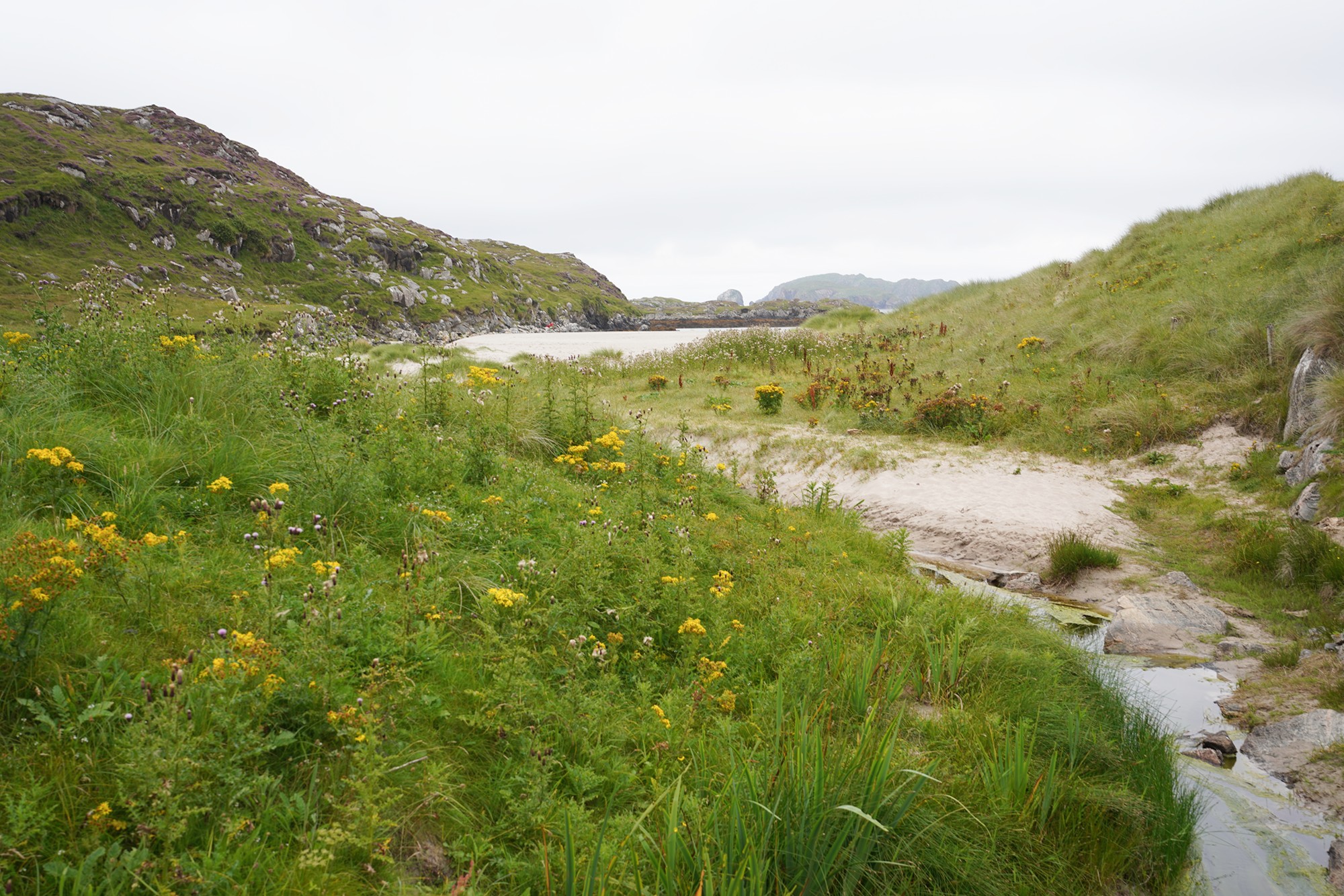
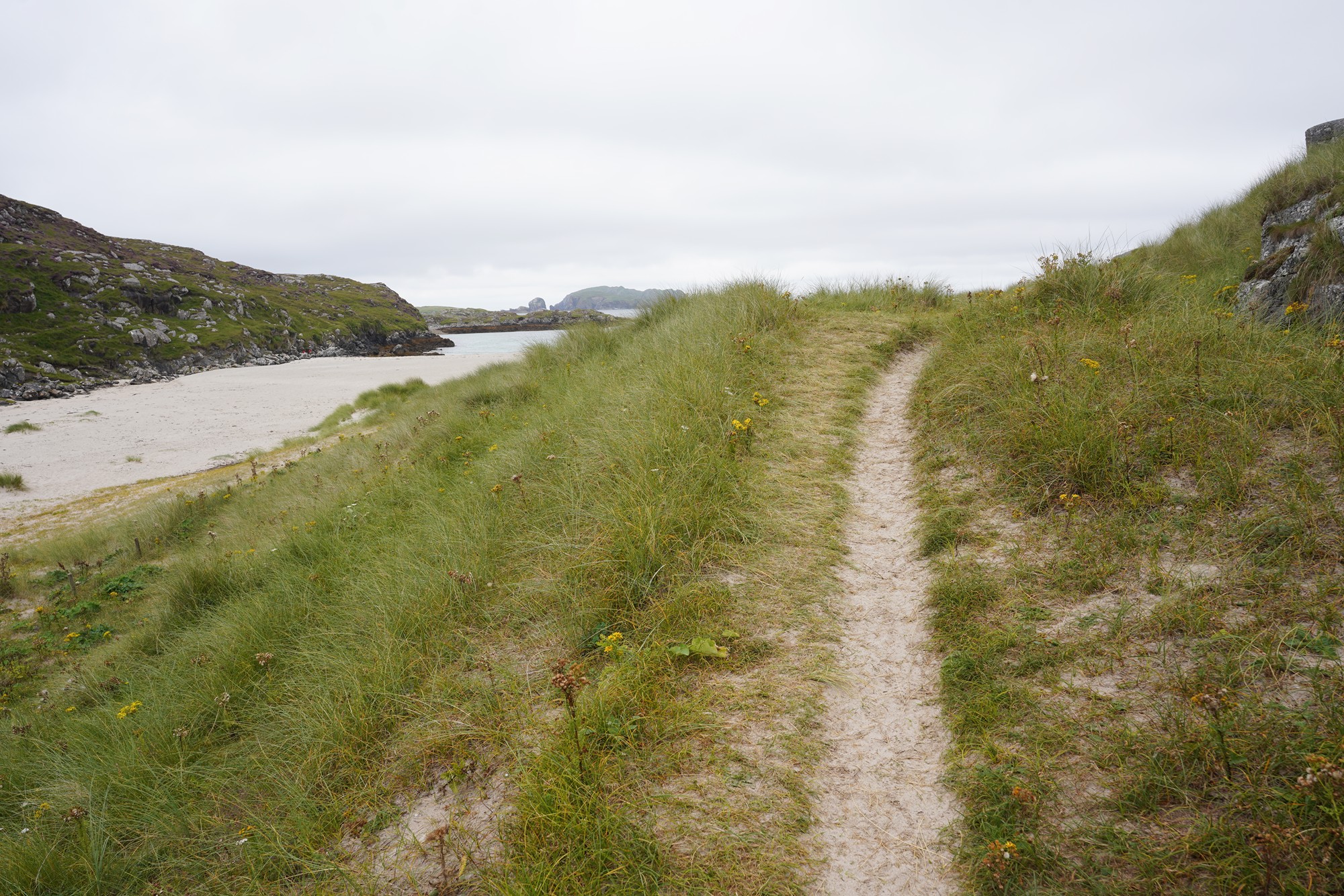
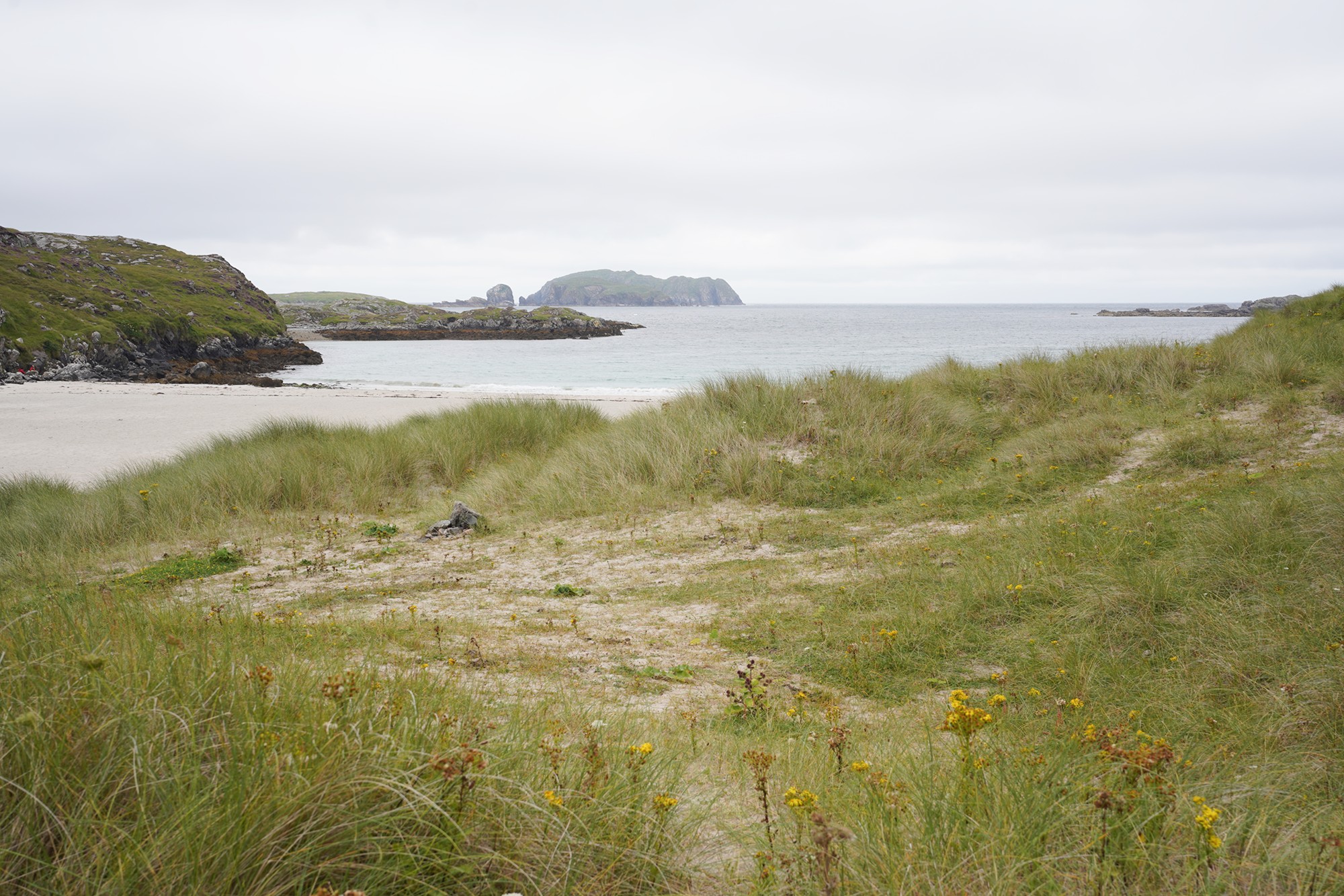

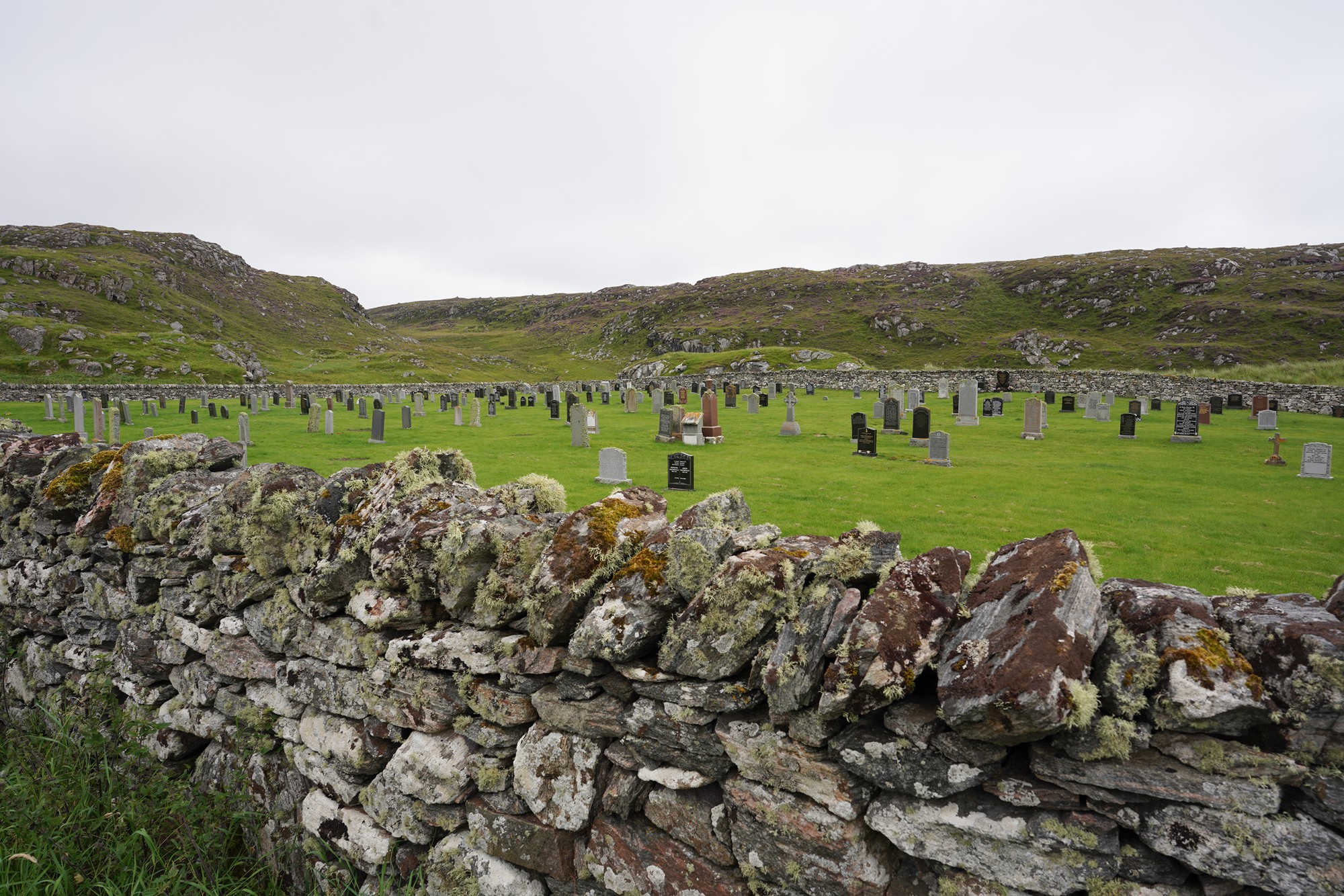
The next brief stop was at the Uig Chessmen Sculpture to commemorate the actual chess pieces discovered in Uig, Lewis Island. The chess pieces are displayed in the British Museum and the National Museum of Scotland.
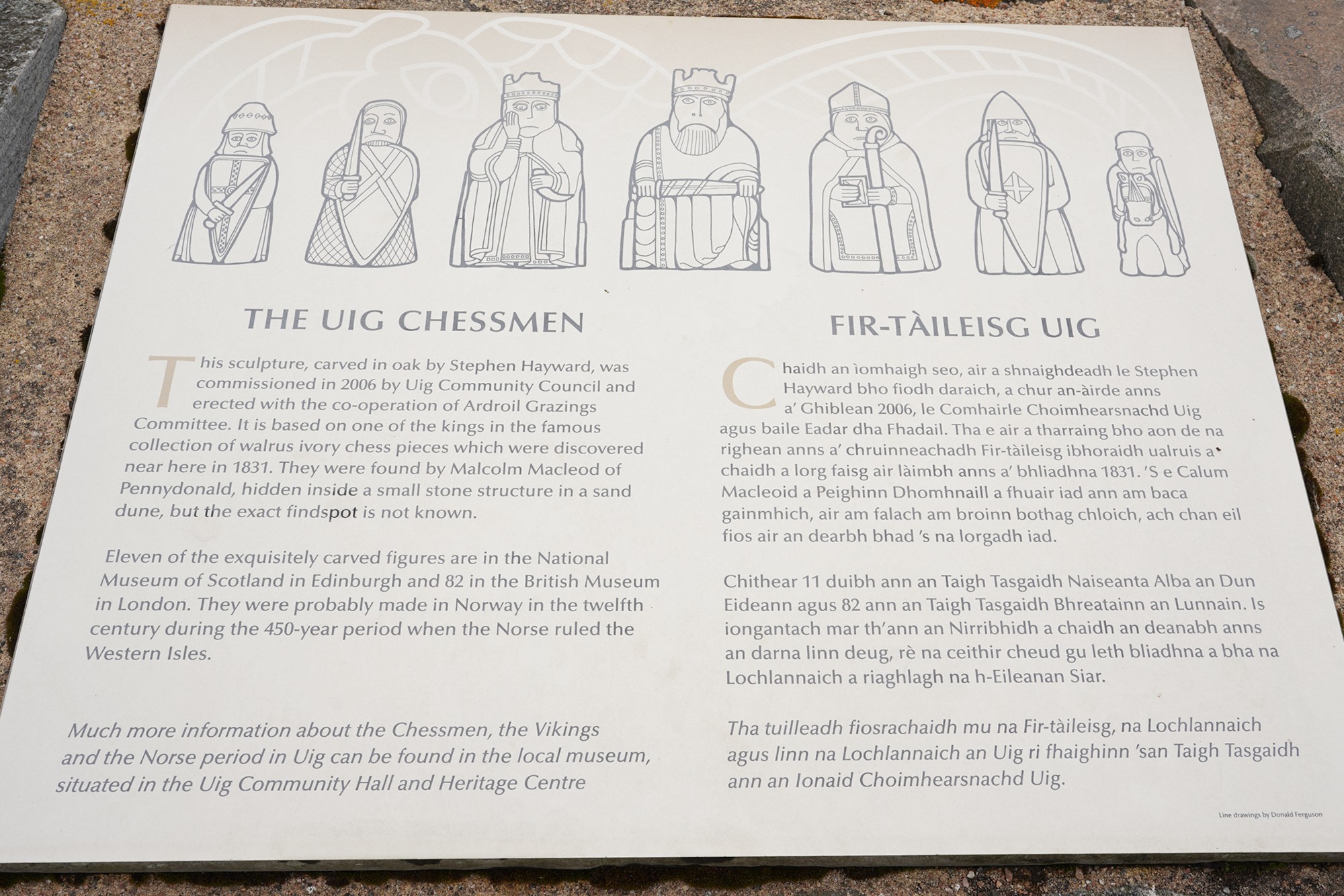
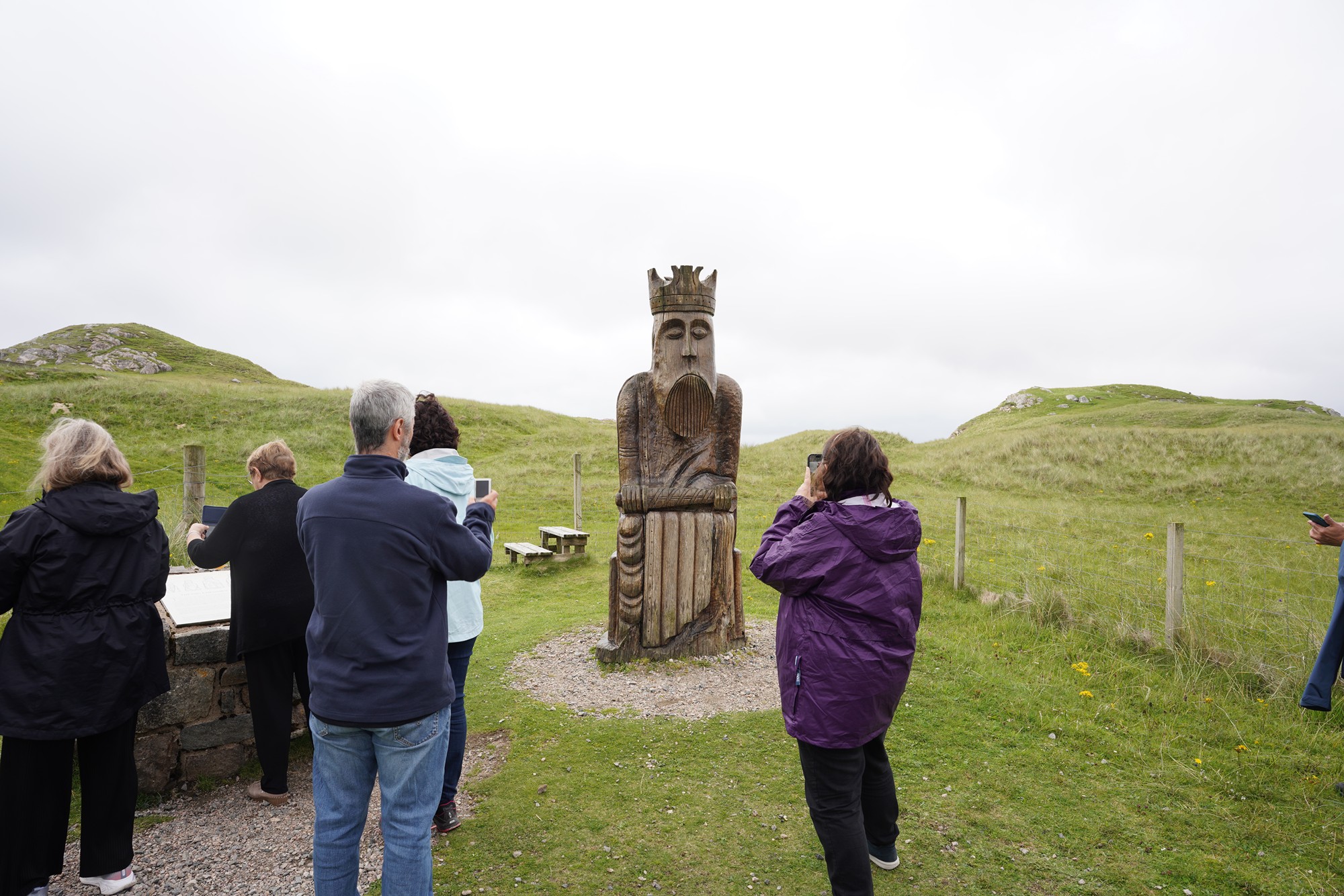
The next stop was Ardroil Beach
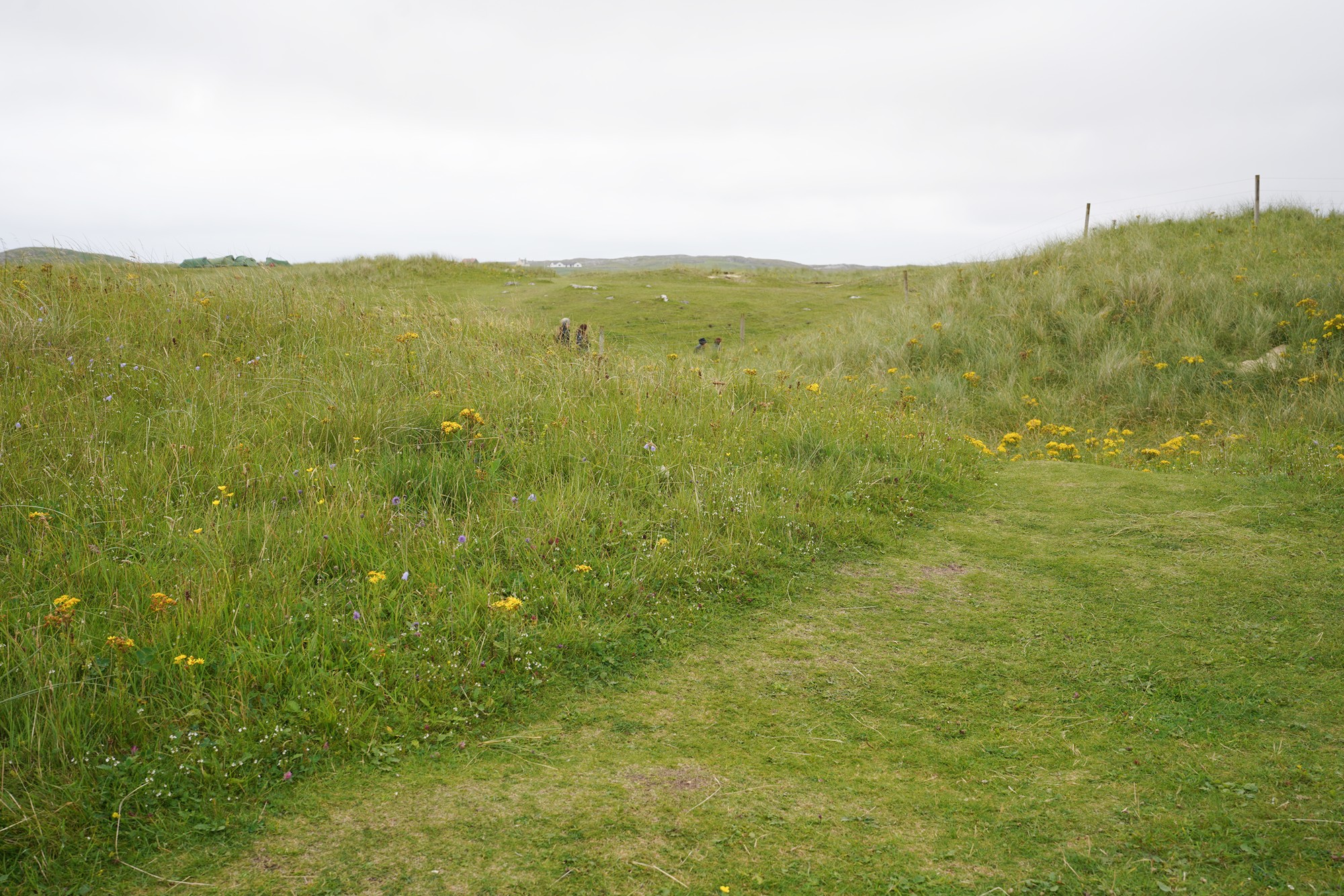
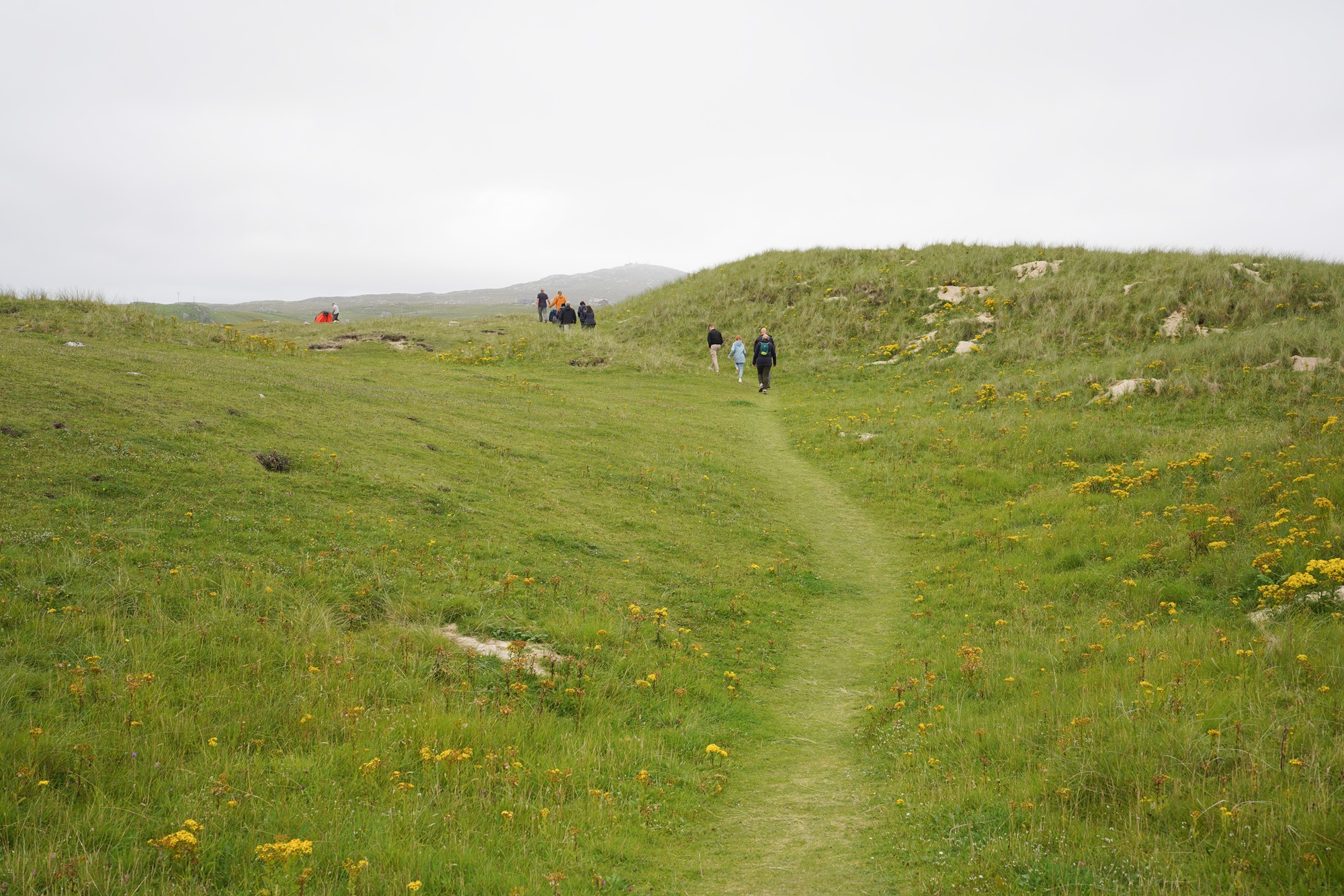
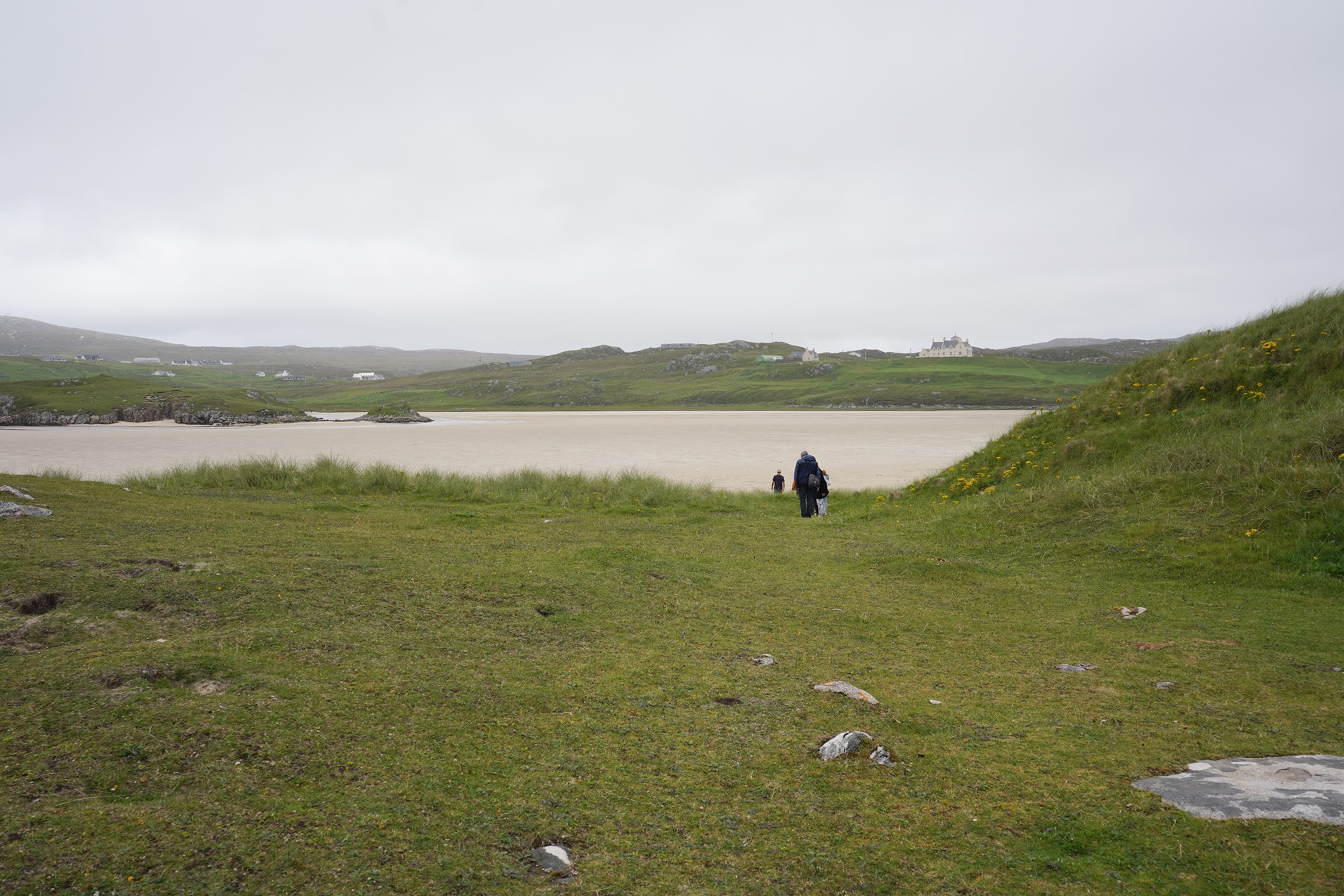
Panoramic view
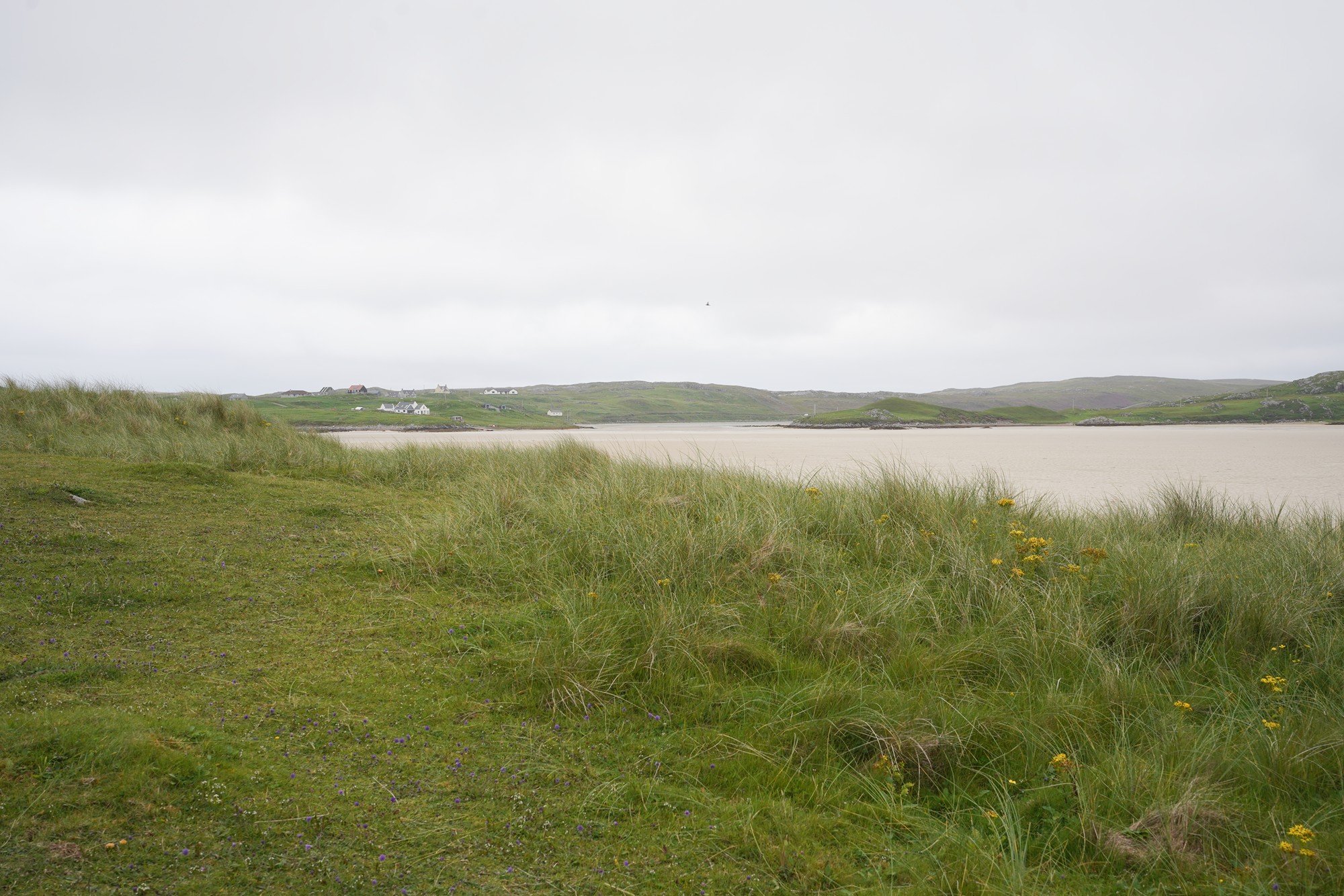
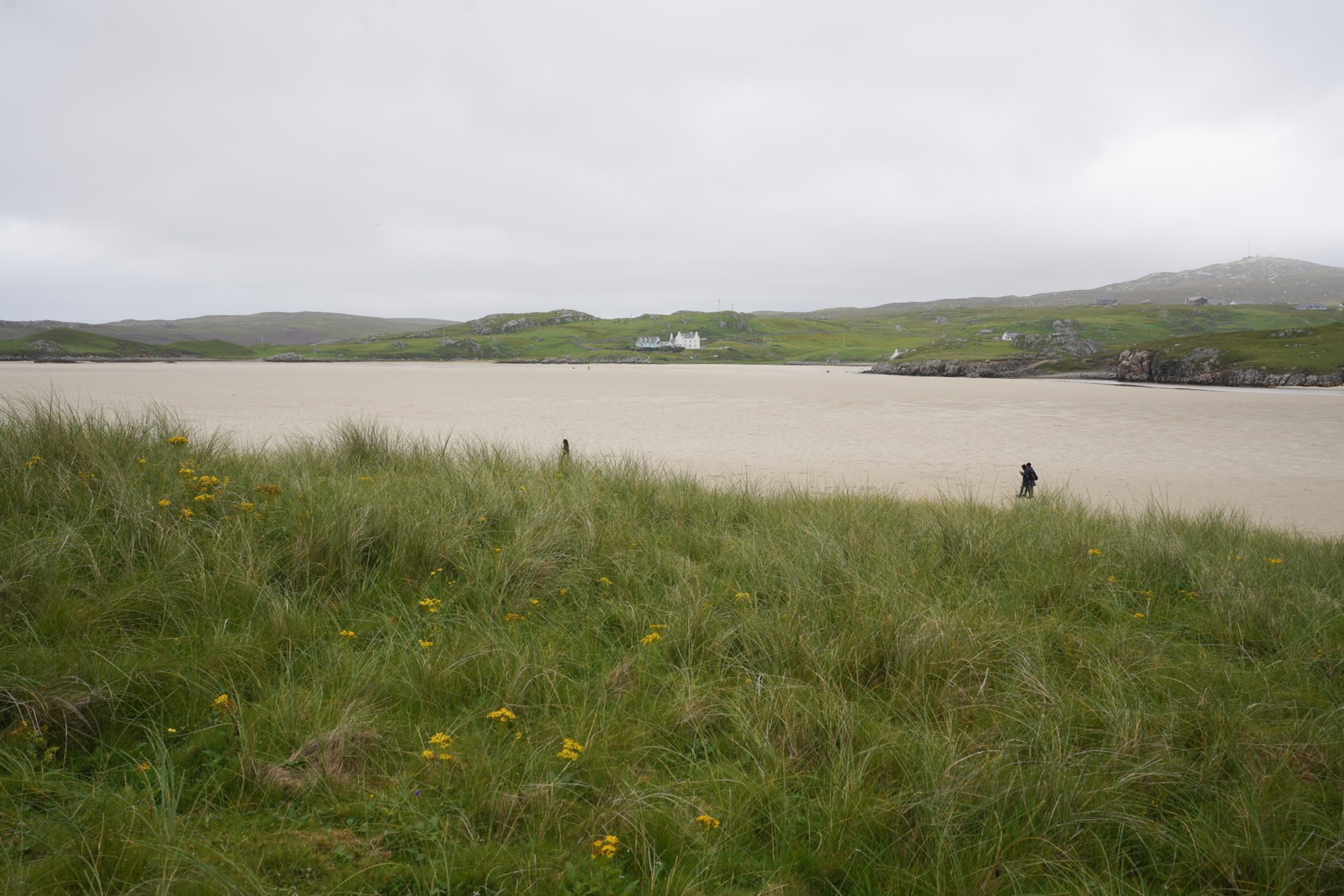

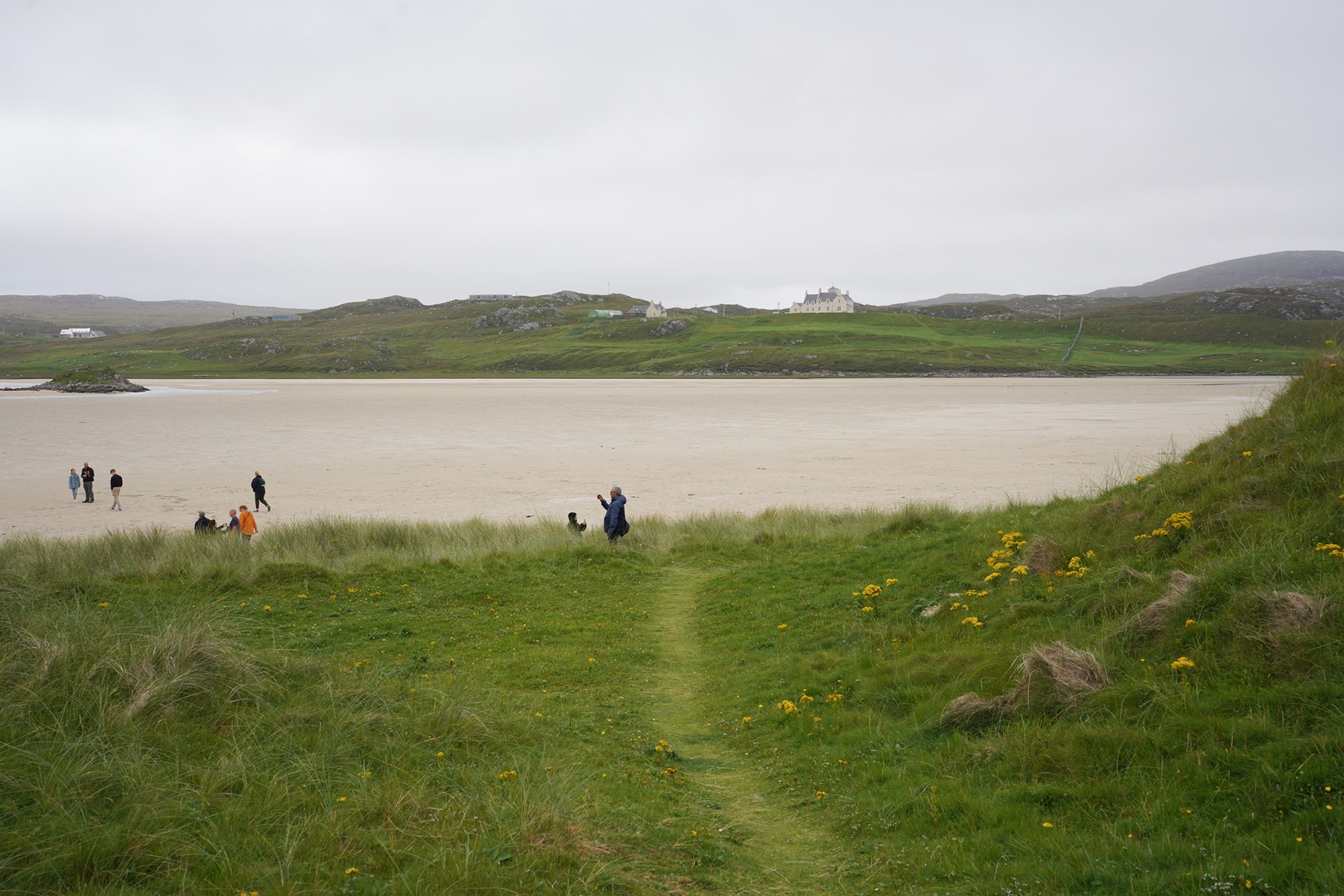
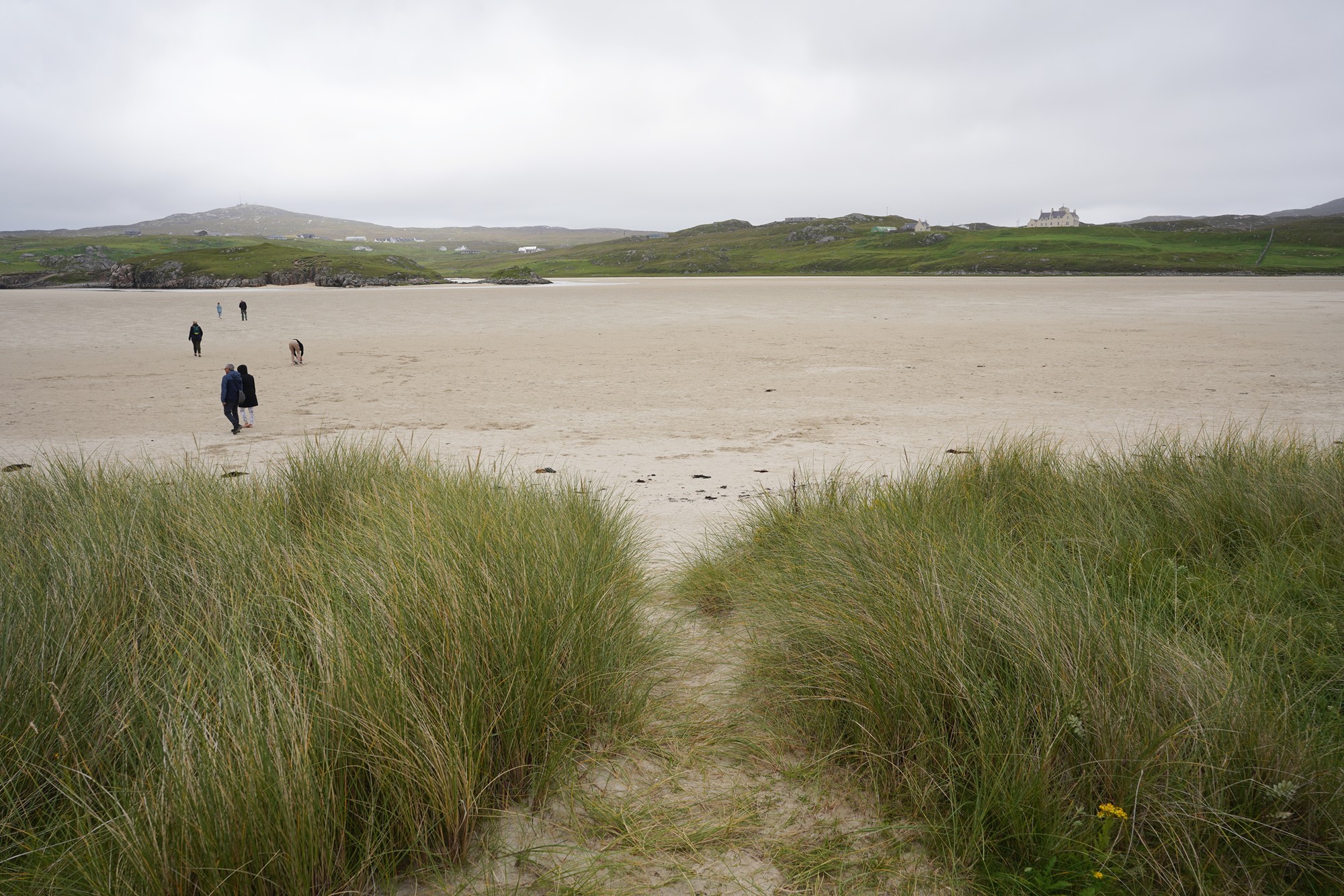
To the water
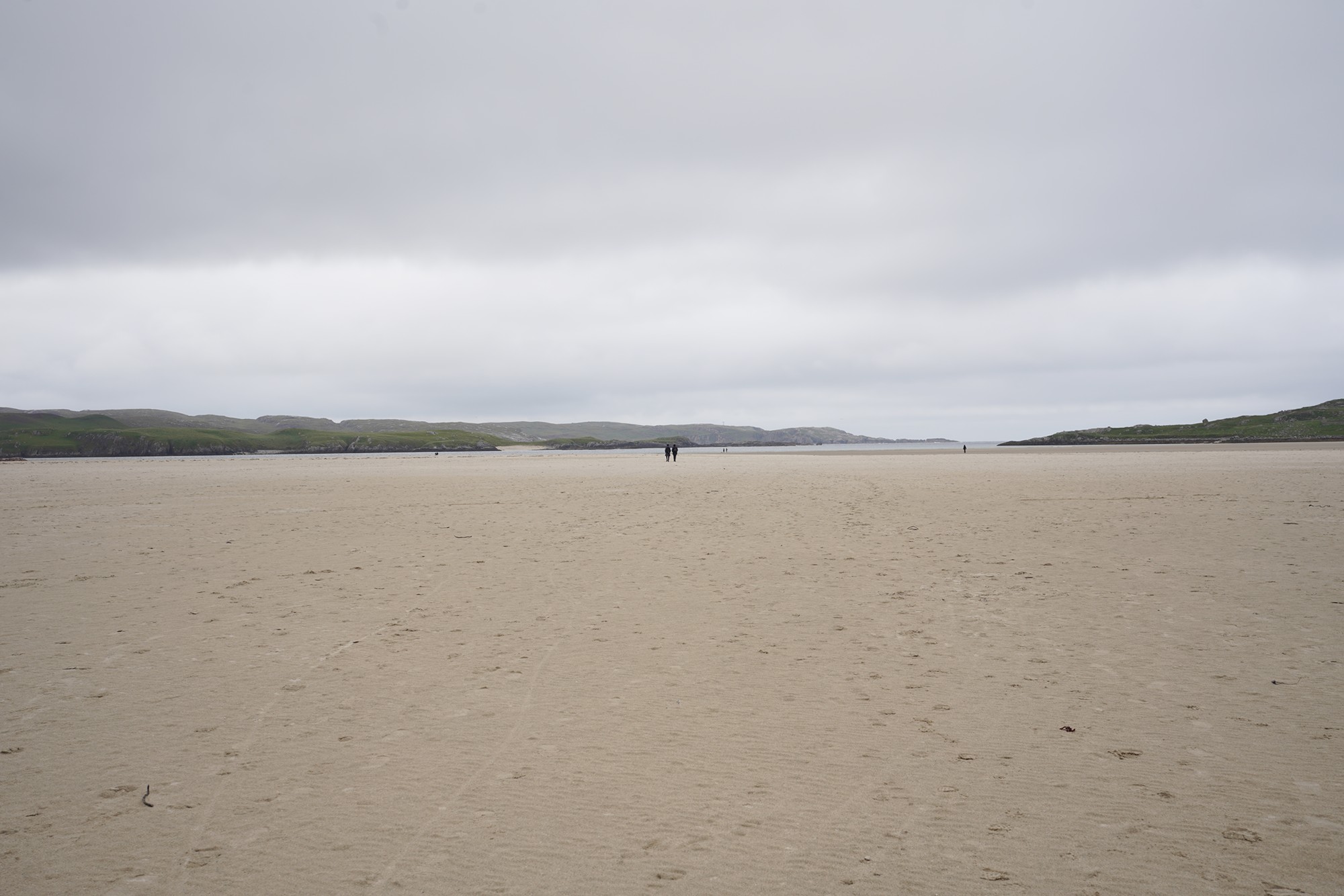
Panoramic view. Unlike other beaches, this one has a very long sand area to the water, making the beach unique and beautiful.
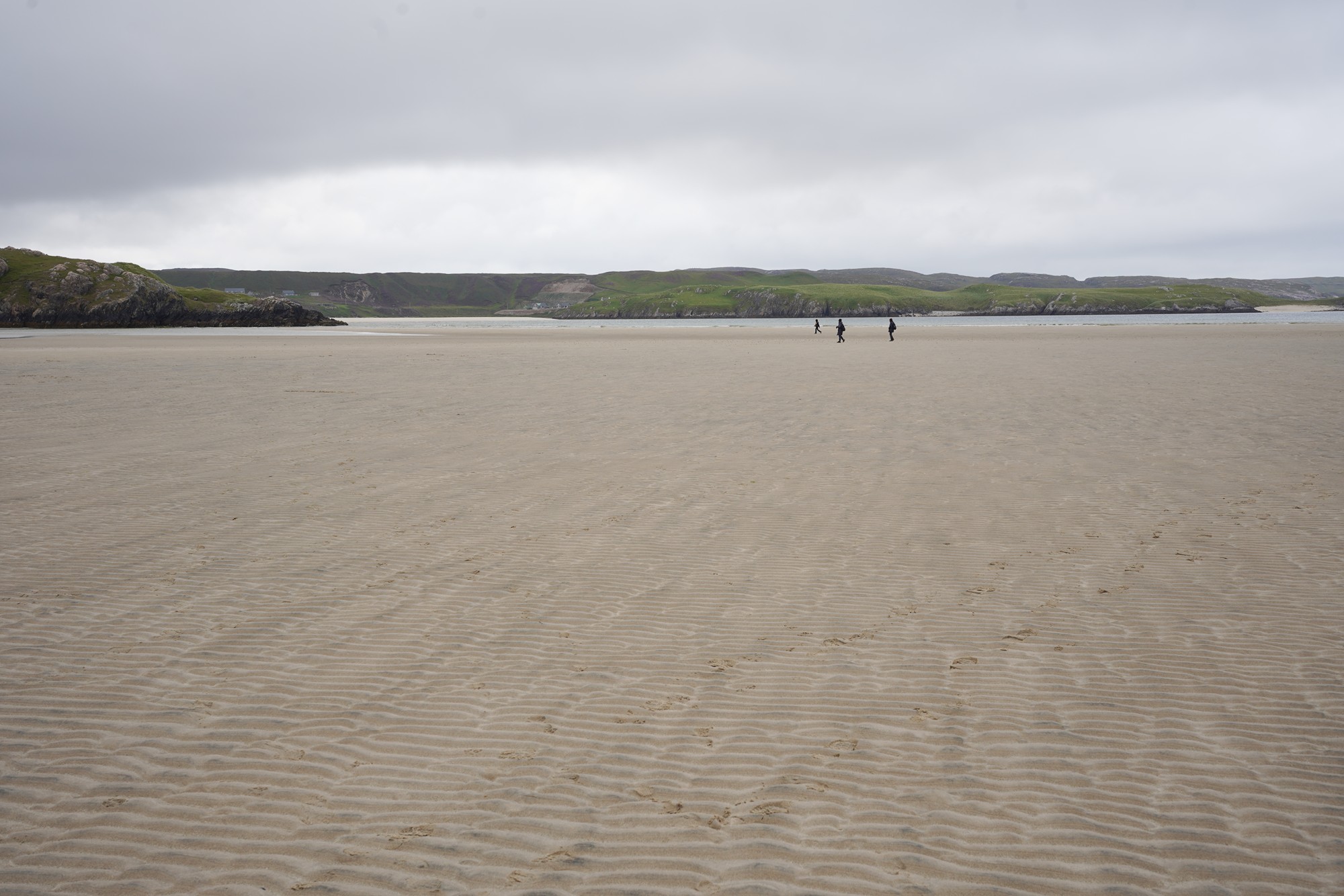


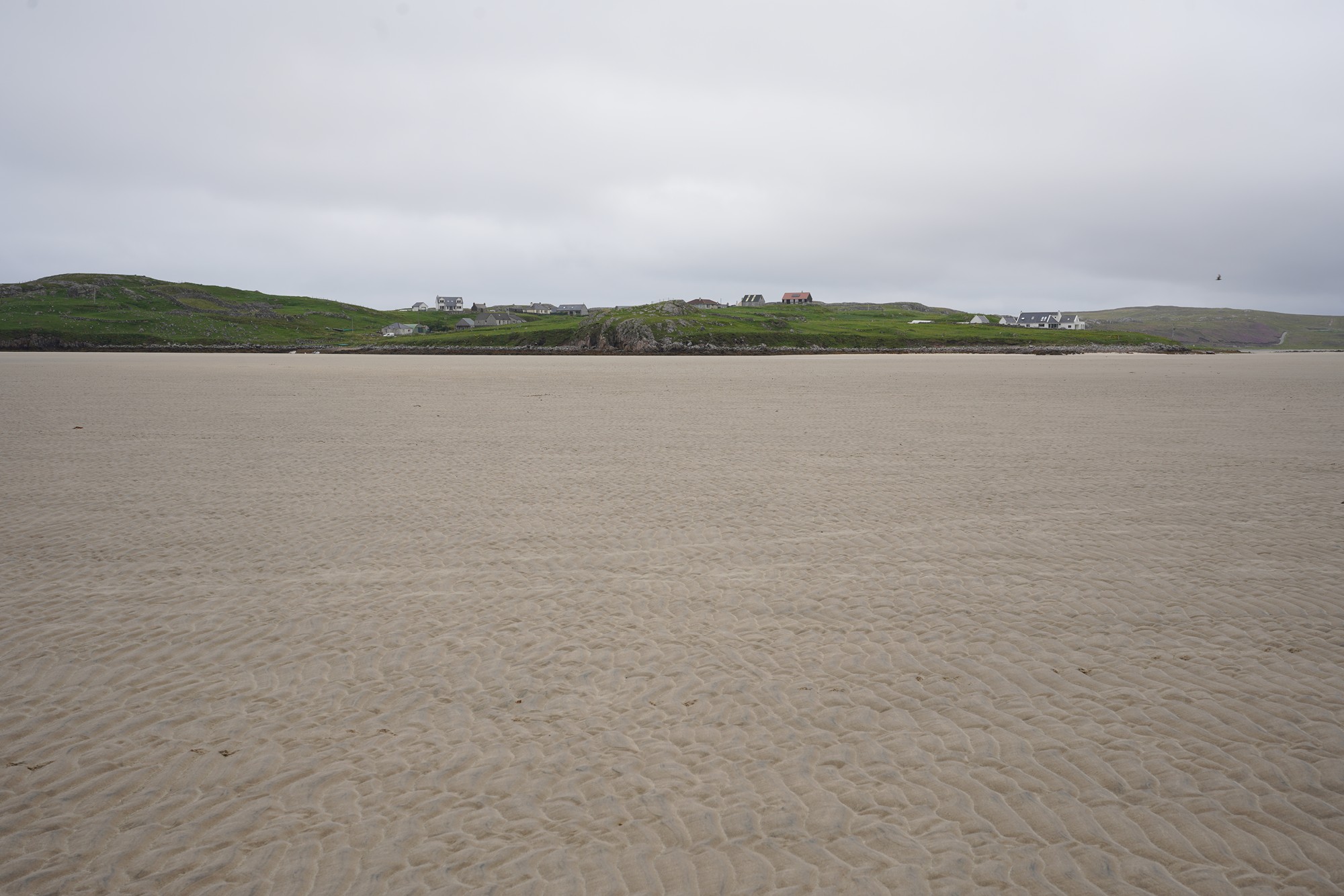
Nearer to the water, but I did not go all the way to the water because it was still away.
